Subsea Well Access and Blowout Preventer System Market Outlook:
Subsea Well Access and Blowout Preventer System Market size was over USD 4.06 billion in 2024 and is projected to reach USD 6.13 billion by 2034, witnessing around 4.2% CAGR during the forecast period i.e., between 2025-2034. In the year 2025, the industry size of subsea well access and blowout preventer system is assessed at USD 4.2 billion.

Increasing number of maturing wells are raising the requirement for subsea well access and blowout preventer systems. The number of wells that matured in 2022 touched 40,879, which increased 11.6% from the extremely low total of 36,630 wells in 2021. As a huge specialized, mechanical collection of valves, fabricated to seal wells against kicks or blowouts during drilling or work-over operations, a conventional blowout preventer comprises a Lower Marine Riser Package (LMRP) and an amalgamation of multiple kinds of preventers, changing in number and potential principally for operational factors.
The market growth is further impeled by increasing exploration of oil and gas across the world. The energy sector, which comprises oil and gas, implemented more than 41 million people worldwide in 2019. This comprises almost 6.3 million in the oil supply segment and 3.9 million in gas supply. That isn't astonishing when you consider how countries utilize these resources, involving heating, fuel, electricity, industrial production, and manufacturing. International oil and gas discoveries are estimated to be 4.7 billion barrels of oil in the 11 months from January to November 2021. This was the lowest estimation recorded in decades, with the figure showing a decrease of approximately 166 percent set side by side to 2020.
Key Subsea Well Access and Blowout Preventer System Market Insights Summary:
The North America subsea well access and blowout preventer system market is projected to hold nearly 39% of the revenue share by the end of 2034.
The Europe subsea well access and blowout preventer system market is expected to experience substantial growth throughout the forecast period.
The vessel-based well access systems segment is anticipated to capture a 58% share in the subsea well access and blowout preventer system market.
The deepwater segment in the subsea well access and blowout preventer system market is forecasted to record the highest revenue share of approximately 46% by 2034.
Key Growth Trends:
- Requirement of Clean Energy
- Emerging Advancements in Technologies and IoTs
Key Players:
- Baker Hughes Co., Dril Quip Inc., Eaton Corp. Plc, Halliburton Co., Helix Energy Solutions Group Inc., KOSO Kent Introl Ltd., NOV Inc., Oceaneering International Inc., RMZ Oilfield Engineering Pte Ltd., Schlumberger Ltd., Japan Petroleum Exploration Co., Ltd., Japan Drilling Co., Ltd., JGC Holdings Corporation, Kawasaki Kisen Kaisha, Ltd.
Global Subsea Well Access and Blowout Preventer System Market Forecast and Regional Outlook:
- 2024 Market Size: USD 4.06 billion
- 2025 Market Size: USD 4.2 billion
- Projected Market Size: USD 6.13 billion by 2034
- Growth Forecasts: 4.2% CAGR (2025-2034)
- Largest Region: North America (39% Share by 2034)
- Fastest Growing Region: Europe
Last updated on : 13 June, 2025
Subsea Well Access and Blowout Preventer System Market Growth Drivers and Challenges:
Growth Drivers
-
Requirement of Clean Energy - Contrary to fossil fuel sources, green energy comes from sustainable resources. This signifies that their supplies are endless and cannot be consumed. This sector is a main driver for the economy and is expected to increase substantially. Electricity networks are another major propelling force. They account for 70% of recent mineral requirements from the energy technologies taken into account in this study, although their share remains to fall as other technologies – most particularly EVs and storage – register quick expansion.
-
Emerging Advancements in Technologies and IoTs -The service sector has been working on modifying the latest technologies and business plans to increase and modify well control and wellbore unification. Much of the importance has been on creating an offshore blowout preventer (BOP) system, and multiple technologies have been invented to match the ever-rising needs and challenges brought about by ultra-deepwater, and high-pressure/high-temperature reservoirs. Moreover, a typical subsea deepwater blowout preventer control system (BOP) comprises agents like electrical and hydraulic lines, control pods, hydraulic authorities, test valves, kill and choke lines and valves, riser joint, hydraulic linkers, and a support frame.
-
Increasing Recovery of Hydrocarbon Liquids- Conventional and unconventional hydrocarbons are liable to stay the primary agent of the energy mix required to match the increasing global energy demand in the next 50 years. The lifecycle of an oilfield is primarily attributed to three basic stages: production buildup, plateau production, and reducing production. Maintaining the needed production levels throughout the lifecycle needs a good comprehension of and the potential to control the recovery mechanisms included. For primary recovery (i.e., natural depletion of reservoir pressure), the lifecycle is generally short and the recovery factor does not surpass 20% in most scenarios. For secondary recovery, depending on either natural or artificial water or gas injection, the gradual recovery ranges from 15 to 25%. Internationally, the total recovery factors for mixed primary and secondary recovery range between 35 and 45%.
Challenges
-
The Drop in Crude Oil Production - The global production of crude oil could decrease by approximately 40 million B/D by 2020 from existing projects, and an extra 25 million B/D of oil will be required to be generated for the supply to keep pace with intake. Scientific discoveries and technological creations are required, not only to protect the supply of reasonable hydrocarbons but also to limit the environmental influence of hydrocarbon recovery and use. While the members of the OPEC usually determine the supply, the U.S. has been the latest contributor to deciding oil prices with its exports from oil shales. To illustrate, the oil prices in 2014 took a huge drop after both OPEC and the US wore out so much oil, which surpassed the international consumption threshold. In crises like wars and geopolitical fluctuation, the balance between demand and supply tolerates and destabilizes international oil prices. Because of a range of political reasons, oil supplies could be stayed or diminished by some oil-generating countries.
-
Strict Environmental Rules
-
Shortage of Skilled Technicians
Subsea Well Access and Blowout Preventer System Market Size and Forecast:
| Report Attribute | Details |
|---|---|
|
Base Year |
2024 |
|
Forecast Year |
2025-2034 |
|
CAGR |
4.2% |
|
Base Year Market Size (2024) |
USD 4.06 billion |
|
Forecast Year Market Size (2034) |
USD 6.13 billion |
|
Regional Scope |
|
Subsea Well Access and Blowout Preventer System Market Segmentation:
Subsea Well Access System Type Segment Analysis
The vessel-based well access systems segment is estimated to hold 58% share of the global subsea well access and blowout preventer system market by 2034, due to cost-effectiveness of vessel-based well access systems. Moreover, a vessel-based technique could curb costs by as much as 50%, in part because of lower distribution rates and the capability of vessels to promptly shift. Extra cost cutbacks are accomplished through the power to live stream operations, which offers quicker decision-making and enables some operations to be tackled vaguely. Further cost decreases also can be understood with multi-customer campaigns where materialization and movement costs are shared.
Location Segment Analysis
Subsea well access and blowout preventer system market from the deepwater segment will have the highest revenue share of almost 46% by 2034. This growth can be witnessed primarily because of huge discoveries of oil and gas wells in the deep-water part of the sea. Only about 20% of the explored deepwater resources are cultivated and less than 5% have been generated. By the end of November 2022, an entire number of 178 discoveries had been made internationally from new-area wildcat (NFW) drilling equalize to just over 18.7 billion barrels of oil similar (Bboe) curable (traditional). To put this in standpoint once a complete year of results is understood, it could exceed 2019 and be the most cultivated recoverable resource from discoveries of drilling over the last five years outside of North America.
Our in-depth analysis of the global subsea well access and blowout preventer system market includes the following segments:
|
Subsea Well Access System Type |
|
|
Subsea BOP System Type |
|
|
Location |
|

Vishnu Nair
Head - Global Business DevelopmentCustomize this report to your requirements — connect with our consultant for personalized insights and options.
Subsea Well Access and Blowout Preventer System Market Regional Analysis:
North American Market Insights
North America subsea well access and blowout preventer system market is set to hold almost 39% revenue share by the end of 2034. This market growth is due to increasing offshore activities in the Gulf of Mexico. The Straits of Florida is a series of waterways that link the Gulf of Mexico to the Atlantic Ocean, and the Yucatan Channel links the Gulf to the Caribbean Sea. The Gulf has a complete area of roughly 1,680,000 square kilometers (650,000 square miles) and an utmost capacity of roughly 7,020 meters (23,000 ft). The platforms are massive, and they are a chance for boats and ships. To hinder collisions, the United States Coast Guard manages a system of traffic lanes all over the platforms. These lanes are represented by buoys, and boats and ships must listen to them.
European Market Insights
The Europe subsea well access and blowout preventer system market will encounter huge growth during the forecast period, driven by huge discoveries of oil and gas in this region. Most importantly, more than 14 trillion cubic feet of gas explored in the East Mediterranean in Cyprus has yet to be cultivated. Other key projects other than the core North Sea countries (Norway, the UK, and Denmark) are situated in the Black Sea in Romania and Turkey, and the Dutch and German segments of the North Sea. Turkey's massive state-belonged Sakarya area is specifically remarkable, having gone from exploration to assigning in less than three years. Generally, Turkey's state oil organization TPAO suggests a massive 25 trillion cubic feet (710 billion boe) of gas in its Deepwater Black Sea areas.

Key Subsea Well Access and Blowout Preventer System Market Players:
- Aker Solutions ASA
- Company Overview
- Business Planning
- Main Product Offerings
- Financial Execution
- Main Performance Indicators
- Risk Analysis
- Recent Development
- Regional Presence
- SWOT Analysis
- Baker Hughes Co.
- Dril Quip Inc.
- Eaton Corp. Plc
- Halliburton Co.
- Helix Energy Solutions Group Inc.
- KOSO Kent Introl Ltd.
- NOV Inc.
- Oceaneering International Inc.
- RMZ Oilfield Engineering Pte Ltd.
- Schlumberger Ltd.
- Japan Petroleum Exploration Co., Ltd.
- Japan Drilling Co., Ltd.
- JGC Holdings Corporation
- Kawasaki Kisen Kaisha, Ltd.
Recent Developments
- Aker Solutions ASA has contracted a front-end engineering and design (FEED) deal with the Marine Energy Test Centre (METCentre) in Norway to navigate new subsea power system technology which can substantially limit the costs and intricacy of offshore wind farms.
- Aker Solutions ASA has established a first cut of steel and an offshore module in coastal Norway for their projected increase in jobs, industrial expansion, and the energy transition. The service module will become a bit of the PWP-Fenris platform at the offshore Valhall Field Center, so Aker Solutions ASA, Worley Rosenberg, and Aker BP have created the module’s implication with a steel-cutting ceremony. Valhall PWP — the Valhall manufacturing wellhead platform — includes three large modules that will jointly weigh over 15,000 tonnes.
- Report ID: 1363
- Published Date: Jun 13, 2025
- Report Format: PDF, PPT
- Get detailed insights on specific segments/region
- Inquire about report customization for your industry
- Learn about our special pricing for startups
- Request a demo of the report’s key findings
- Understand the report’s forecasting methodology
- Inquire about post-purchase support and updates
- Ask About Company-Level Intelligence Additions
Have specific data needs or budget constraints?
Frequently Asked Questions (FAQ)
Subsea Well Access and Blowout Preventer System Market Report Scope
FREE Sample Copy includes market overview, growth trends, statistical charts & tables, forecast estimates, and much more.
Connect with our Expert
See how top U.S. companies are managing market uncertainty — get your free sample with trends, challenges, macroeconomic factors, charts, forecasts, and more.
Copyright @ 2025 Research Nester. All Rights Reserved.

 Inquiry Before Buying
Inquiry Before Buying
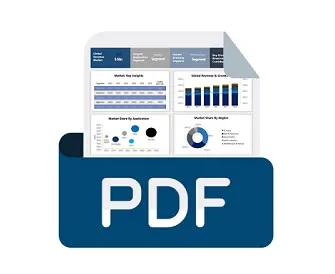

 Afghanistan (+93)
Afghanistan (+93)
 Åland Islands (+358)
Åland Islands (+358)
 Albania (+355)
Albania (+355)
 Algeria (+213)
Algeria (+213)
 American Samoa (+1684)
American Samoa (+1684)
 Andorra (+376)
Andorra (+376)
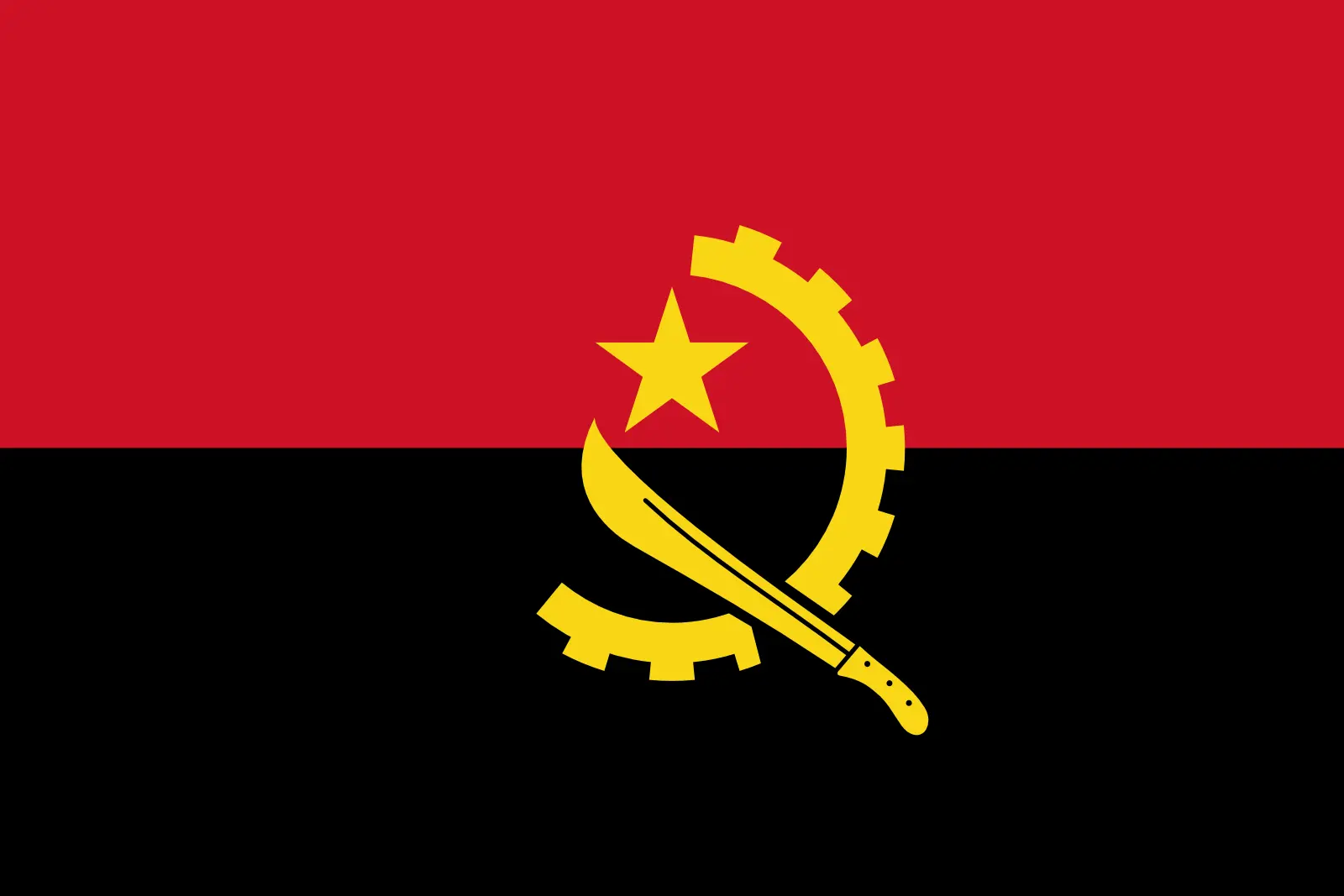 Angola (+244)
Angola (+244)
 Anguilla (+1264)
Anguilla (+1264)
 Antarctica (+672)
Antarctica (+672)
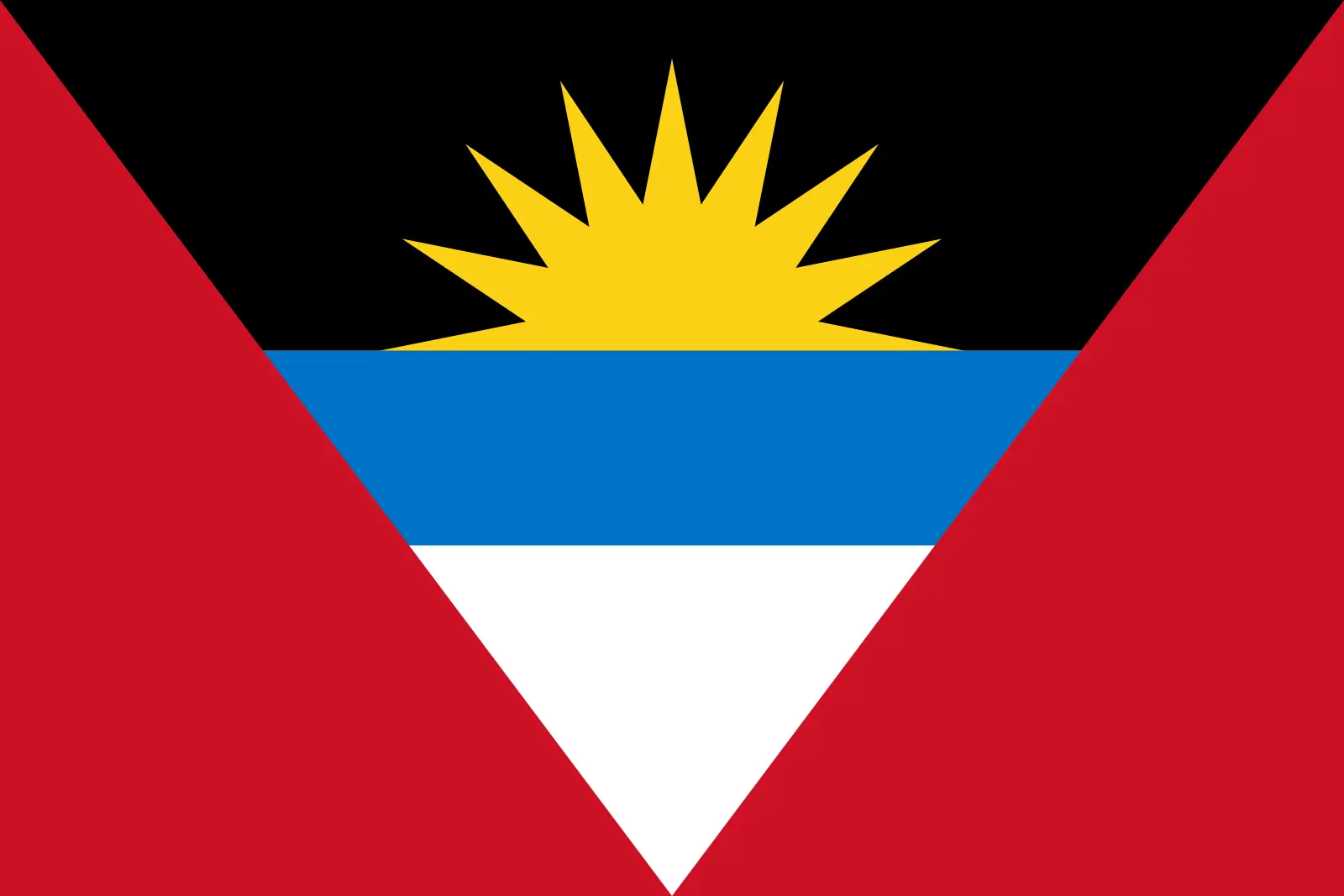 Antigua and Barbuda (+1268)
Antigua and Barbuda (+1268)
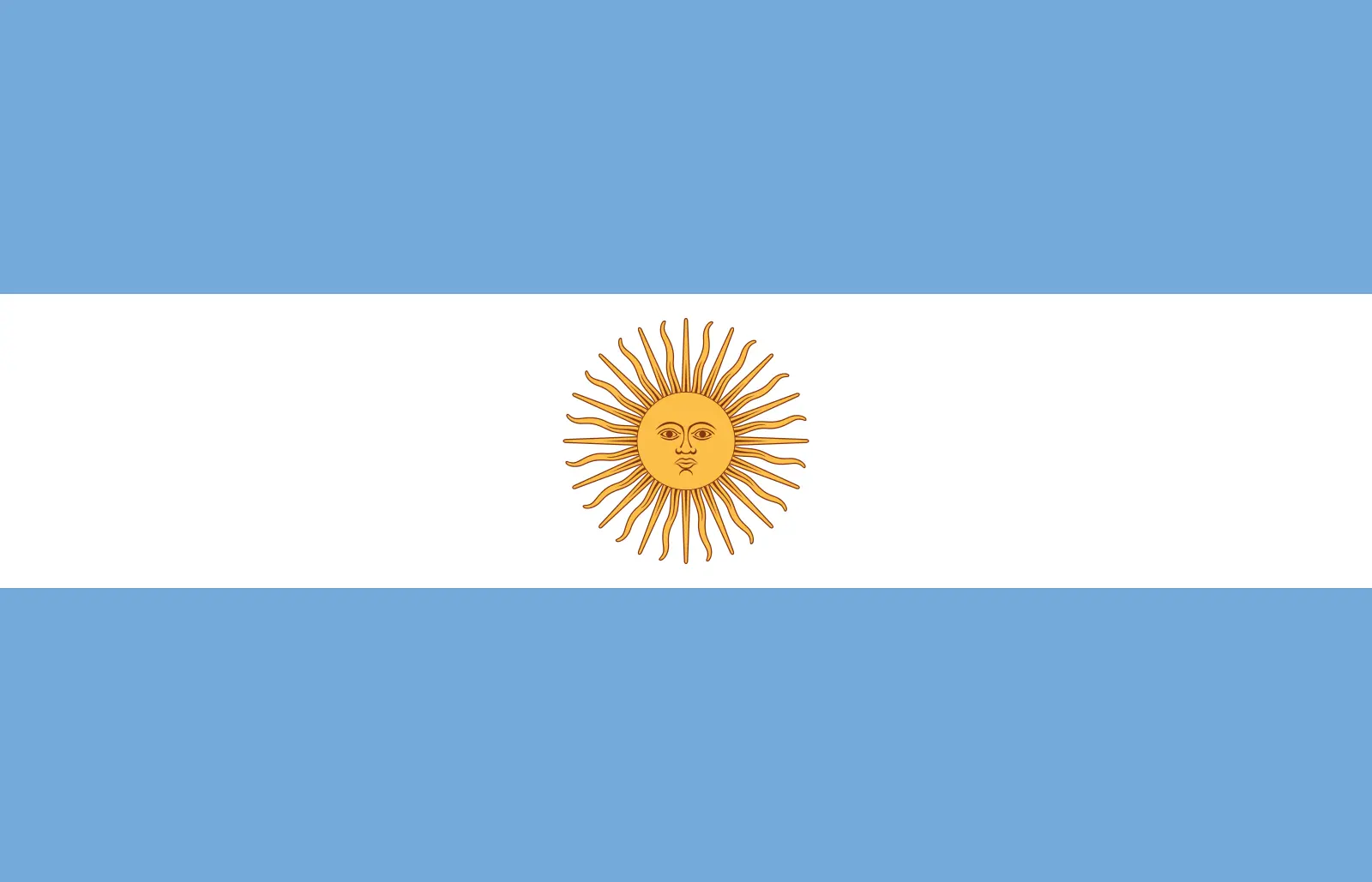 Argentina (+54)
Argentina (+54)
 Armenia (+374)
Armenia (+374)
 Aruba (+297)
Aruba (+297)
 Australia (+61)
Australia (+61)
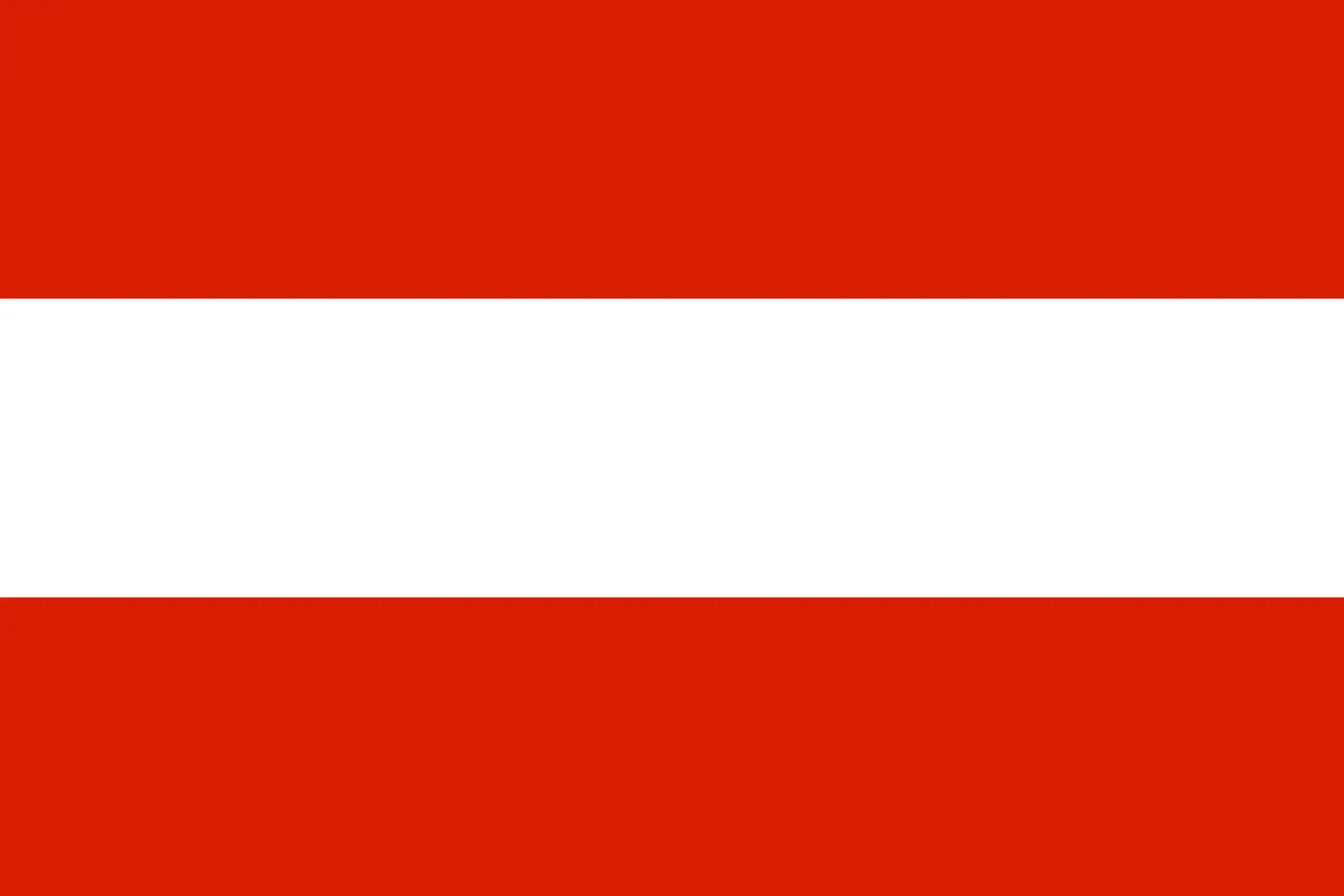 Austria (+43)
Austria (+43)
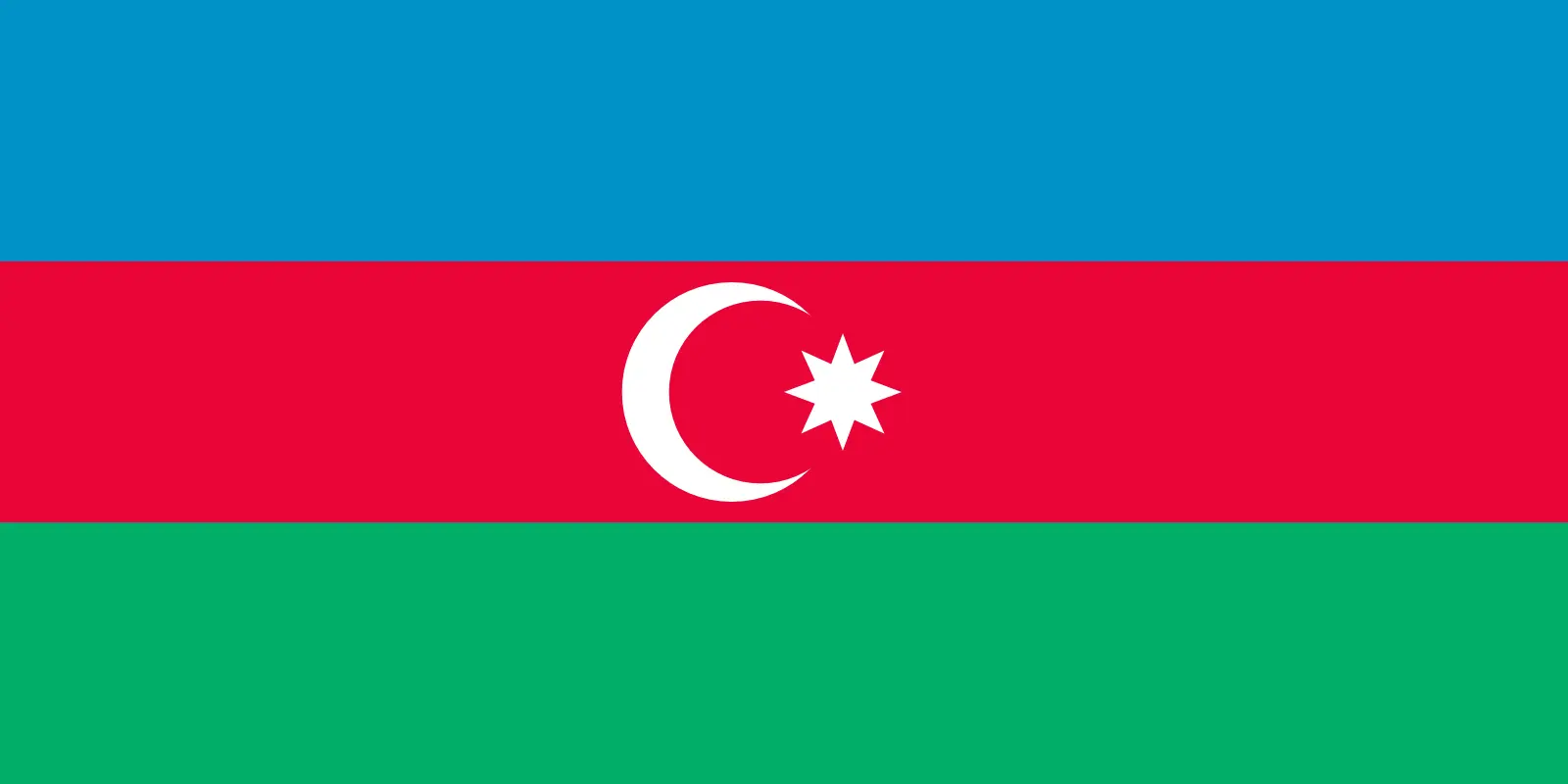 Azerbaijan (+994)
Azerbaijan (+994)
 Bahamas (+1242)
Bahamas (+1242)
 Bahrain (+973)
Bahrain (+973)
 Bangladesh (+880)
Bangladesh (+880)
 Barbados (+1246)
Barbados (+1246)
 Belarus (+375)
Belarus (+375)
 Belgium (+32)
Belgium (+32)
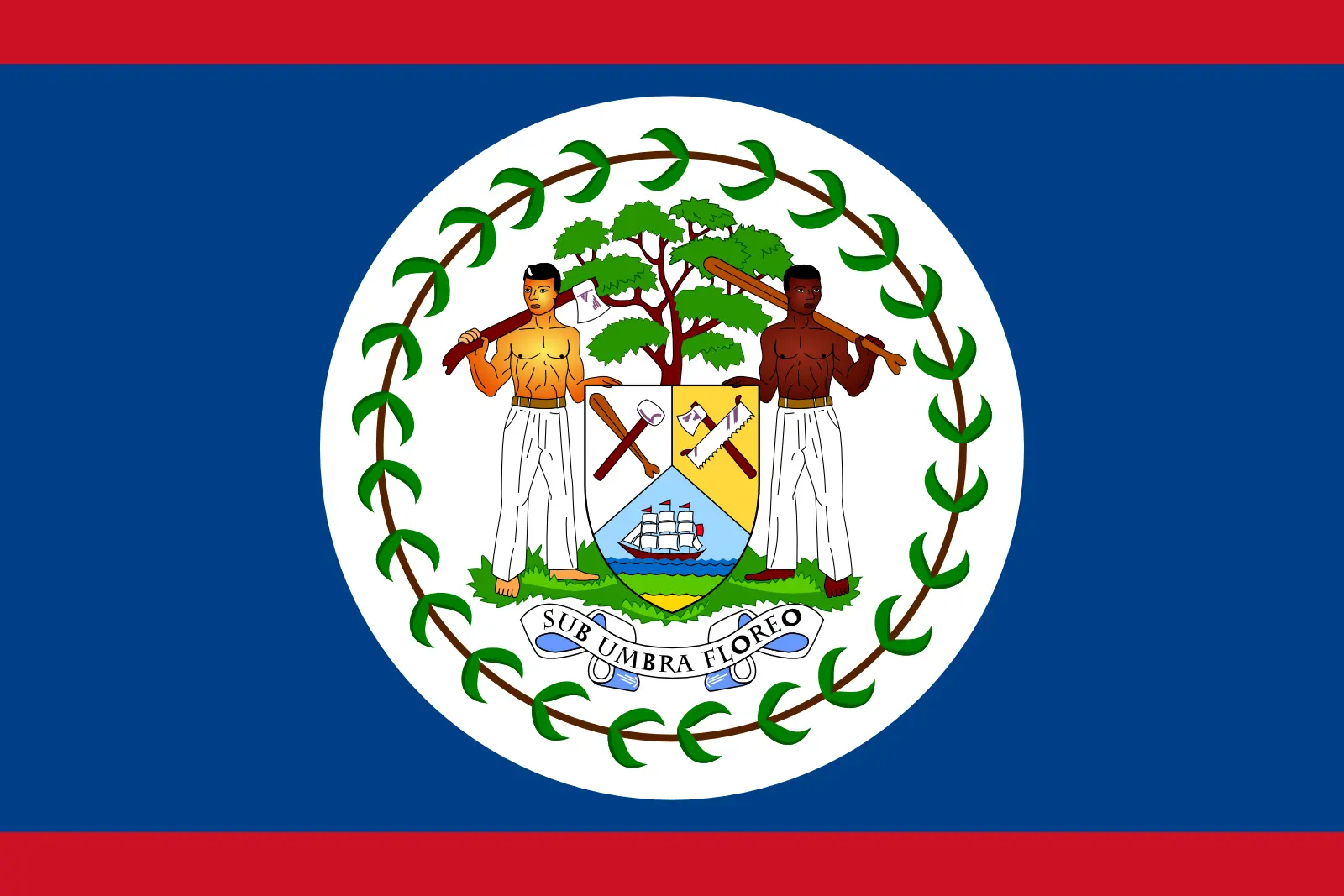 Belize (+501)
Belize (+501)
 Benin (+229)
Benin (+229)
 Bermuda (+1441)
Bermuda (+1441)
 Bhutan (+975)
Bhutan (+975)
 Bolivia (+591)
Bolivia (+591)
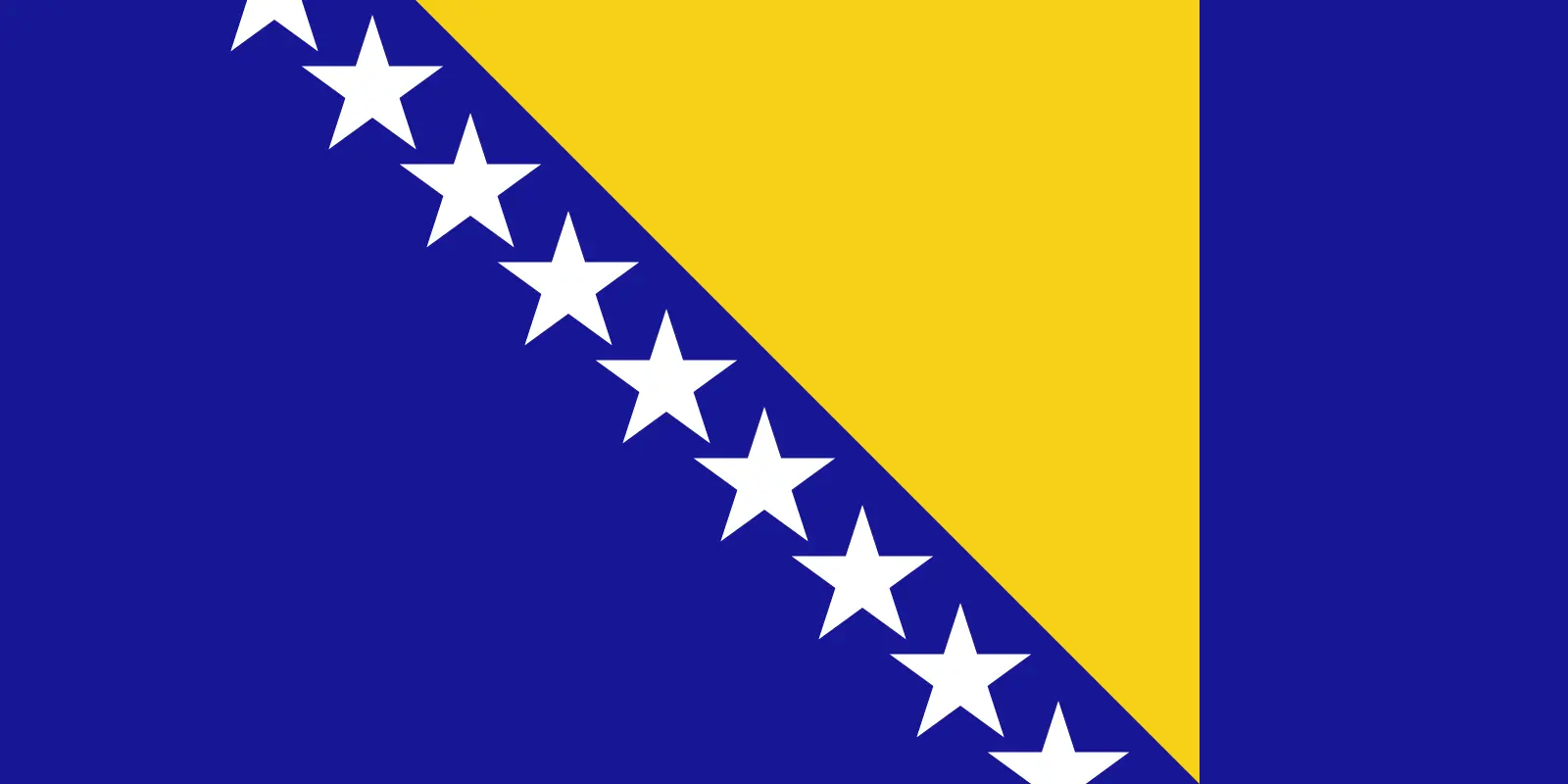 Bosnia and Herzegovina (+387)
Bosnia and Herzegovina (+387)
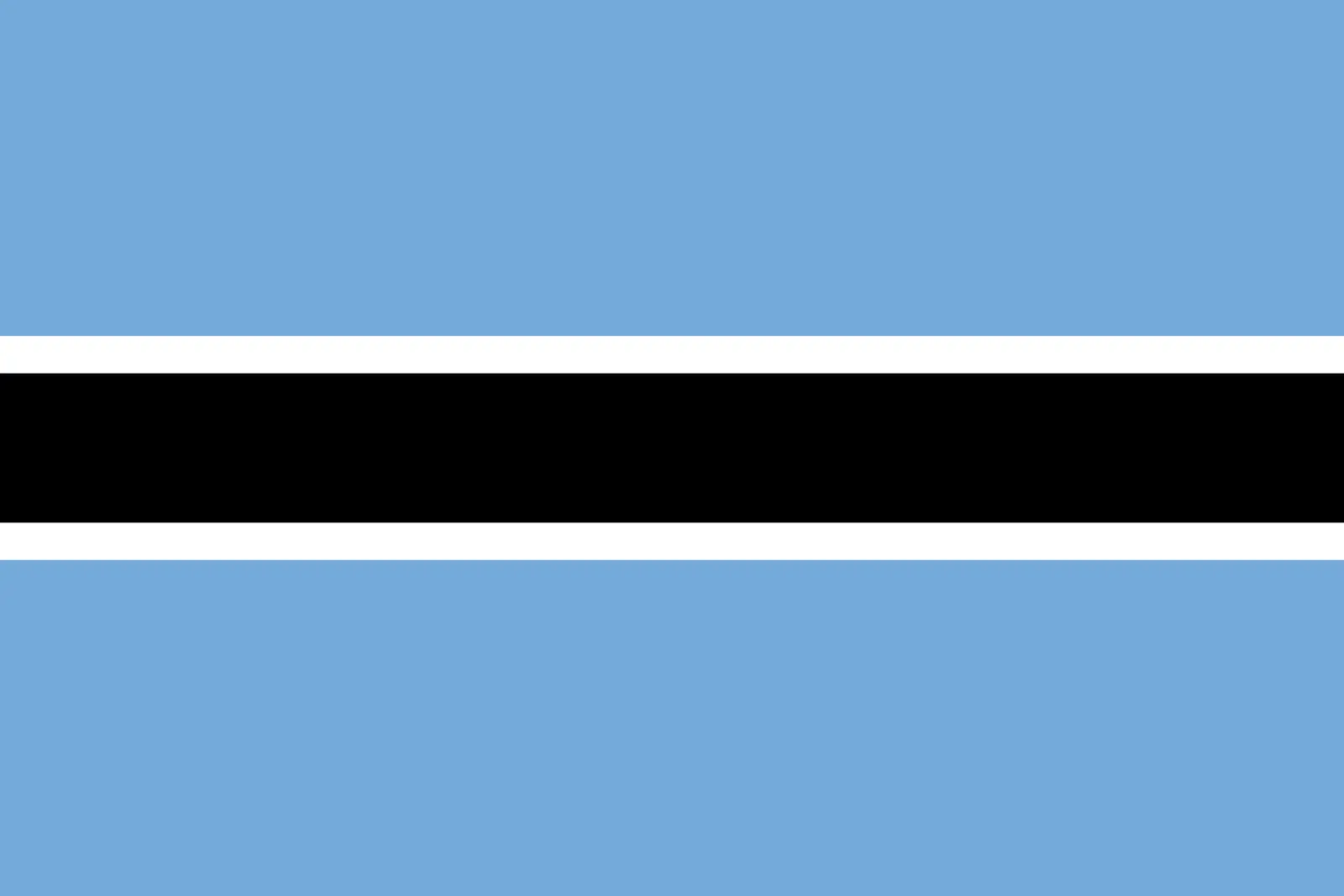 Botswana (+267)
Botswana (+267)
 Bouvet Island (+)
Bouvet Island (+)
 Brazil (+55)
Brazil (+55)
 British Indian Ocean Territory (+246)
British Indian Ocean Territory (+246)
 British Virgin Islands (+1284)
British Virgin Islands (+1284)
 Brunei (+673)
Brunei (+673)
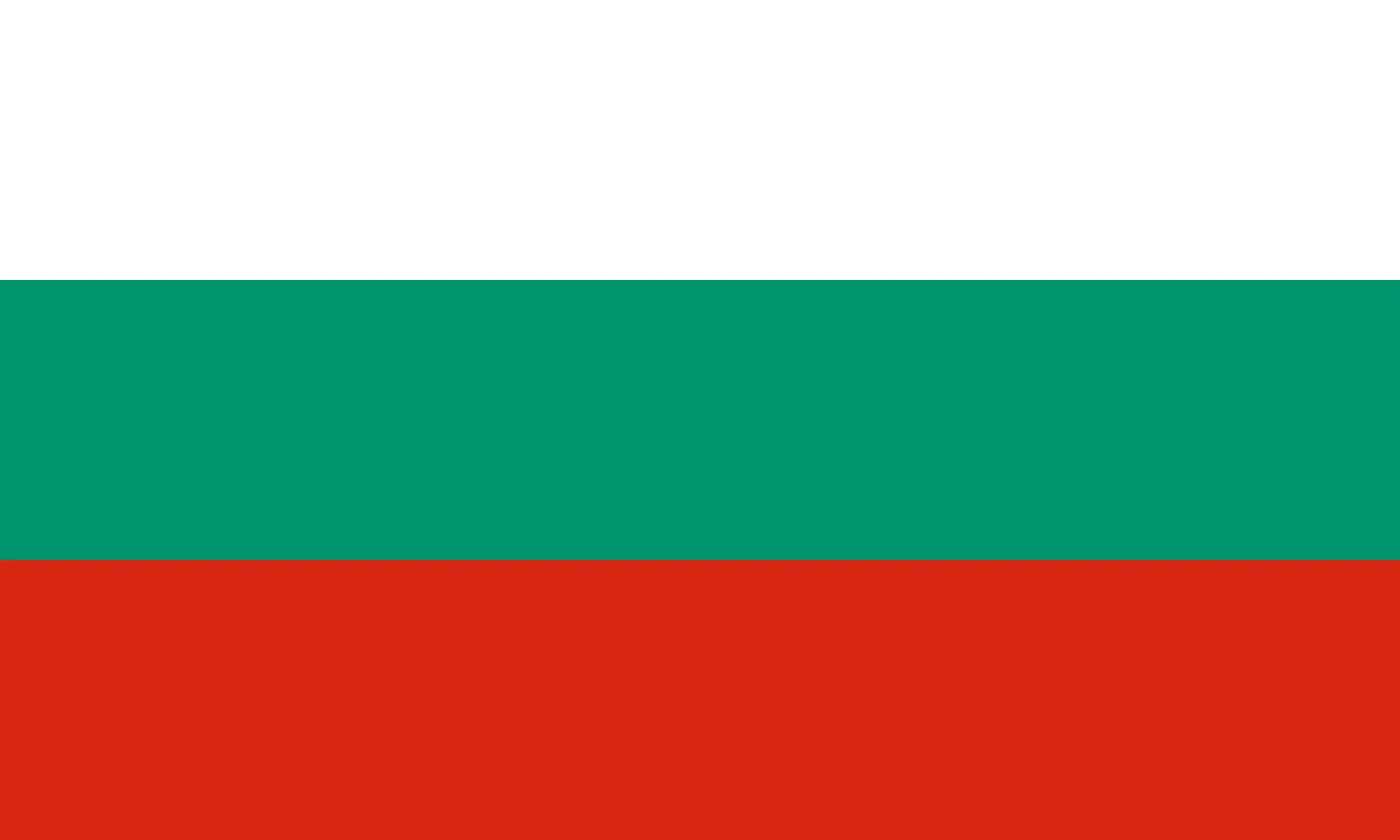 Bulgaria (+359)
Bulgaria (+359)
 Burkina Faso (+226)
Burkina Faso (+226)
 Burundi (+257)
Burundi (+257)
 Cambodia (+855)
Cambodia (+855)
 Cameroon (+237)
Cameroon (+237)
 Canada (+1)
Canada (+1)
 Cape Verde (+238)
Cape Verde (+238)
 Cayman Islands (+1345)
Cayman Islands (+1345)
 Central African Republic (+236)
Central African Republic (+236)
 Chad (+235)
Chad (+235)
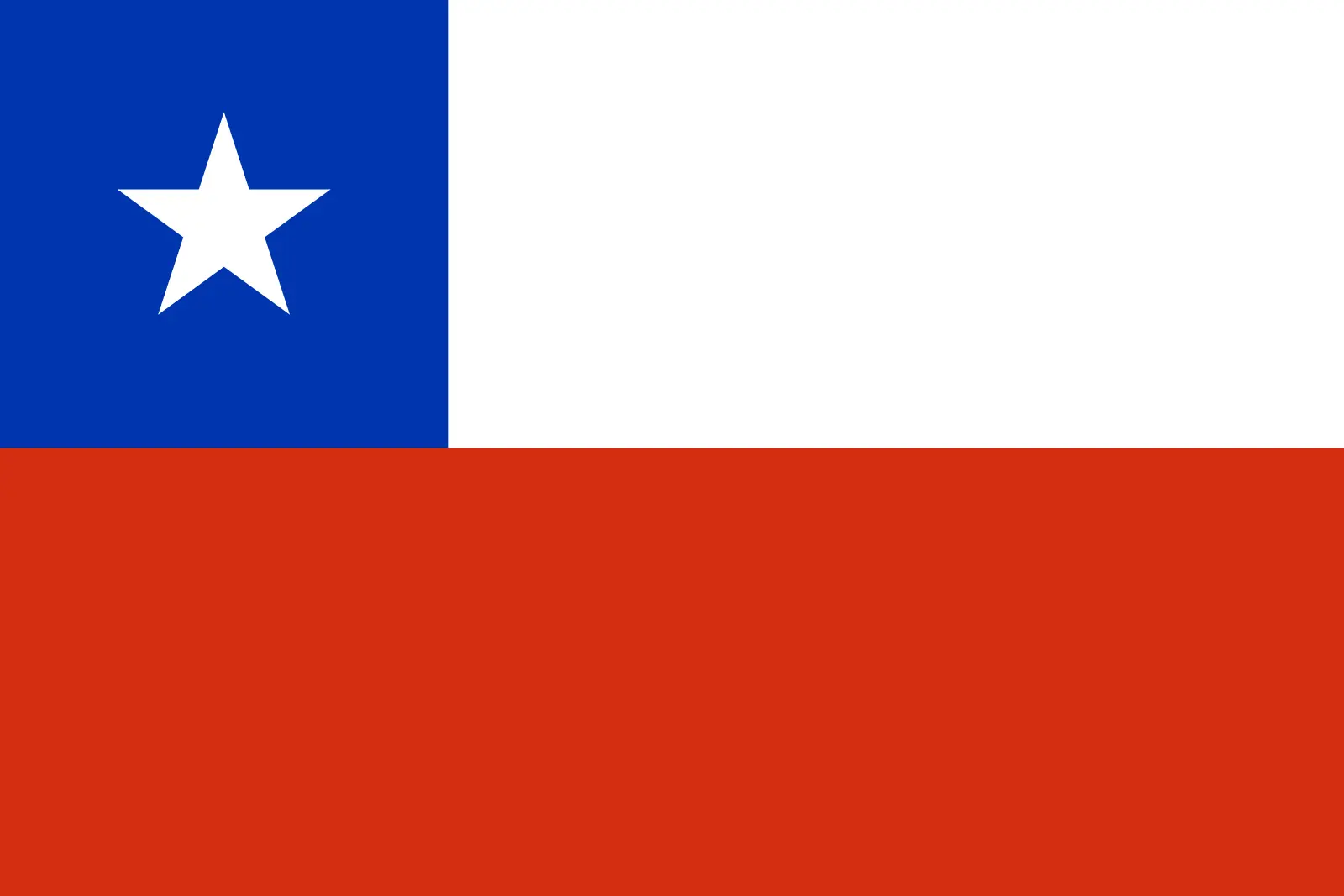 Chile (+56)
Chile (+56)
 China (+86)
China (+86)
 Christmas Island (+61)
Christmas Island (+61)
 Cocos (Keeling) Islands (+61)
Cocos (Keeling) Islands (+61)
 Colombia (+57)
Colombia (+57)
 Comoros (+269)
Comoros (+269)
 Cook Islands (+682)
Cook Islands (+682)
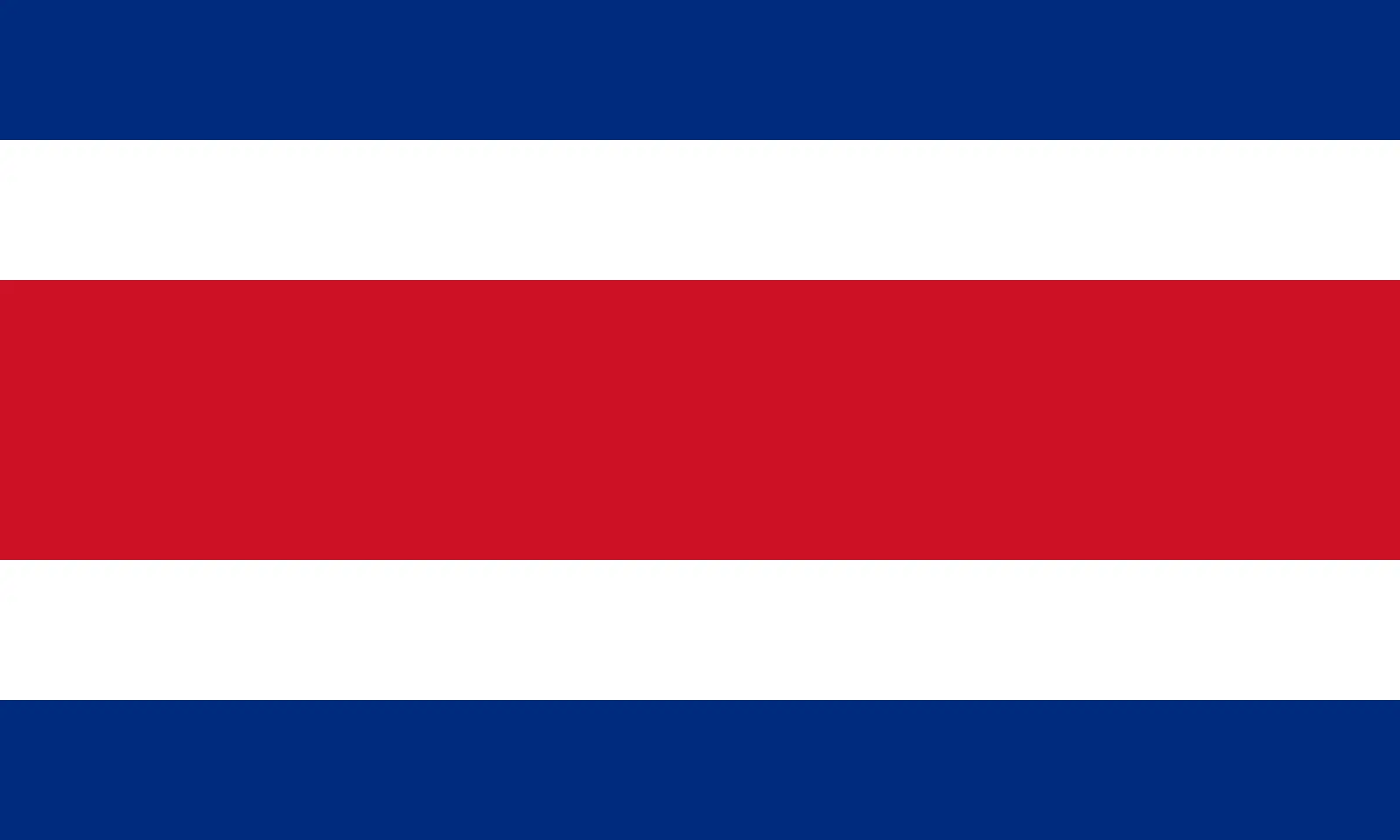 Costa Rica (+506)
Costa Rica (+506)
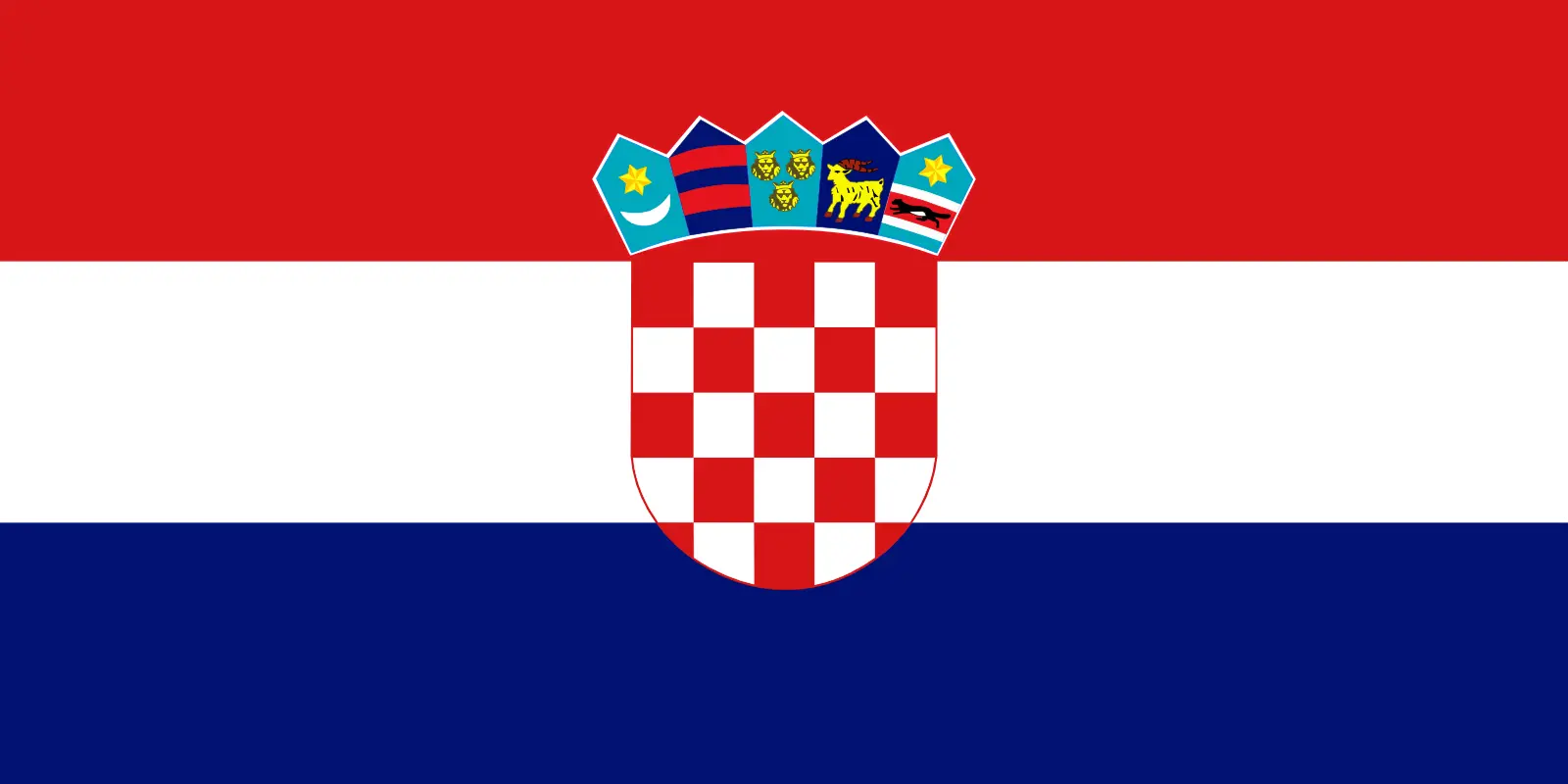 Croatia (+385)
Croatia (+385)
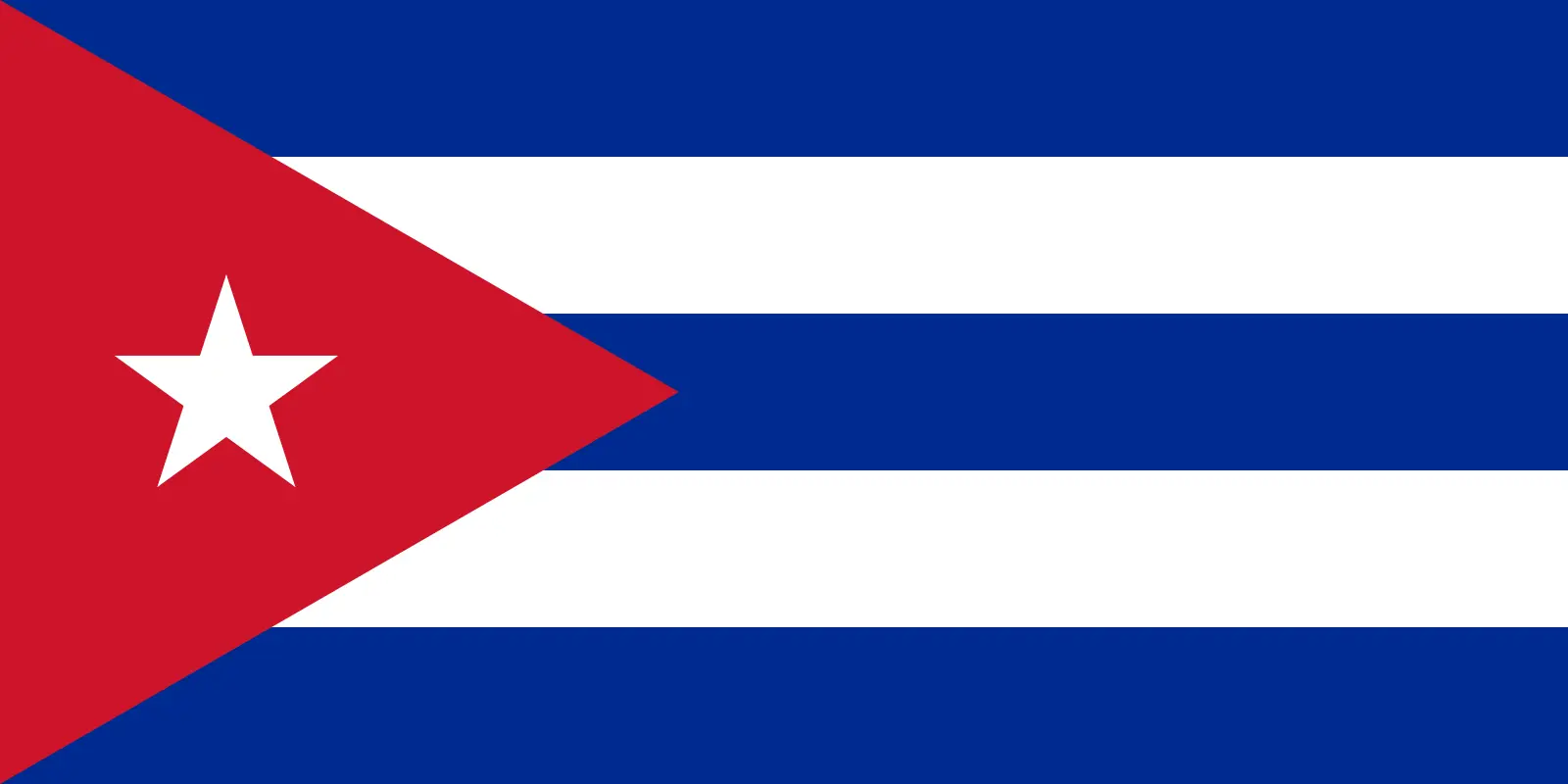 Cuba (+53)
Cuba (+53)
 Curaçao (+599)
Curaçao (+599)
 Cyprus (+357)
Cyprus (+357)
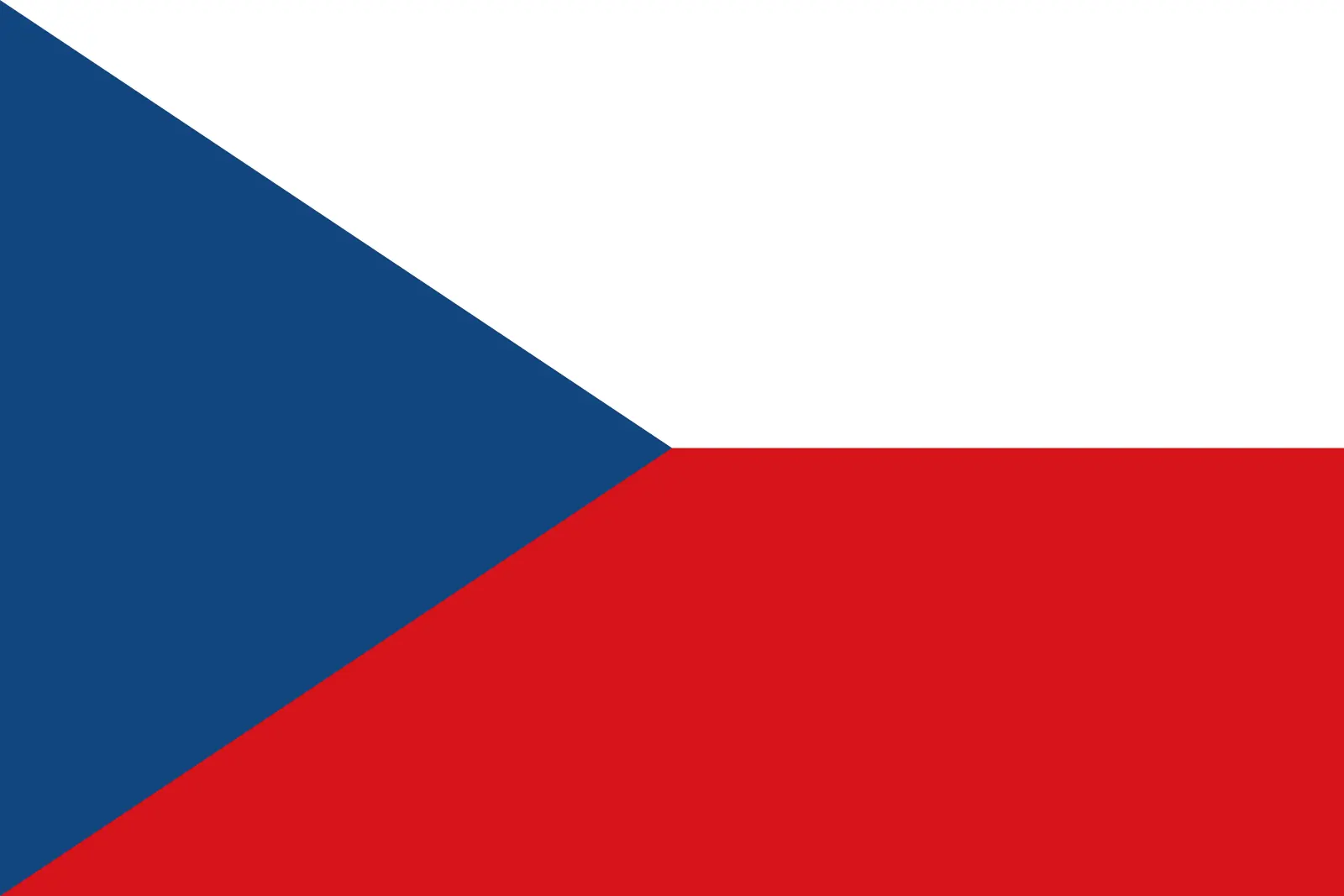 Czechia (+420)
Czechia (+420)
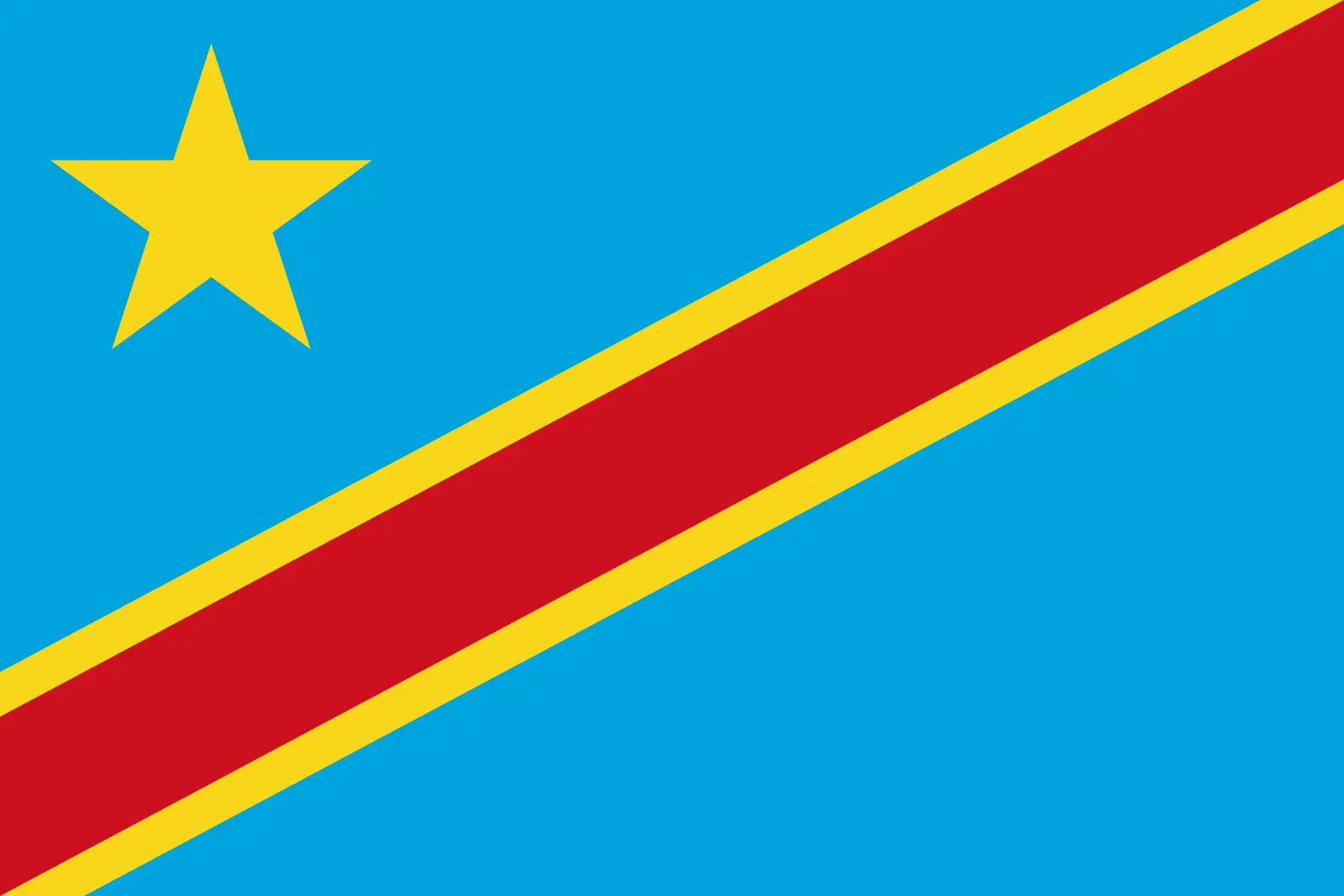 Democratic Republic of the Congo (+243)
Democratic Republic of the Congo (+243)
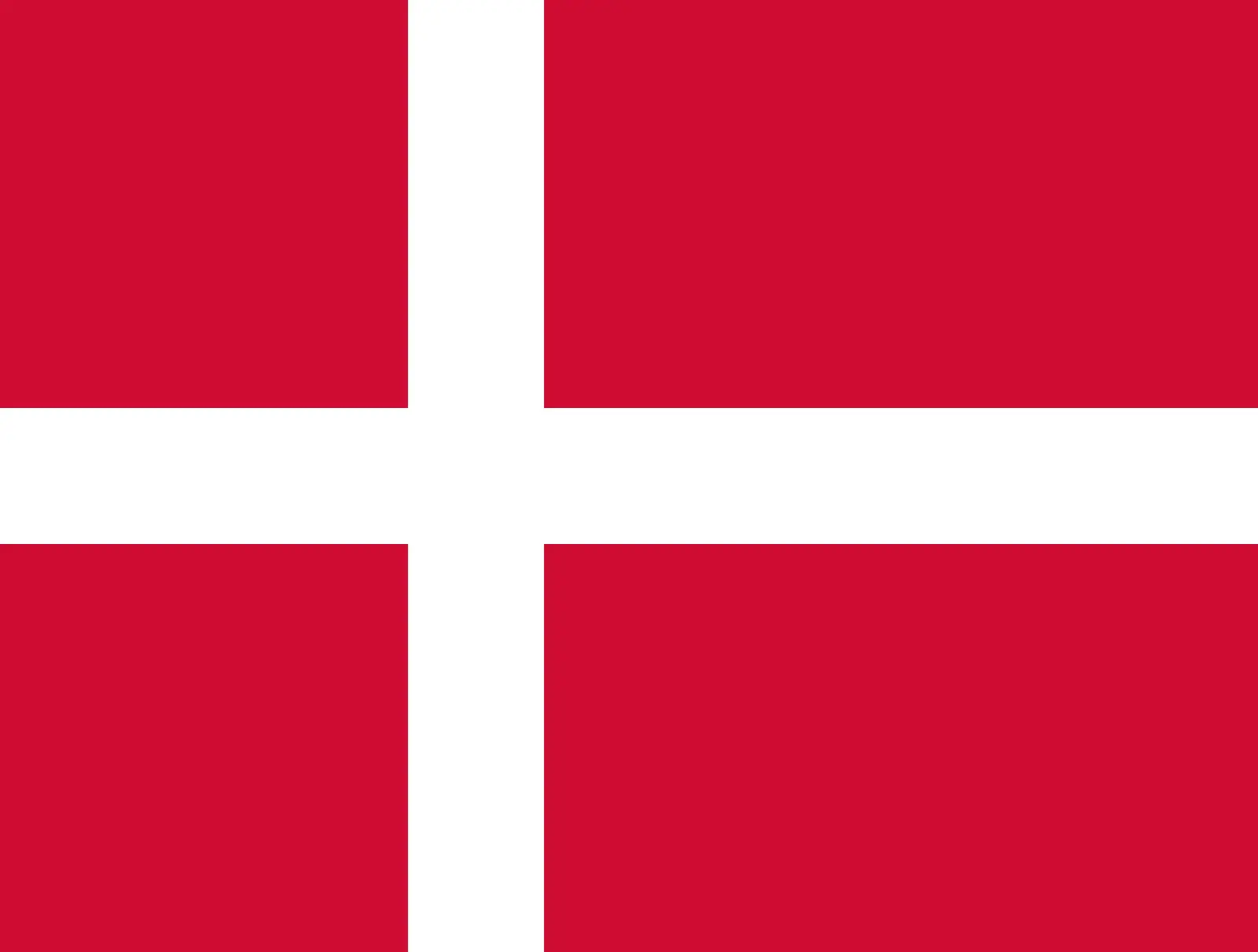 Denmark (+45)
Denmark (+45)
 Djibouti (+253)
Djibouti (+253)
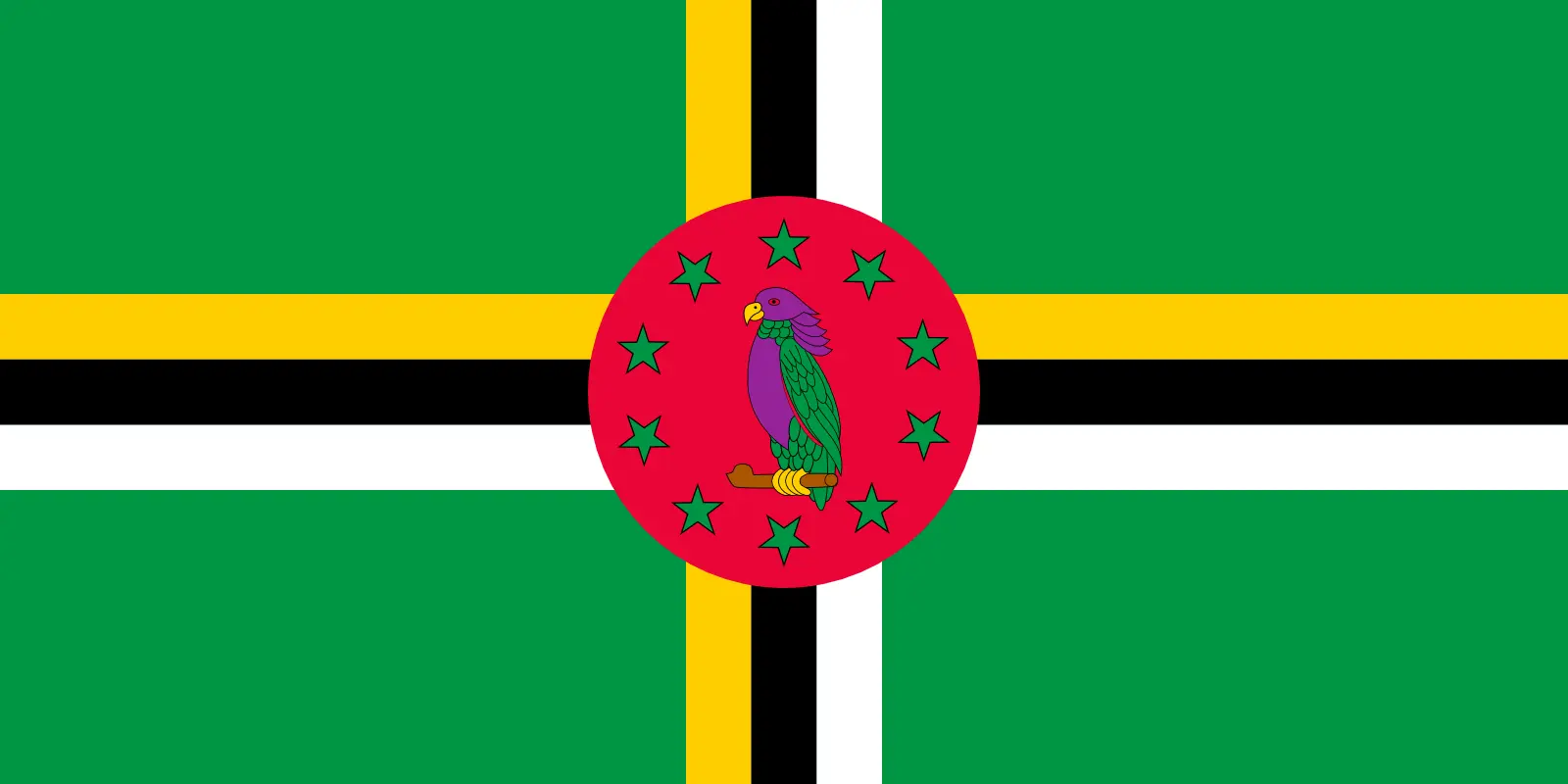 Dominica (+1767)
Dominica (+1767)
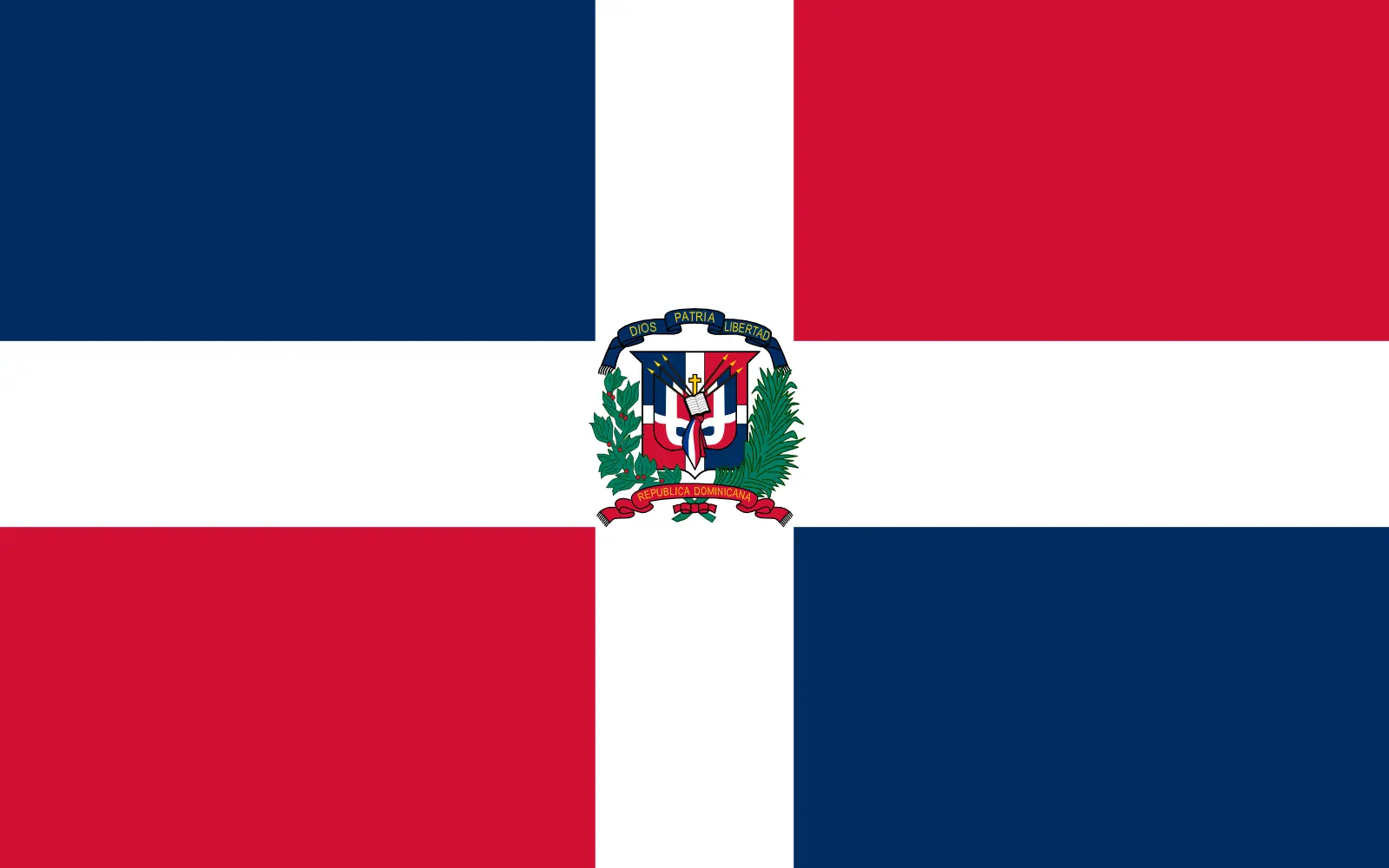 Dominican Republic (+1809)
Dominican Republic (+1809)
 Timor-Leste (+670)
Timor-Leste (+670)
 Ecuador (+593)
Ecuador (+593)
 Egypt (+20)
Egypt (+20)
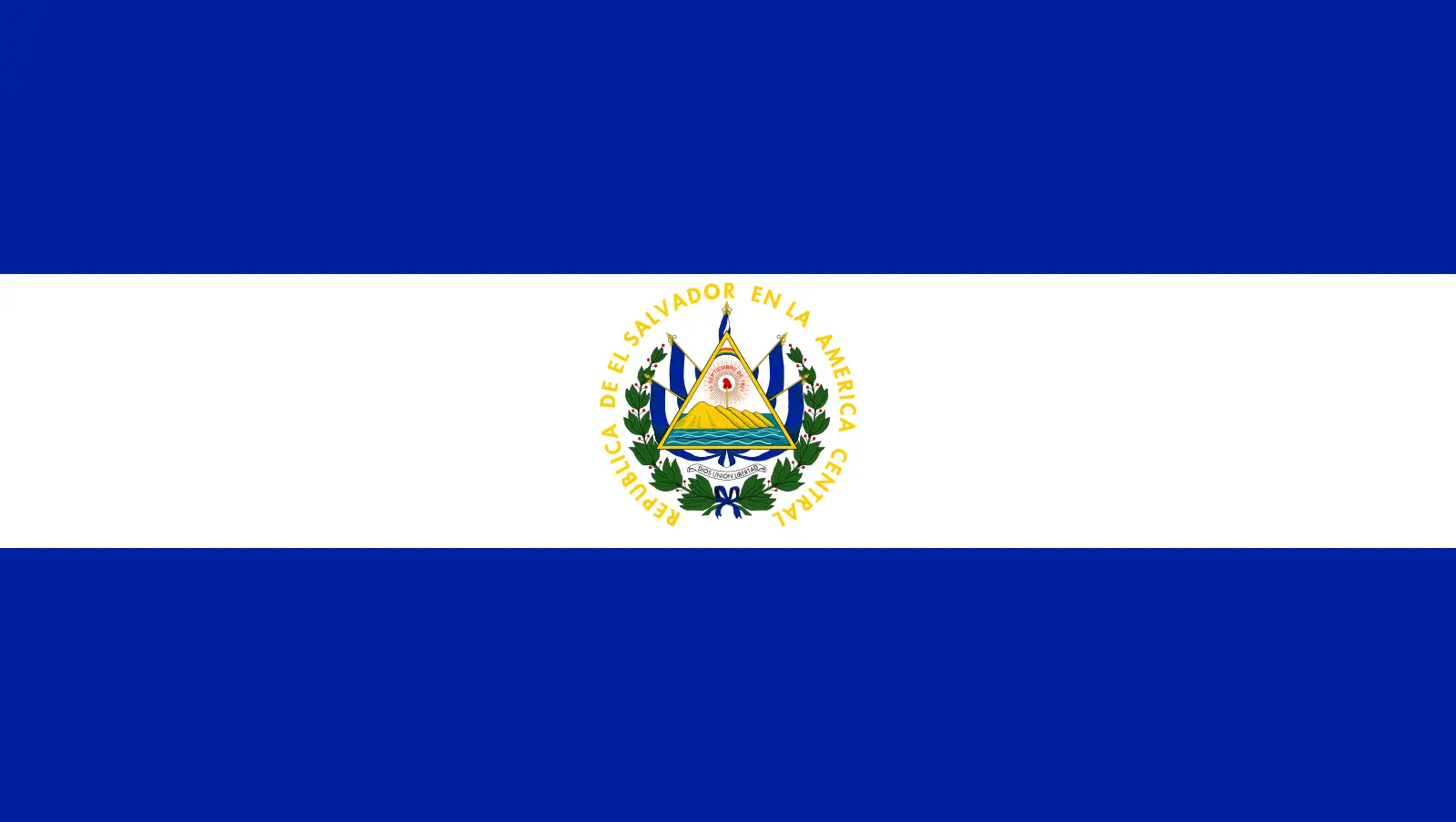 El Salvador (+503)
El Salvador (+503)
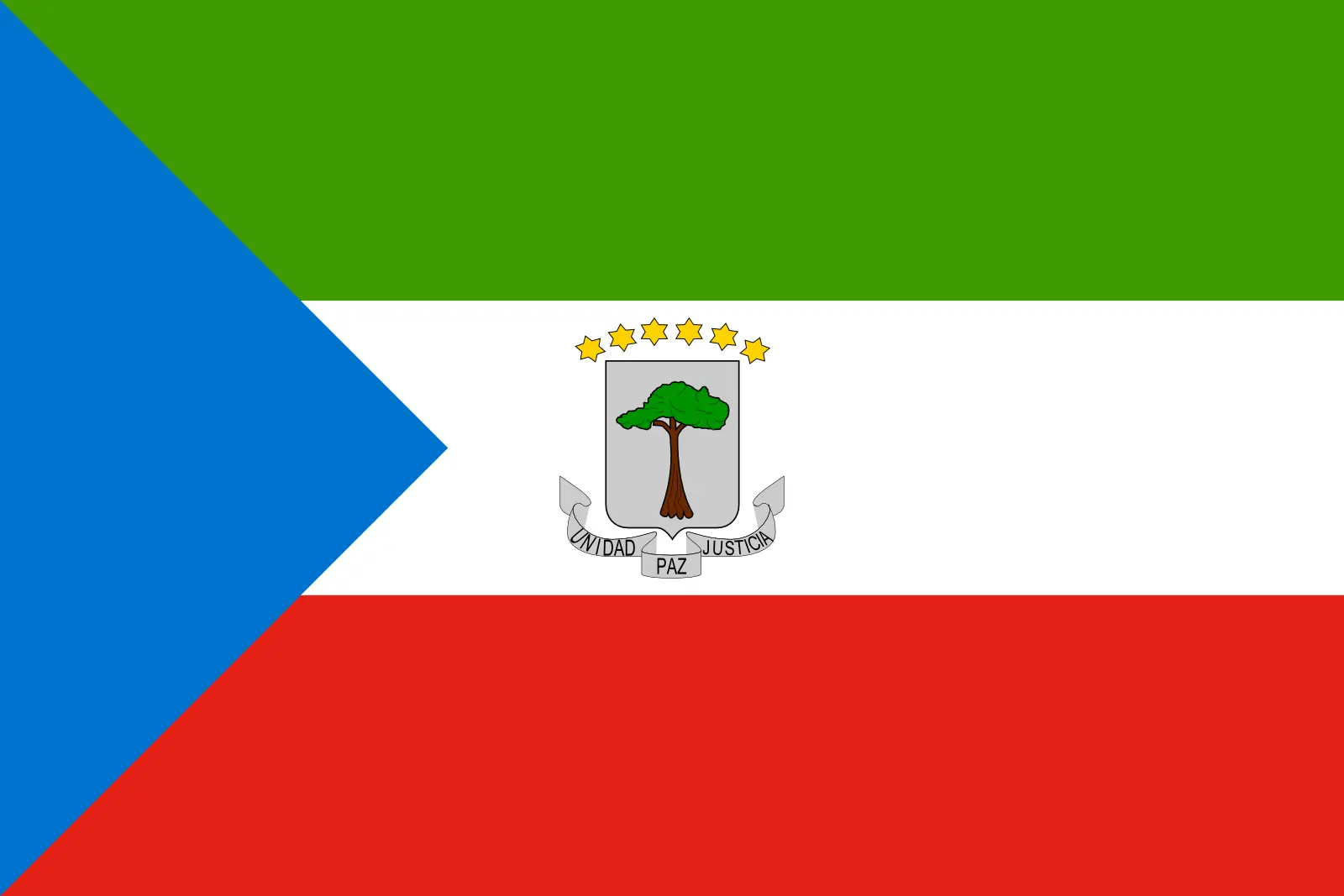 Equatorial Guinea (+240)
Equatorial Guinea (+240)
 Eritrea (+291)
Eritrea (+291)
 Estonia (+372)
Estonia (+372)
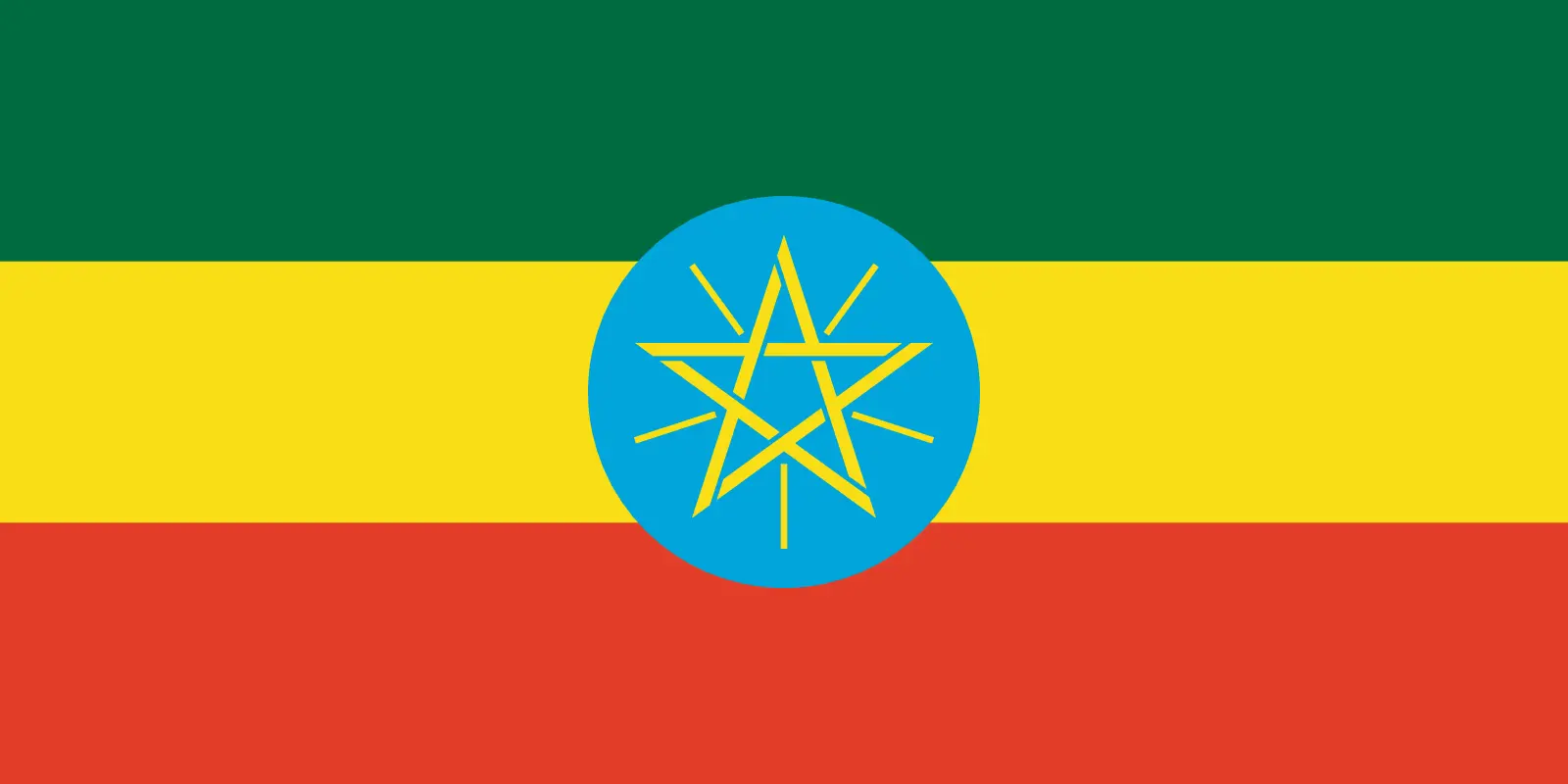 Ethiopia (+251)
Ethiopia (+251)
 Falkland Islands (+500)
Falkland Islands (+500)
 Faroe Islands (+298)
Faroe Islands (+298)
 Fiji (+679)
Fiji (+679)
 Finland (+358)
Finland (+358)
 France (+33)
France (+33)
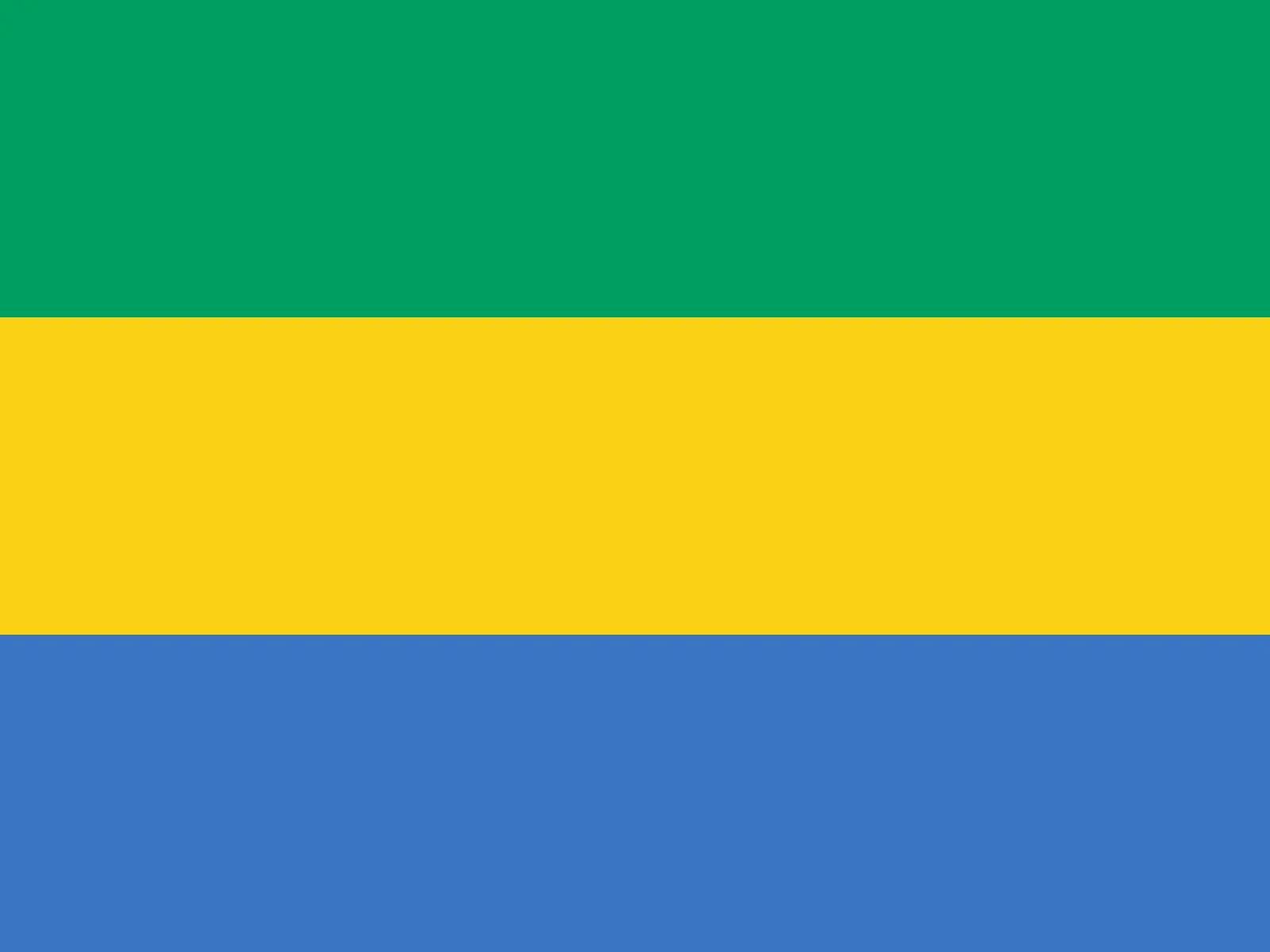 Gabon (+241)
Gabon (+241)
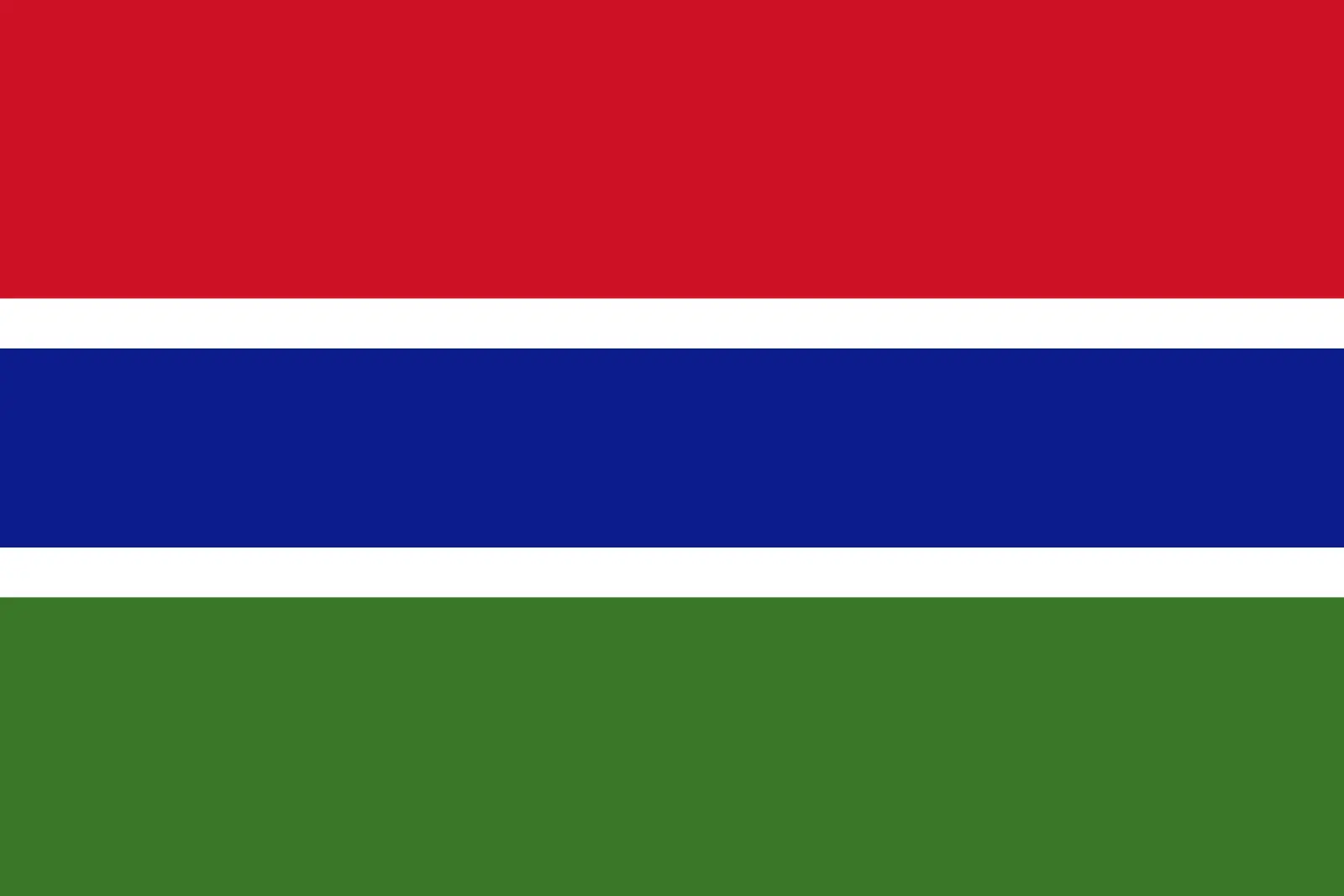 Gambia (+220)
Gambia (+220)
 Georgia (+995)
Georgia (+995)
 Germany (+49)
Germany (+49)
 Ghana (+233)
Ghana (+233)
 Gibraltar (+350)
Gibraltar (+350)
 Greece (+30)
Greece (+30)
 Greenland (+299)
Greenland (+299)
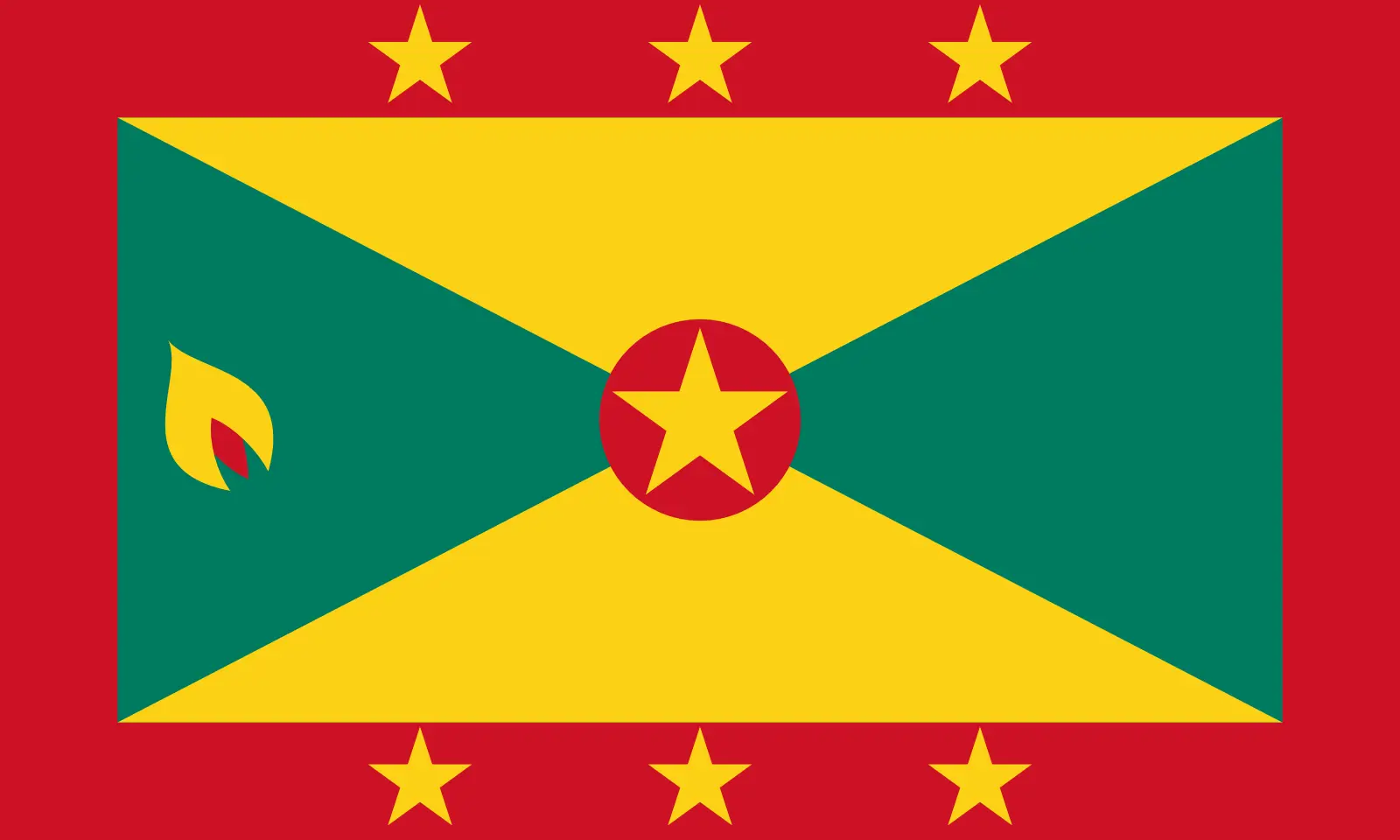 Grenada (+1473)
Grenada (+1473)
 Guadeloupe (+590)
Guadeloupe (+590)
 Guam (+1671)
Guam (+1671)
 Guatemala (+502)
Guatemala (+502)
 Guinea (+224)
Guinea (+224)
 Guinea-Bissau (+245)
Guinea-Bissau (+245)
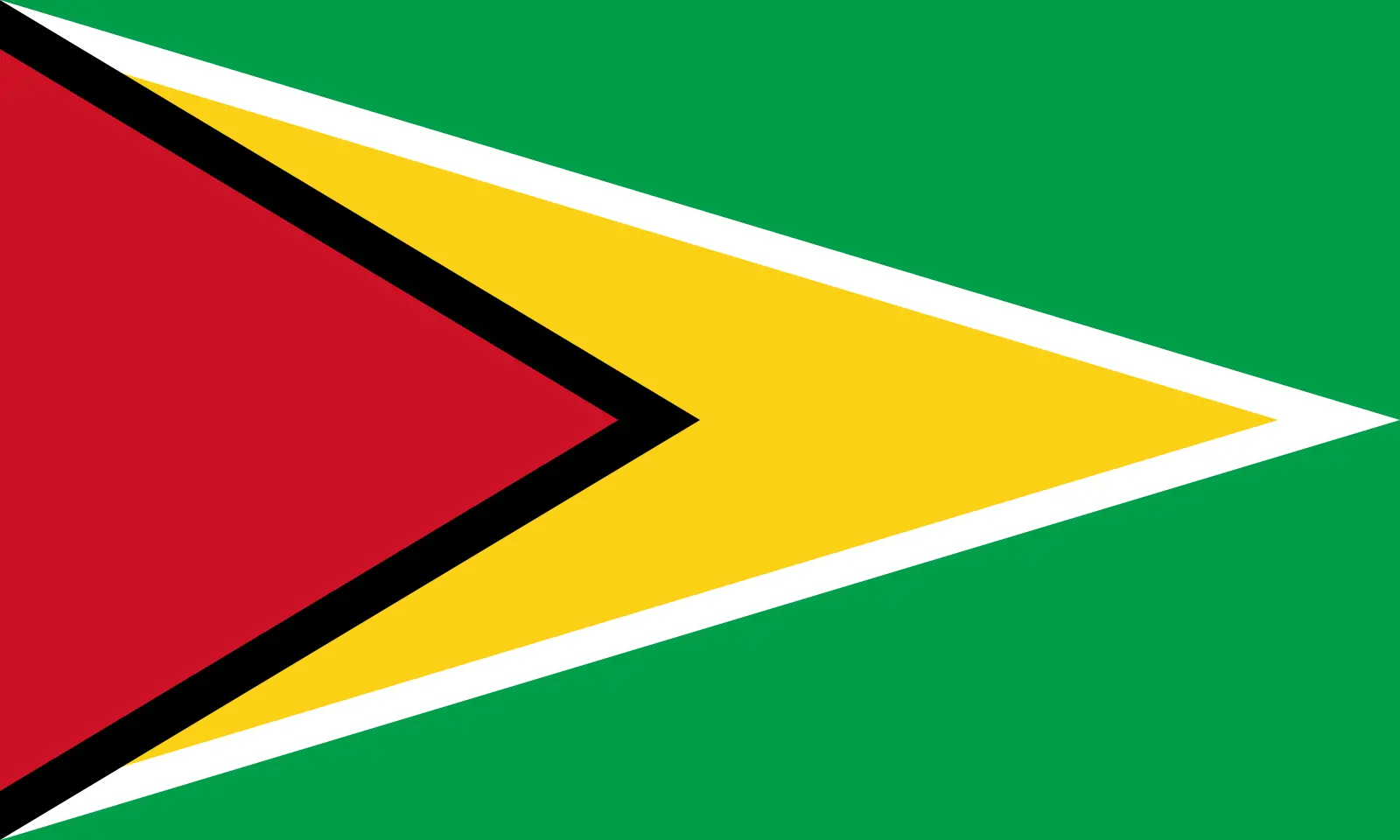 Guyana (+592)
Guyana (+592)
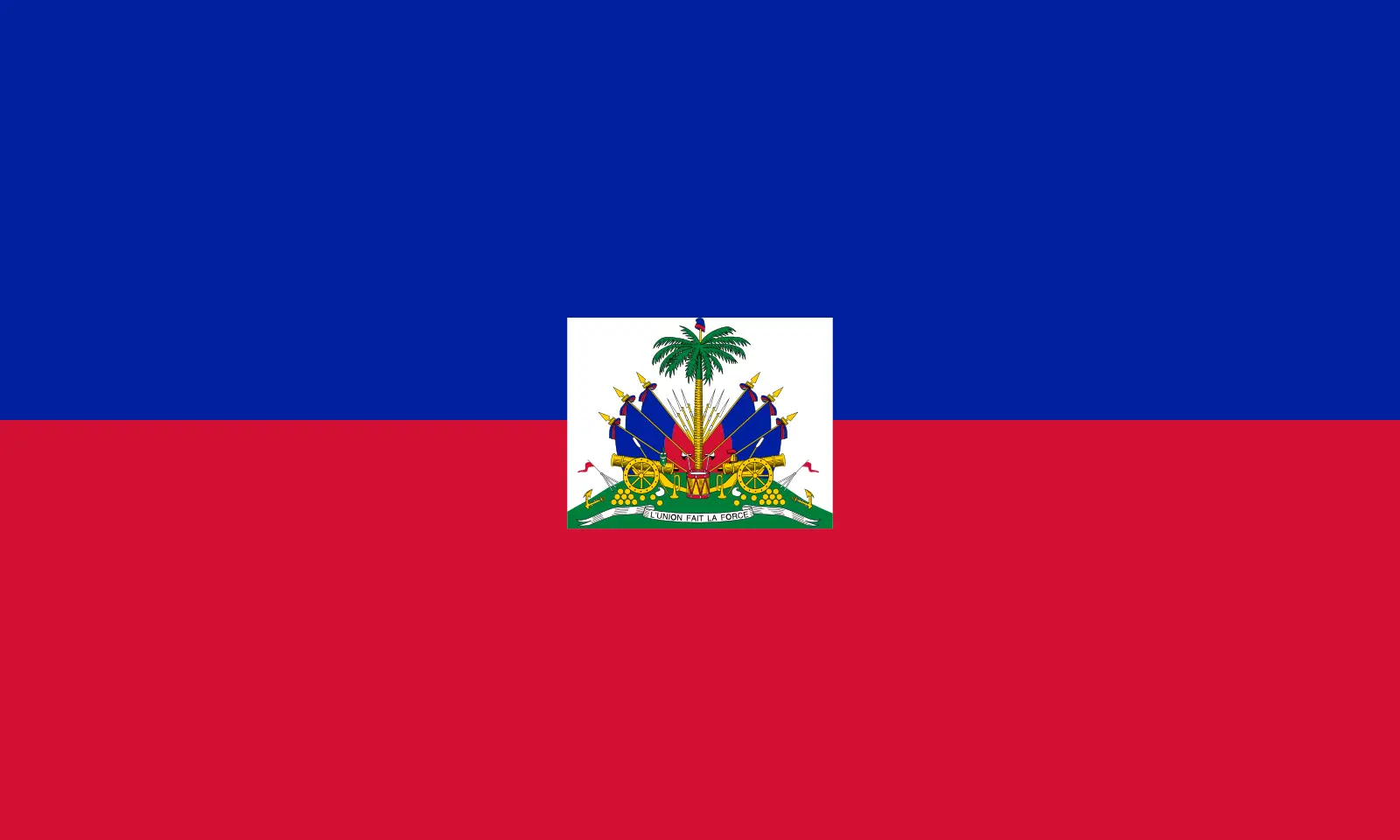 Haiti (+509)
Haiti (+509)
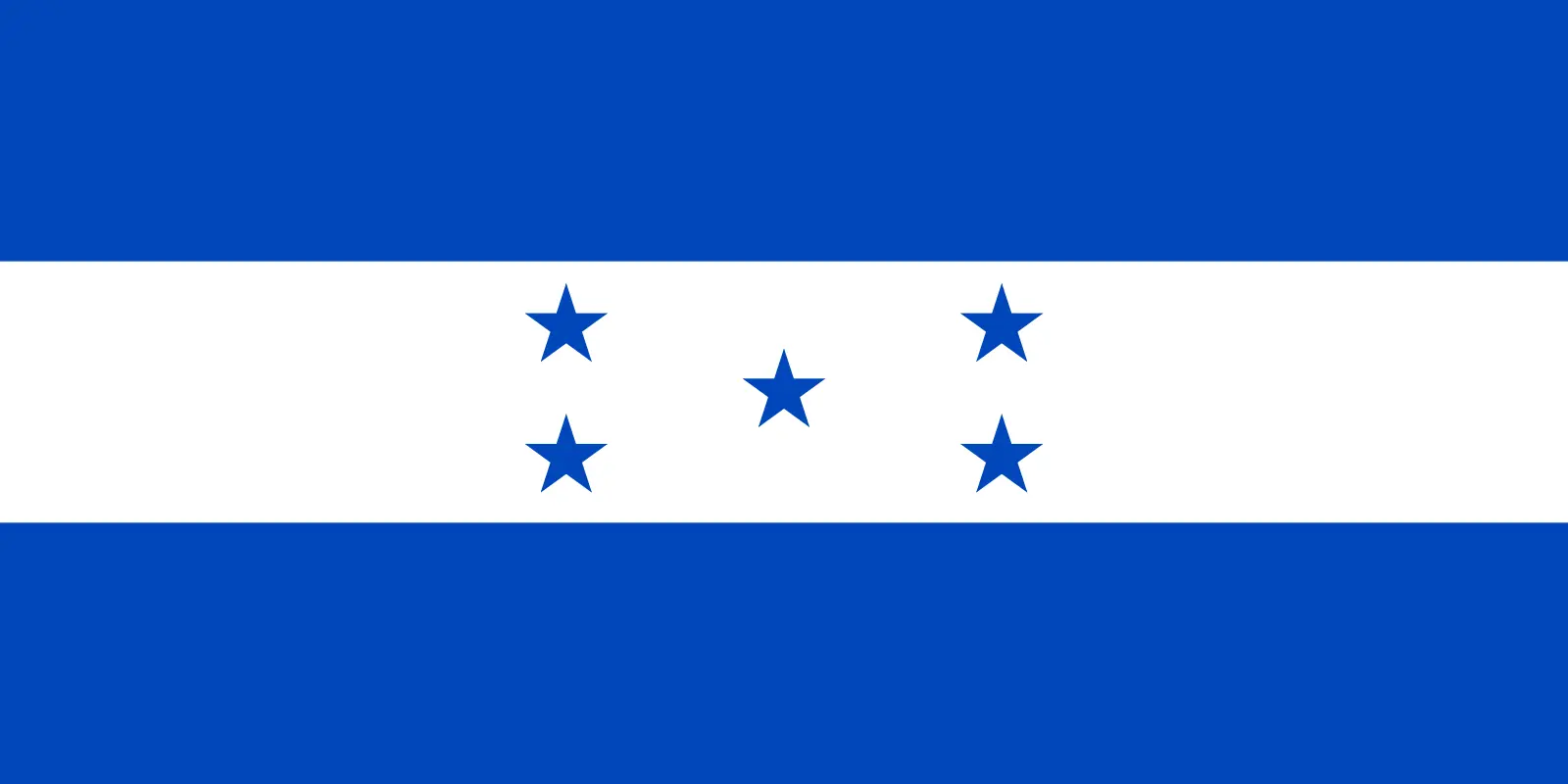 Honduras (+504)
Honduras (+504)
 Hong Kong (+852)
Hong Kong (+852)
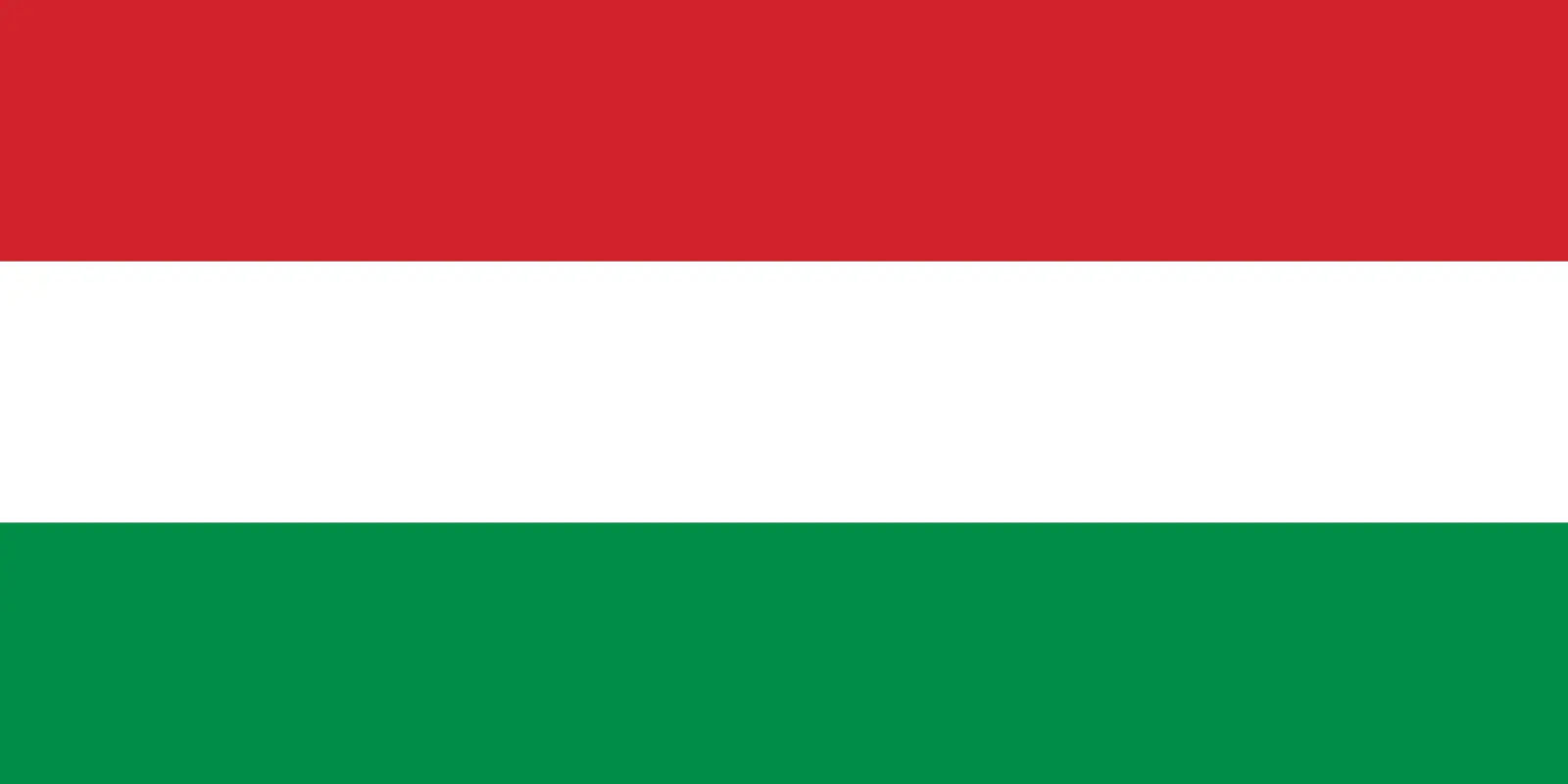 Hungary (+36)
Hungary (+36)
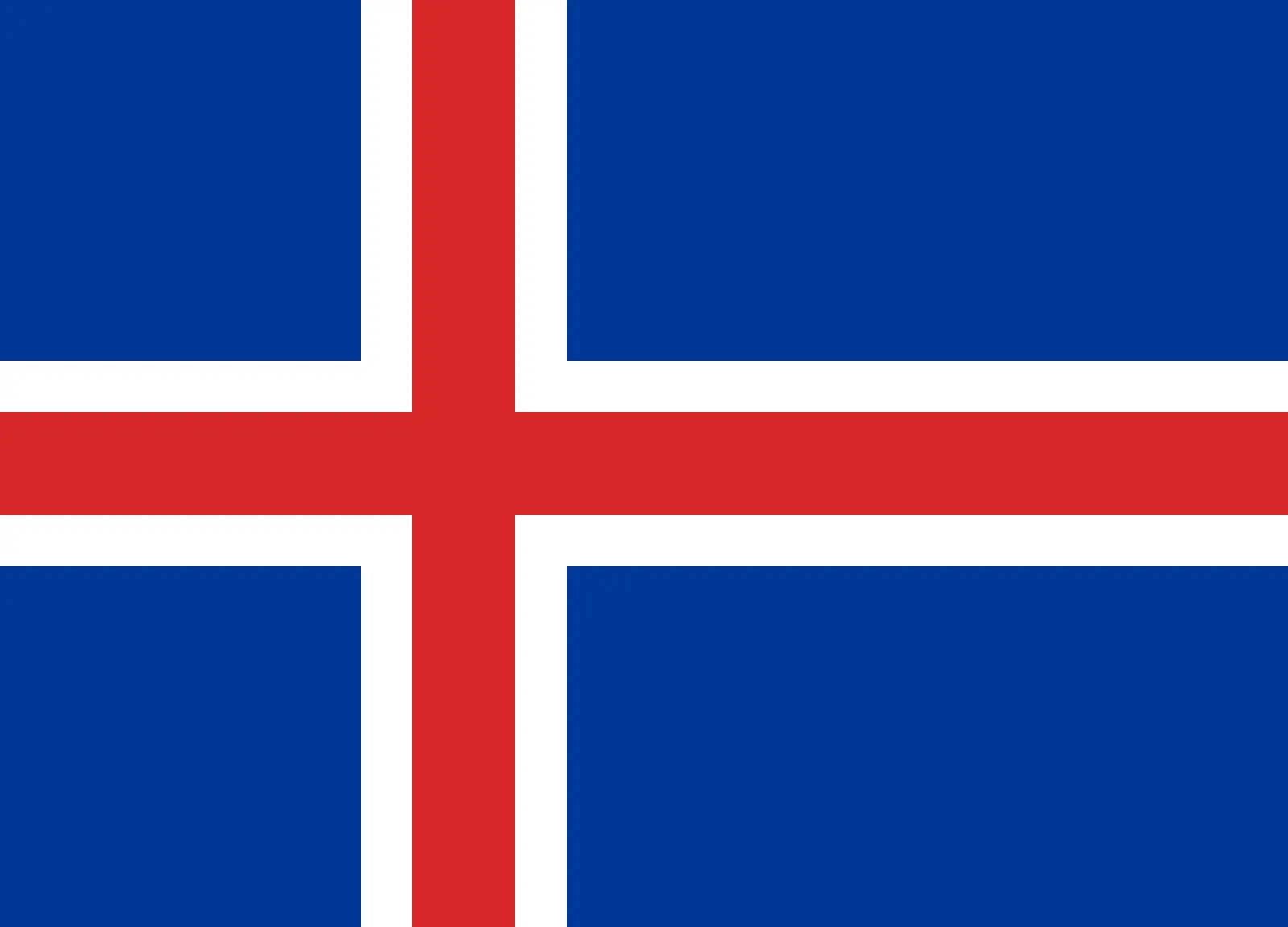 Iceland (+354)
Iceland (+354)
 India (+91)
India (+91)
 Indonesia (+62)
Indonesia (+62)
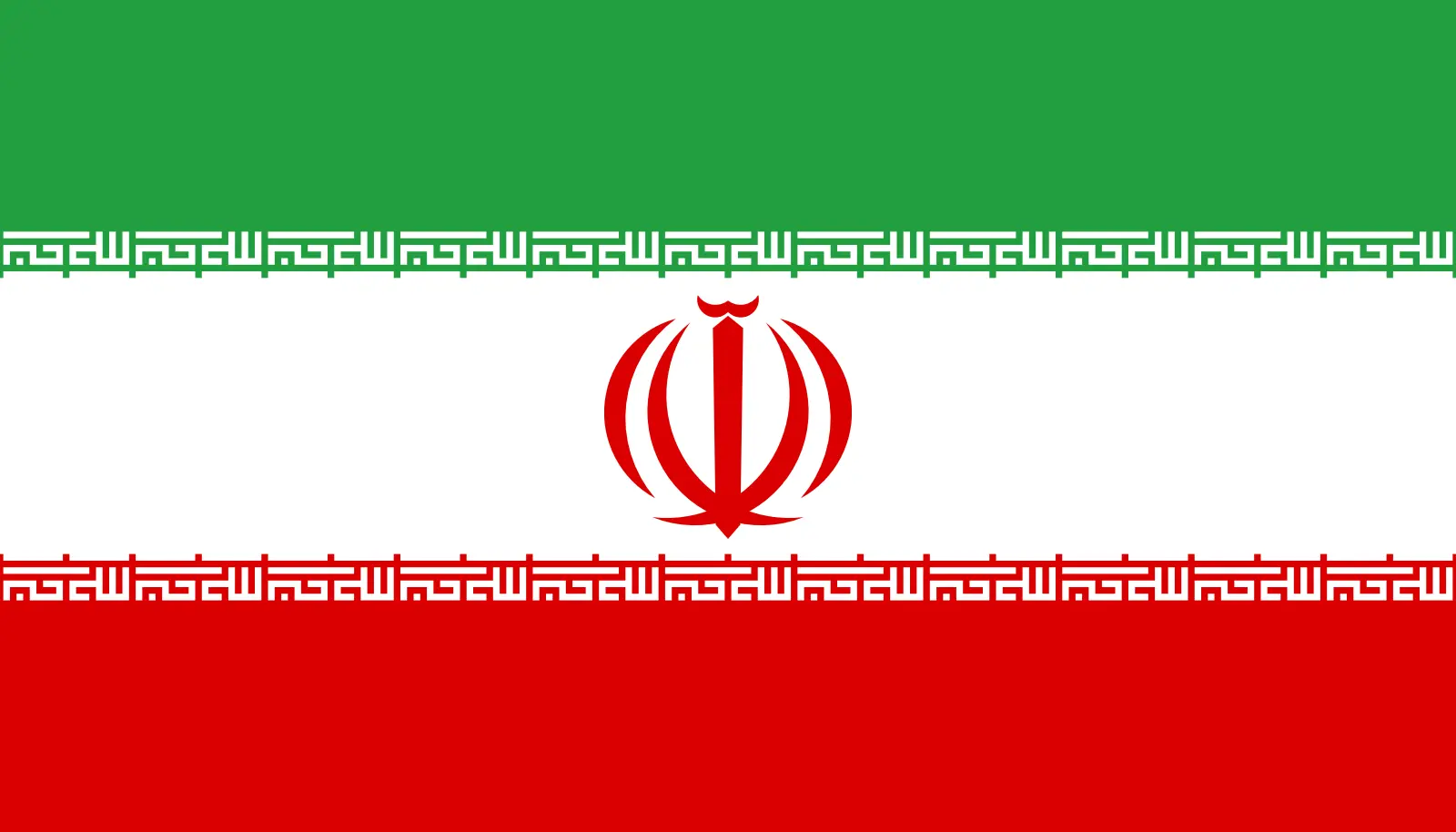 Iran (+98)
Iran (+98)
 Iraq (+964)
Iraq (+964)
 Ireland (+353)
Ireland (+353)
 Isle of Man (+44)
Isle of Man (+44)
 Israel (+972)
Israel (+972)
 Italy (+39)
Italy (+39)
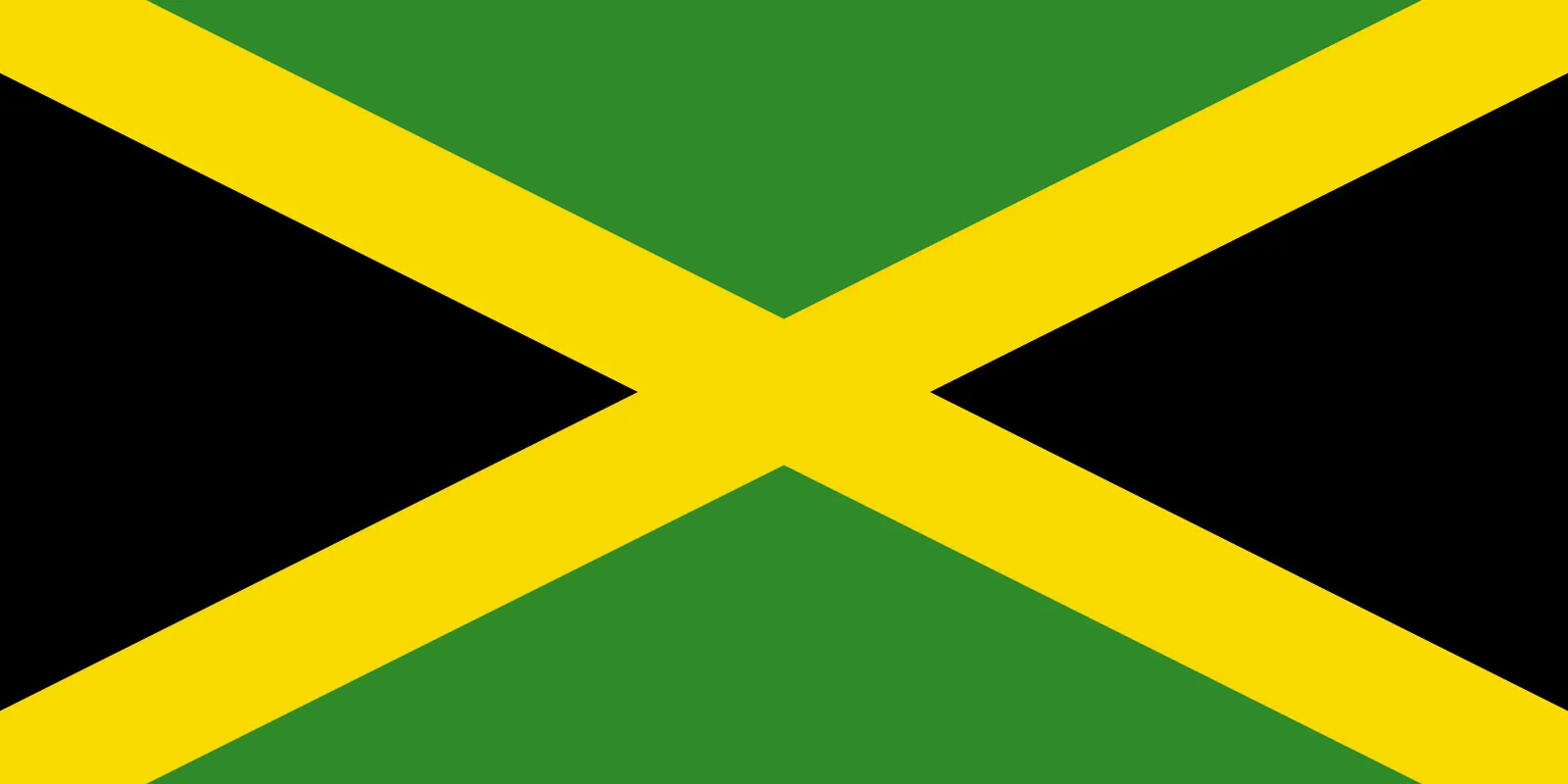 Jamaica (+1876)
Jamaica (+1876)
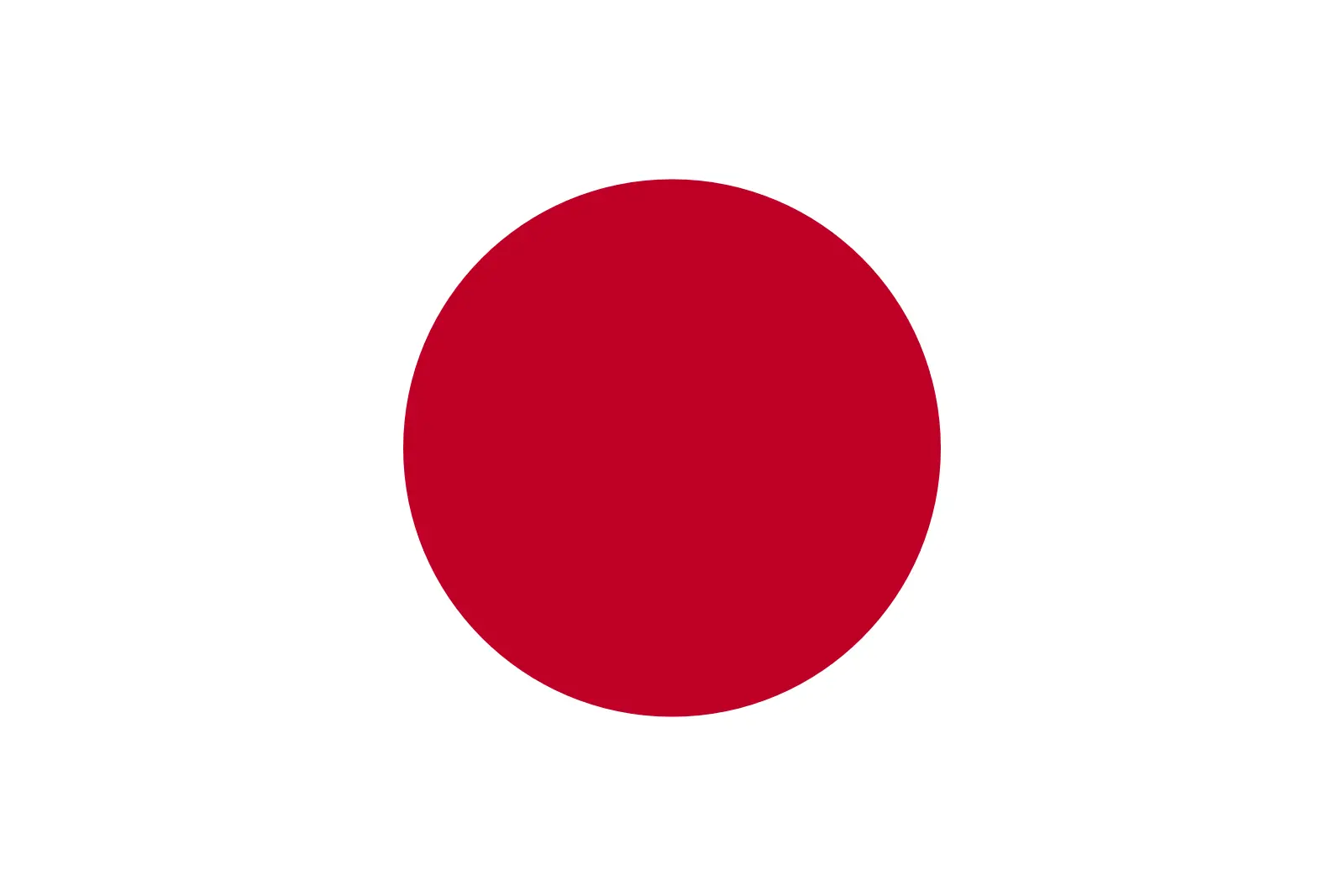 Japan (+81)
Japan (+81)
 Jersey (+44)
Jersey (+44)
 Jordan (+962)
Jordan (+962)
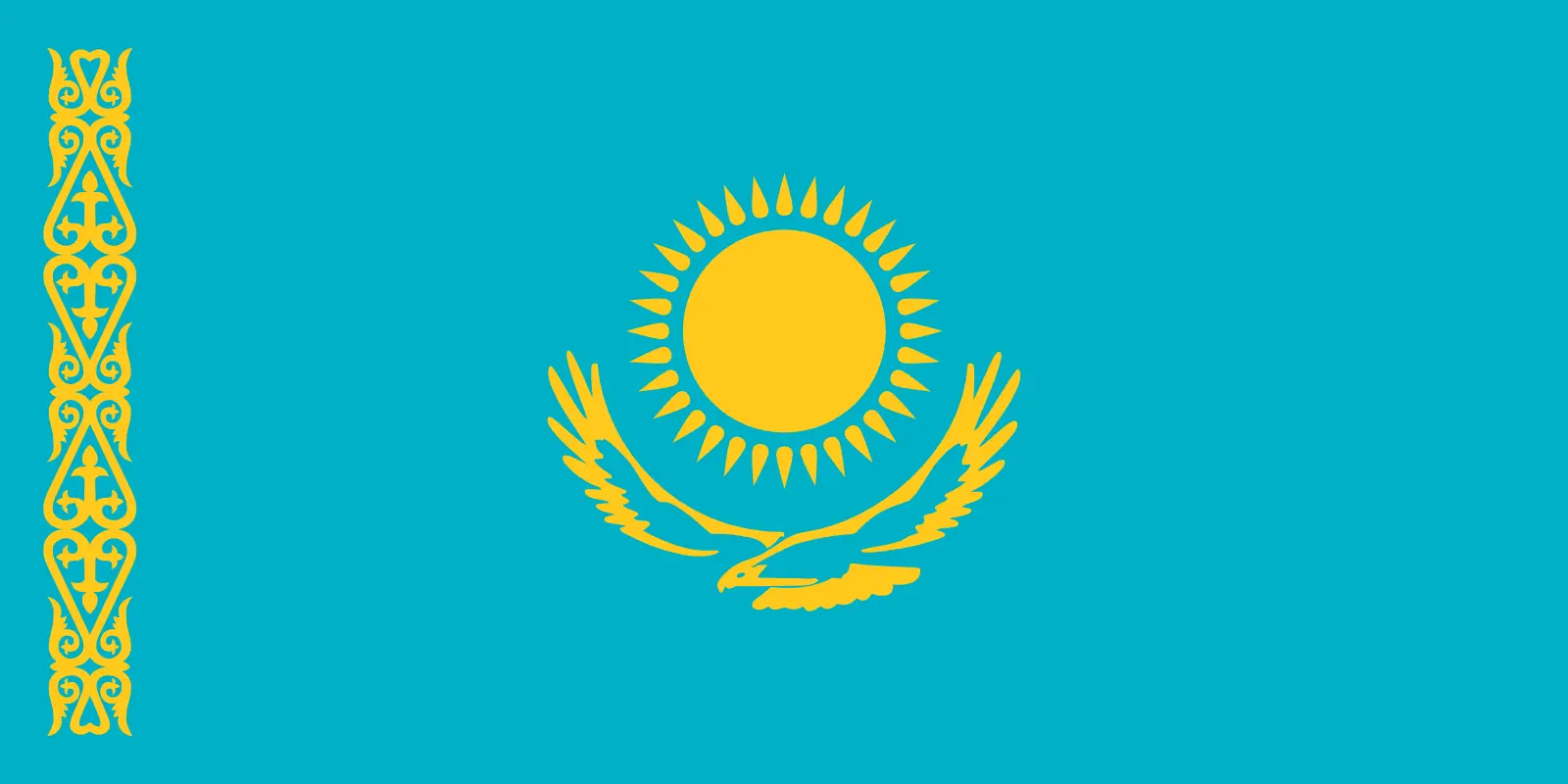 Kazakhstan (+7)
Kazakhstan (+7)
 Kenya (+254)
Kenya (+254)
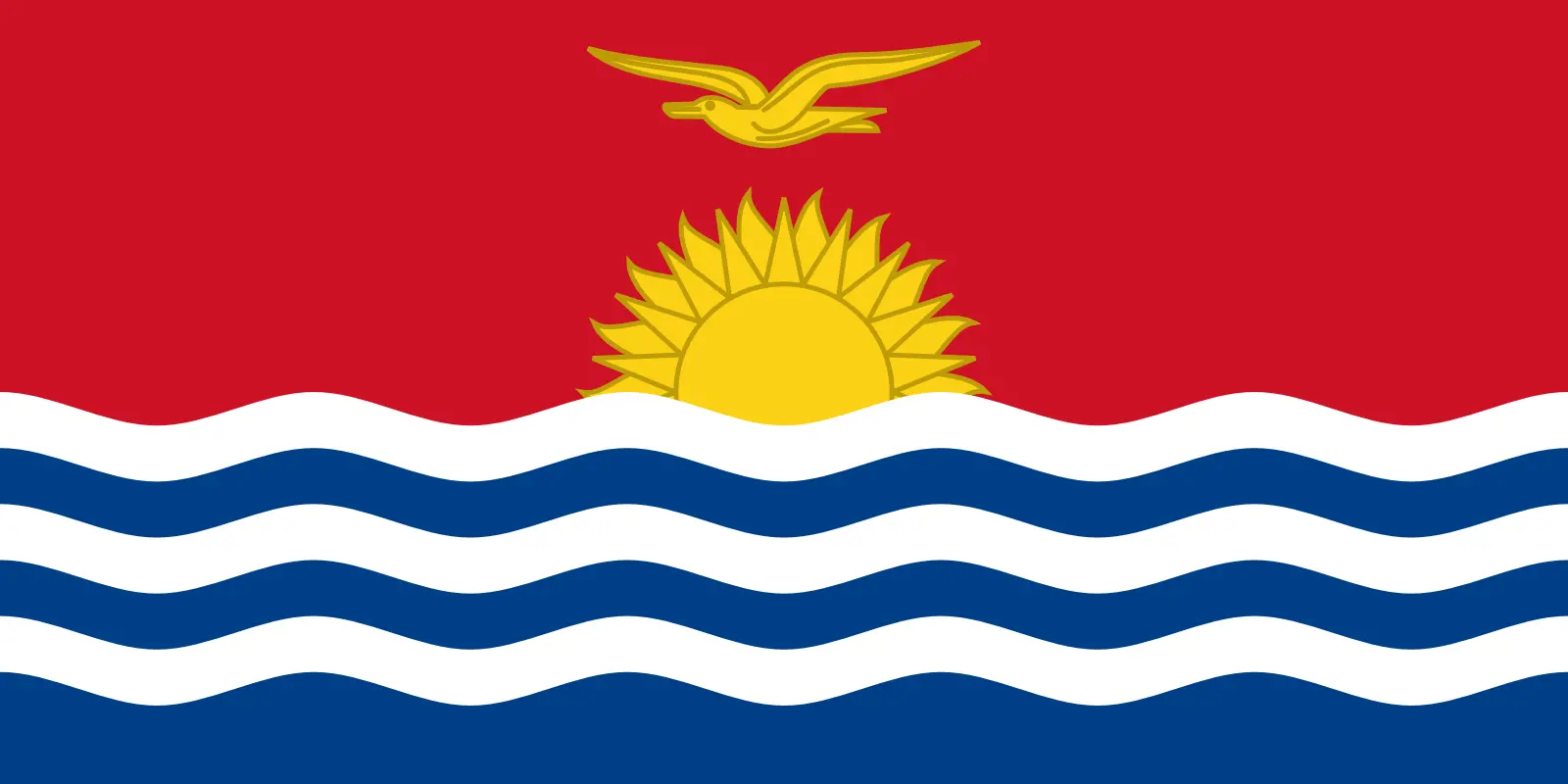 Kiribati (+686)
Kiribati (+686)
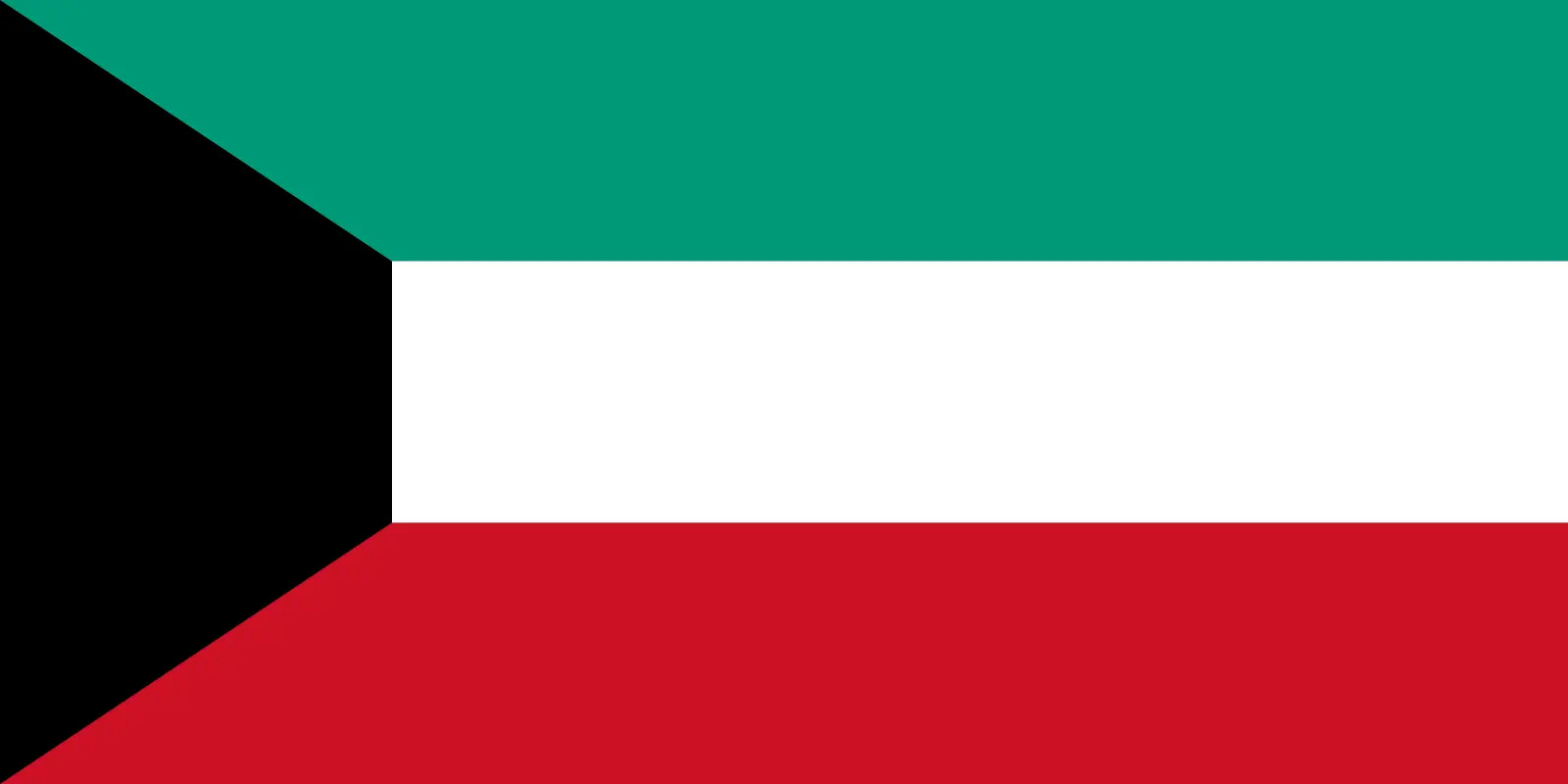 Kuwait (+965)
Kuwait (+965)
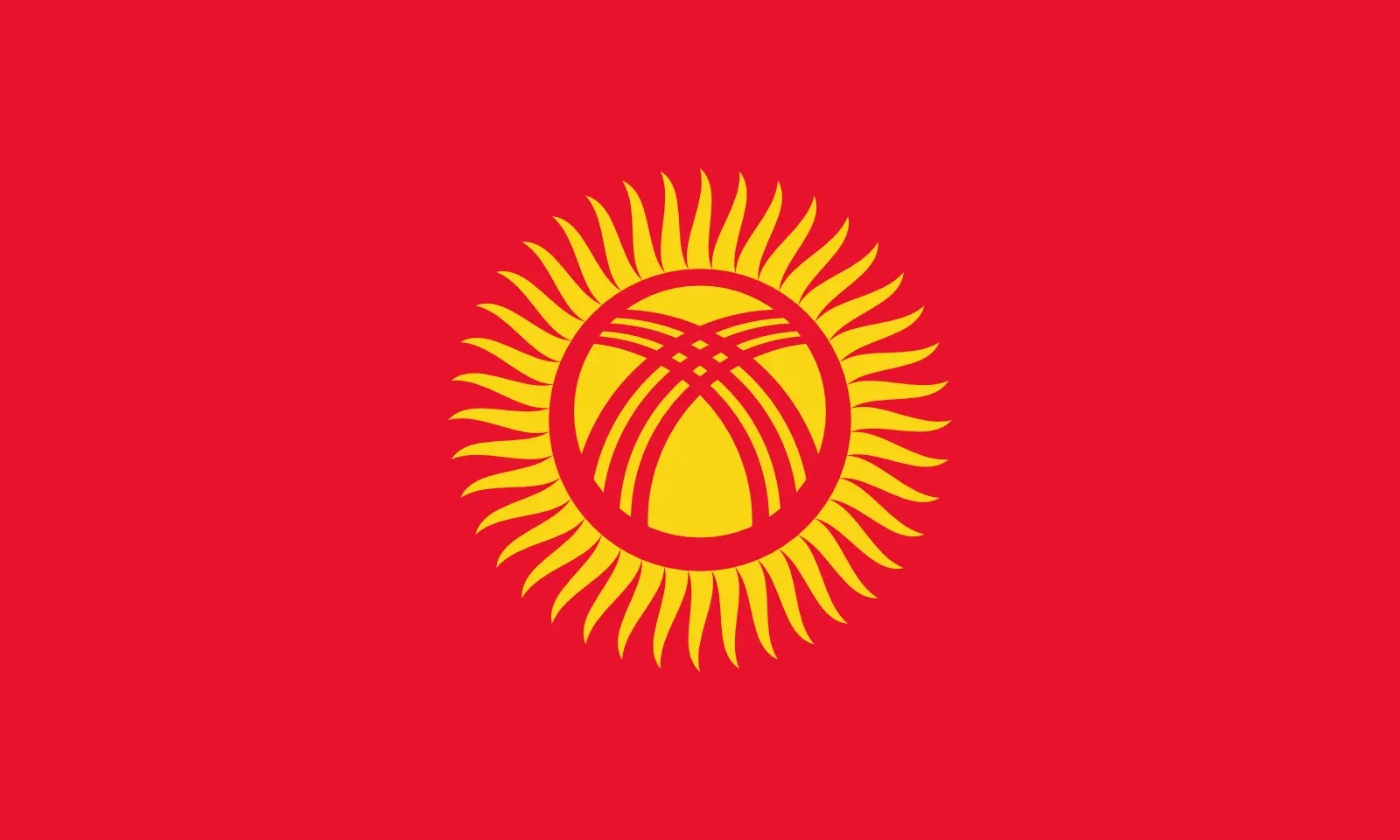 Kyrgyzstan (+996)
Kyrgyzstan (+996)
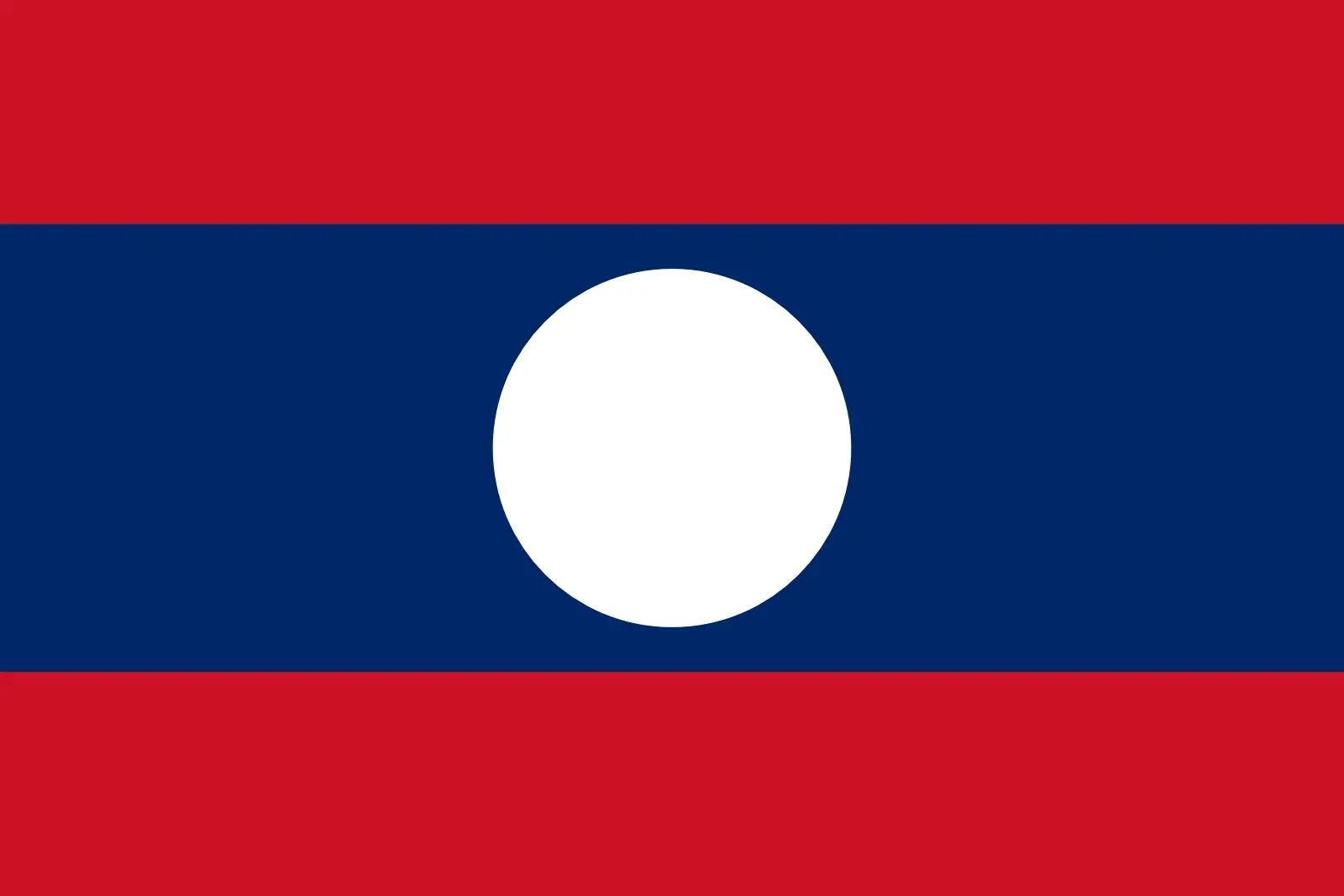 Laos (+856)
Laos (+856)
 Latvia (+371)
Latvia (+371)
 Lebanon (+961)
Lebanon (+961)
 Lesotho (+266)
Lesotho (+266)
 Liberia (+231)
Liberia (+231)
 Libya (+218)
Libya (+218)
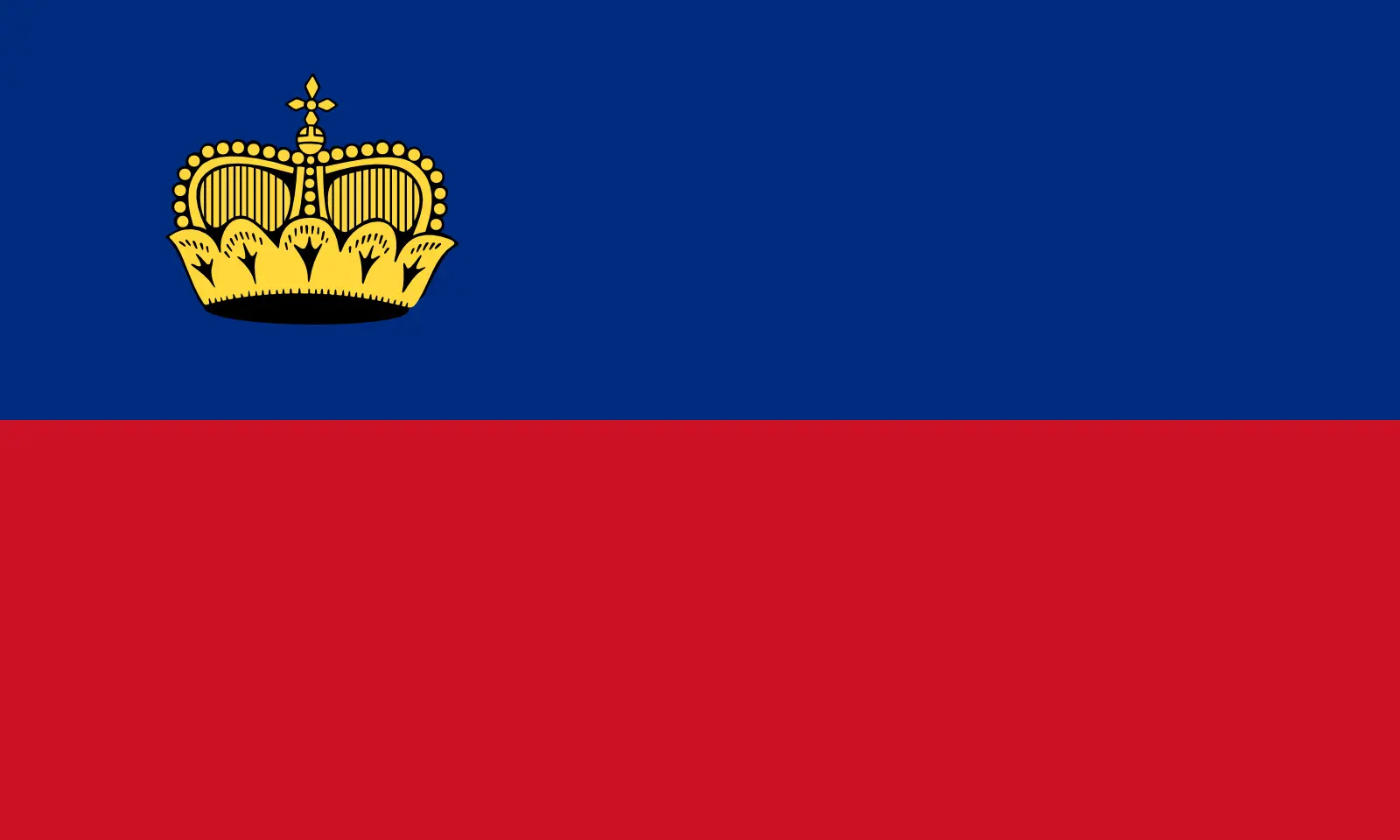 Liechtenstein (+423)
Liechtenstein (+423)
 Lithuania (+370)
Lithuania (+370)
 Luxembourg (+352)
Luxembourg (+352)
 Macao (+853)
Macao (+853)
 Madagascar (+261)
Madagascar (+261)
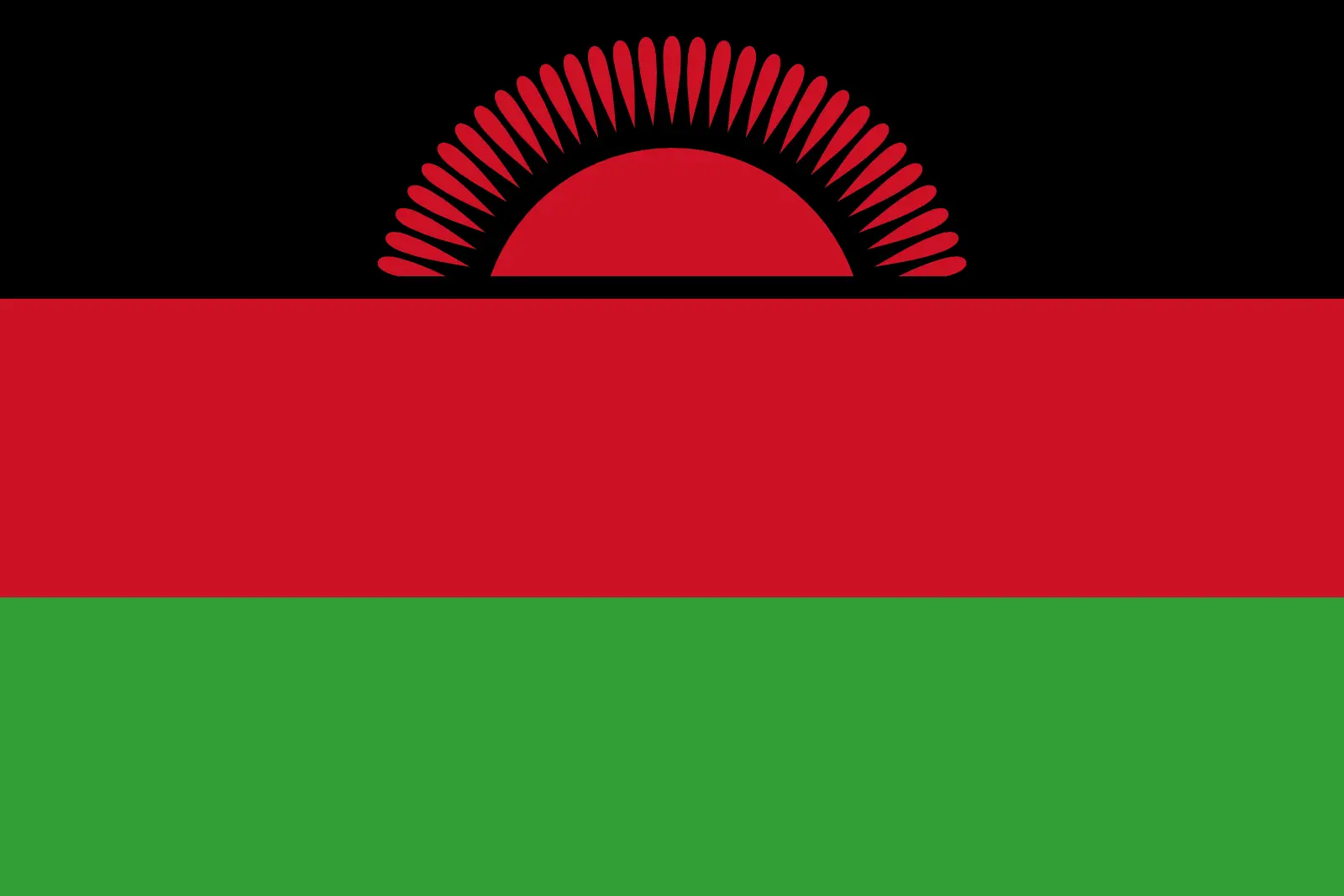 Malawi (+265)
Malawi (+265)
 Malaysia (+60)
Malaysia (+60)
 Maldives (+960)
Maldives (+960)
 Mali (+223)
Mali (+223)
 Malta (+356)
Malta (+356)
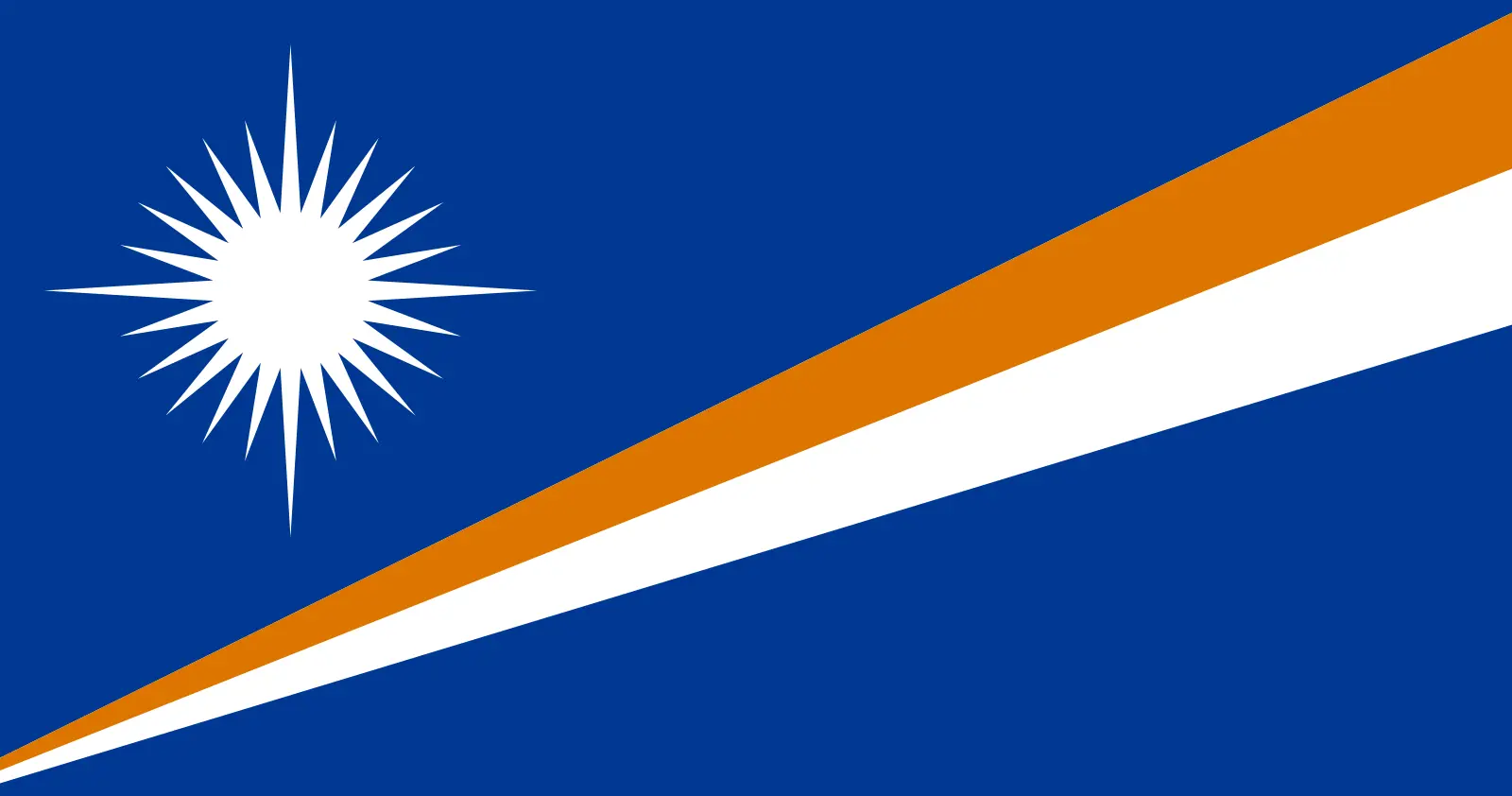 Marshall Islands (+692)
Marshall Islands (+692)
 Mauritania (+222)
Mauritania (+222)
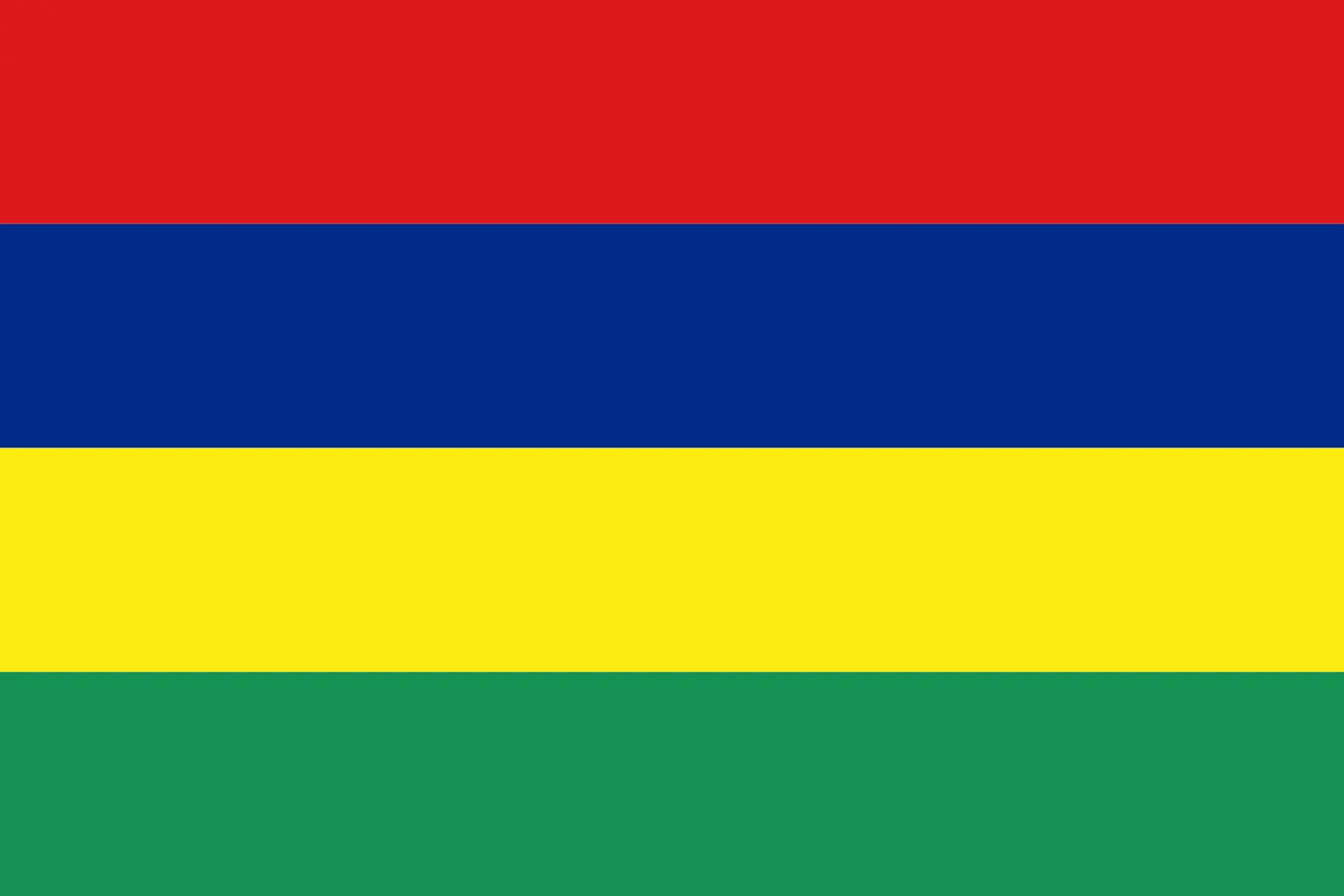 Mauritius (+230)
Mauritius (+230)
 Mayotte (+262)
Mayotte (+262)
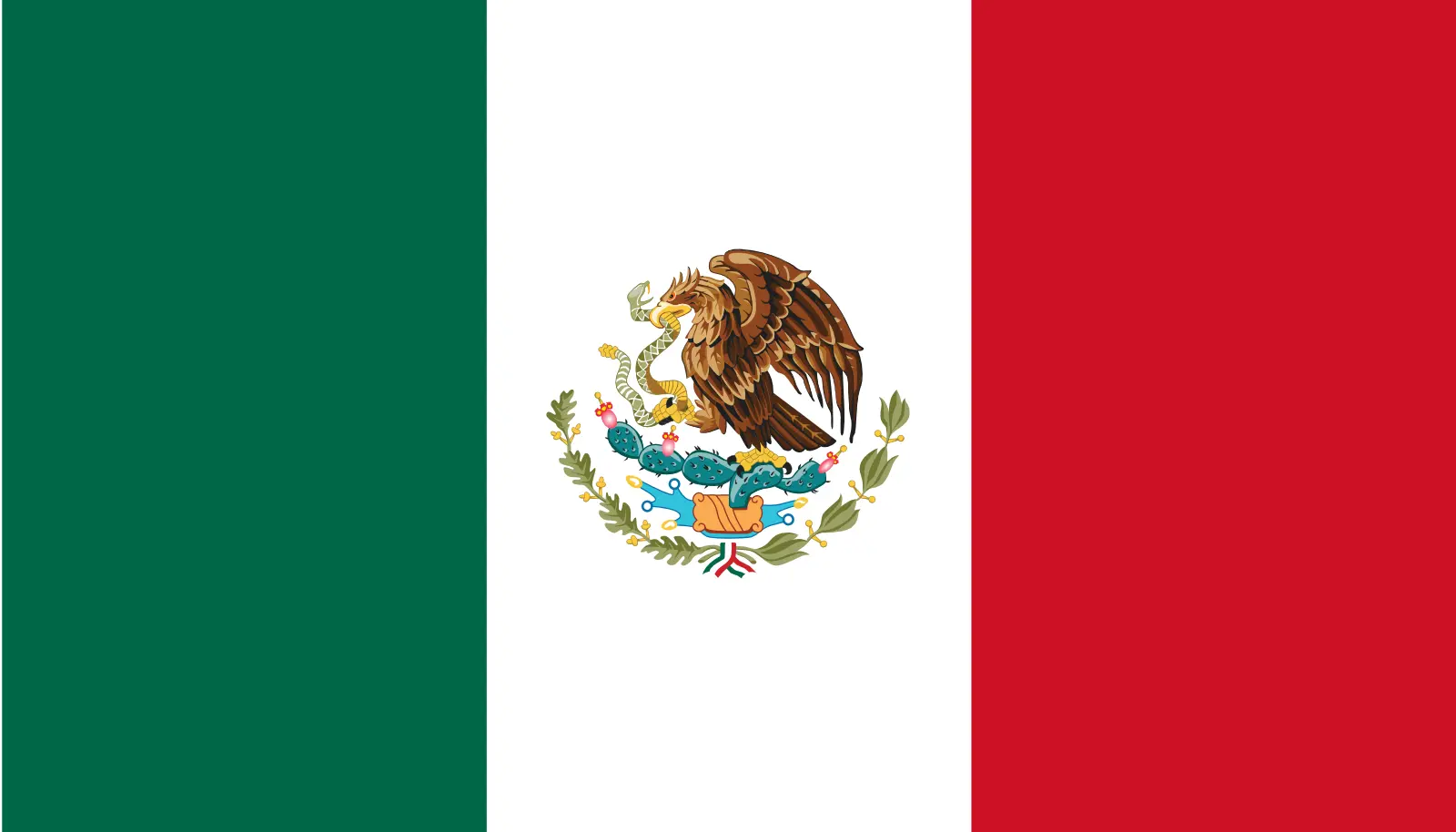 Mexico (+52)
Mexico (+52)
 Micronesia (+691)
Micronesia (+691)
 Moldova (+373)
Moldova (+373)
 Monaco (+377)
Monaco (+377)
 Mongolia (+976)
Mongolia (+976)
 Montenegro (+382)
Montenegro (+382)
 Montserrat (+1664)
Montserrat (+1664)
 Morocco (+212)
Morocco (+212)
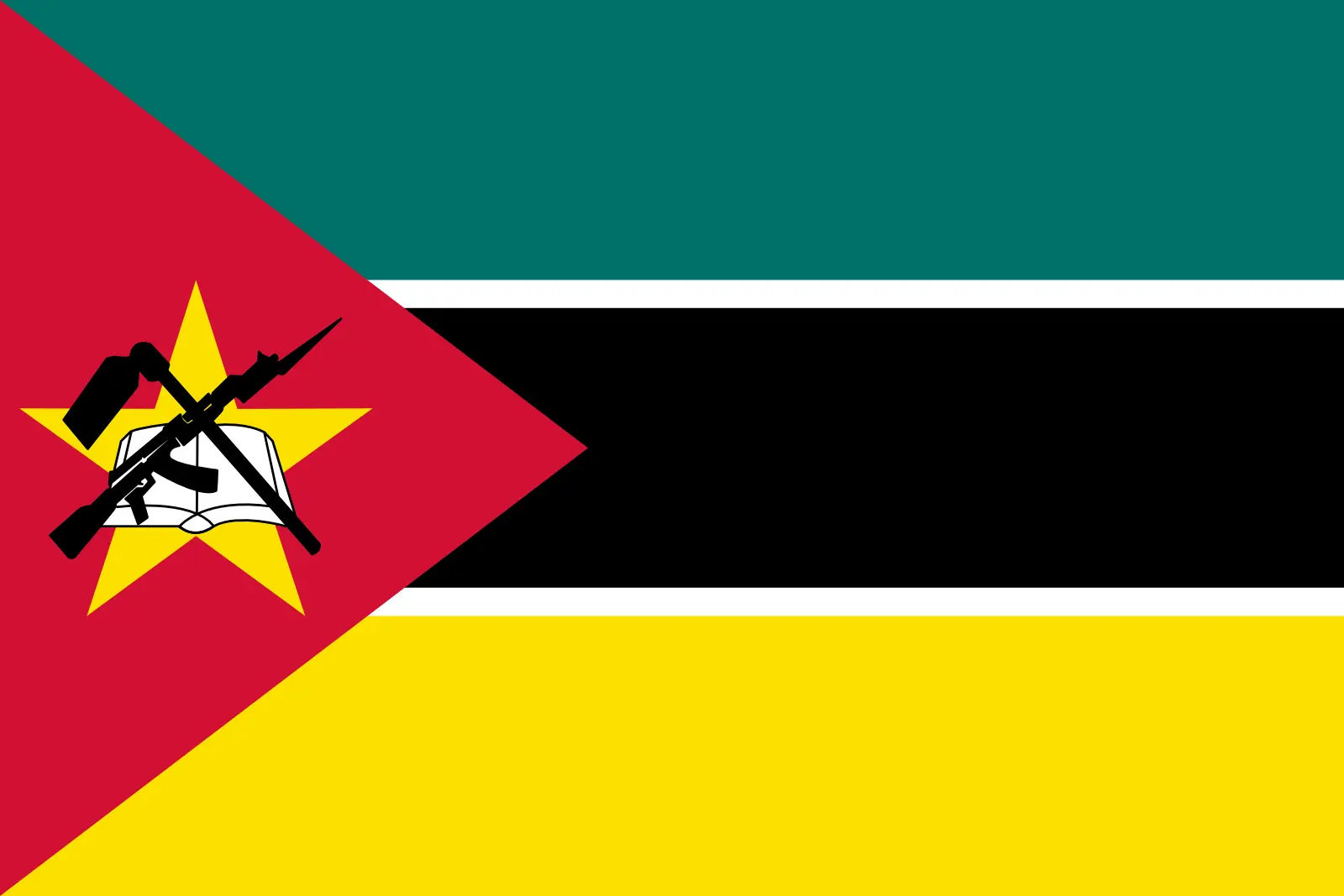 Mozambique (+258)
Mozambique (+258)
 Myanmar (+95)
Myanmar (+95)
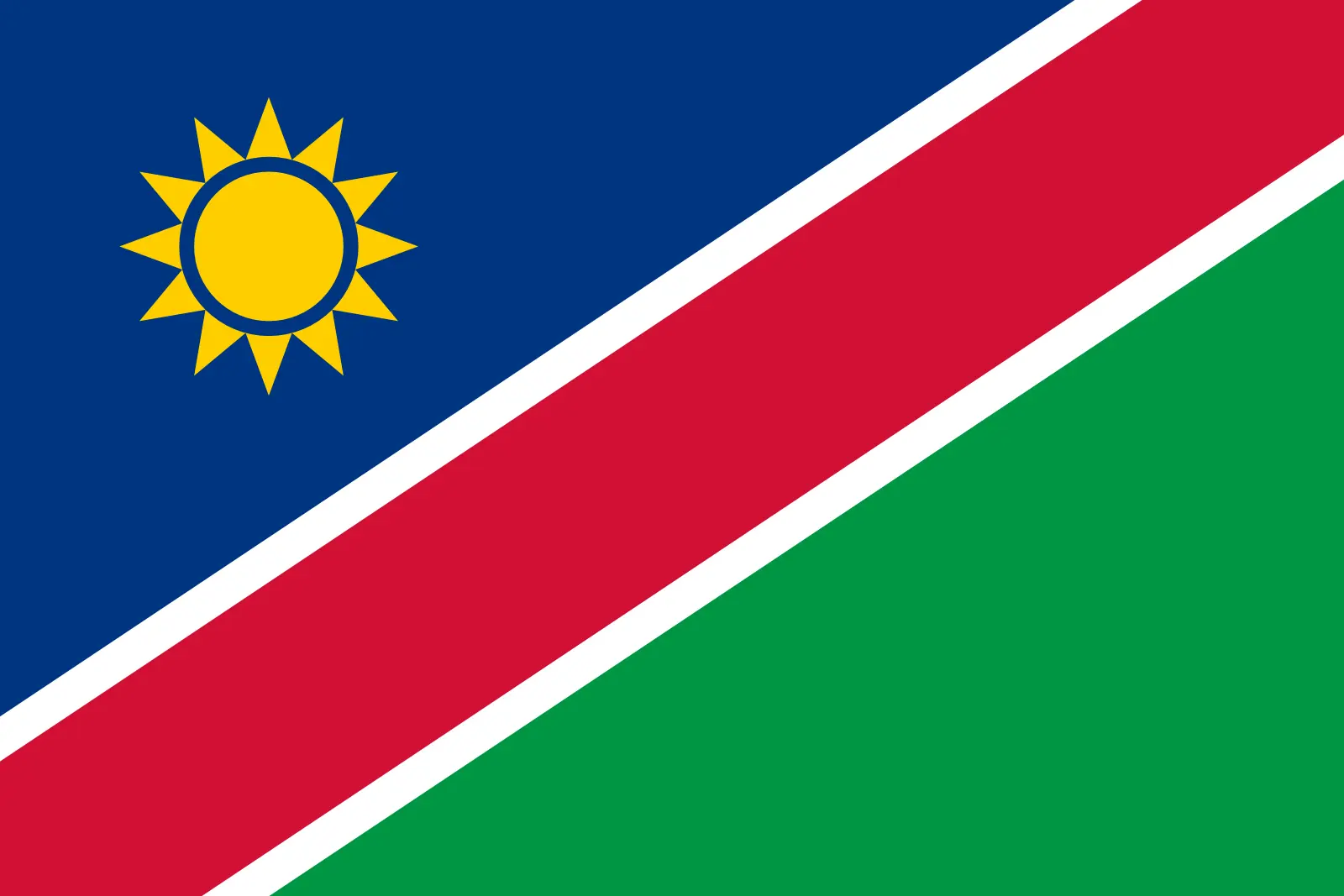 Namibia (+264)
Namibia (+264)
 Nauru (+674)
Nauru (+674)
 Nepal (+977)
Nepal (+977)
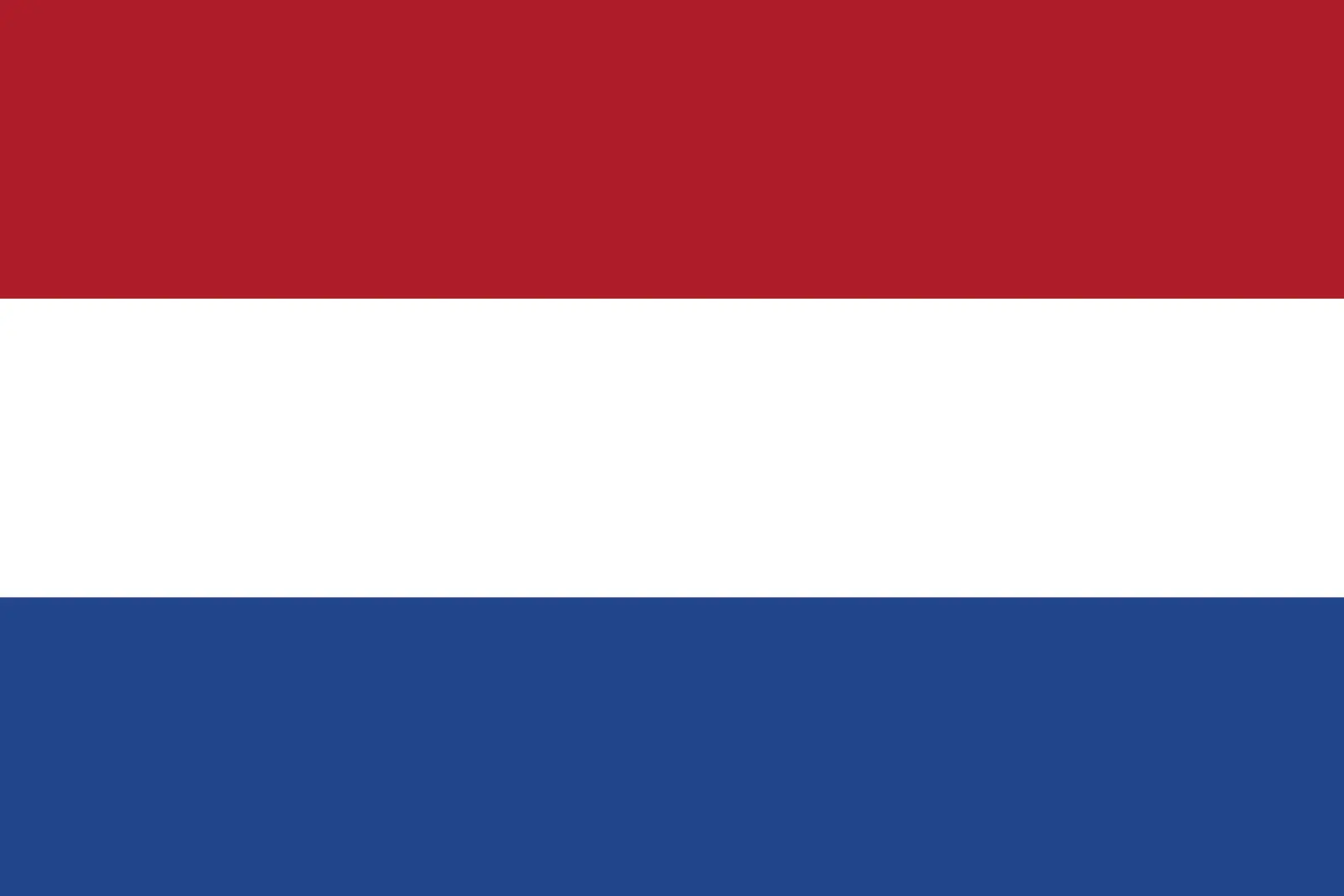 Netherlands (+31)
Netherlands (+31)
 New Caledonia (+687)
New Caledonia (+687)
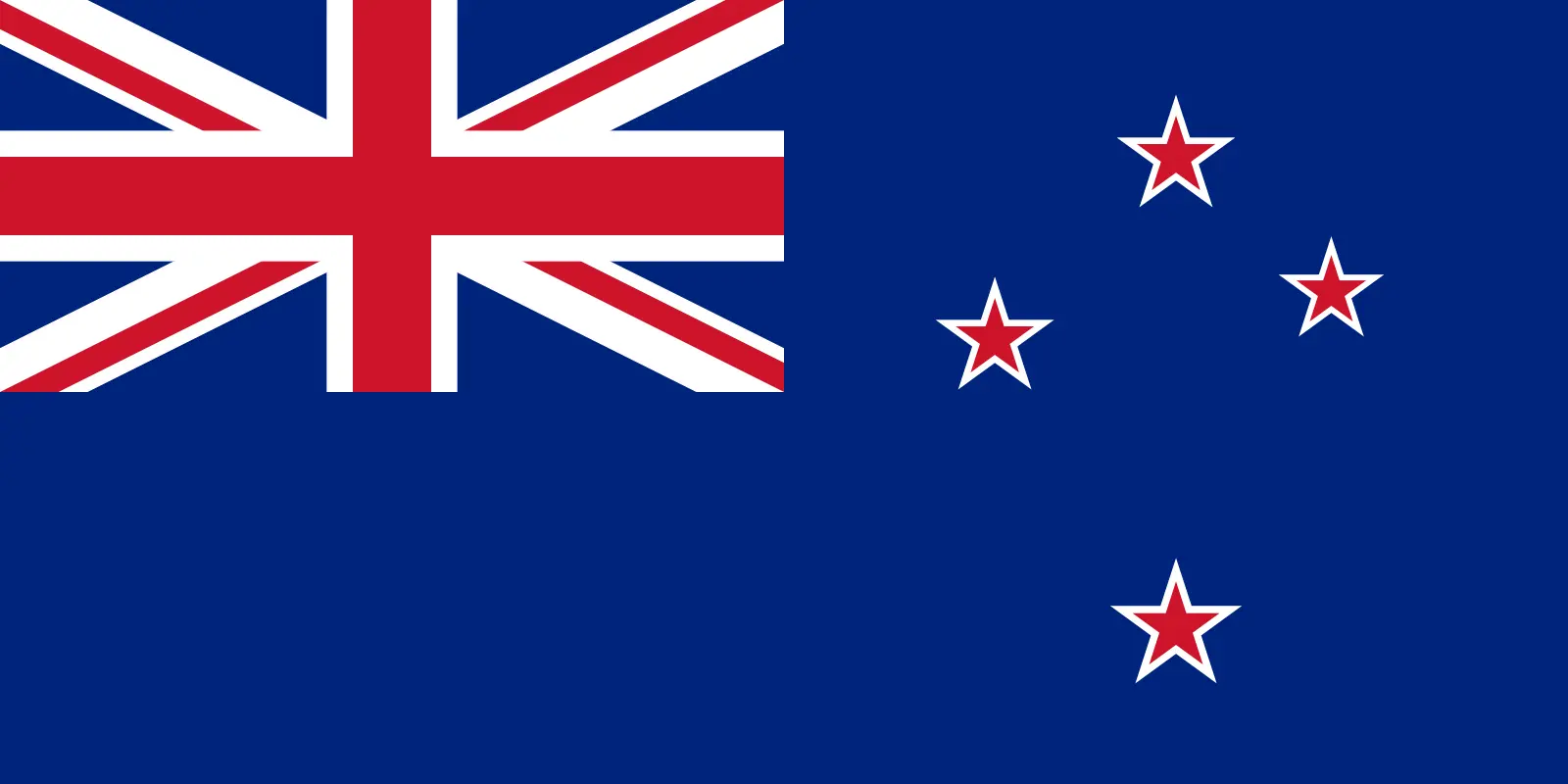 New Zealand (+64)
New Zealand (+64)
 Nicaragua (+505)
Nicaragua (+505)
 Niger (+227)
Niger (+227)
 Nigeria (+234)
Nigeria (+234)
 Niue (+683)
Niue (+683)
 Norfolk Island (+672)
Norfolk Island (+672)
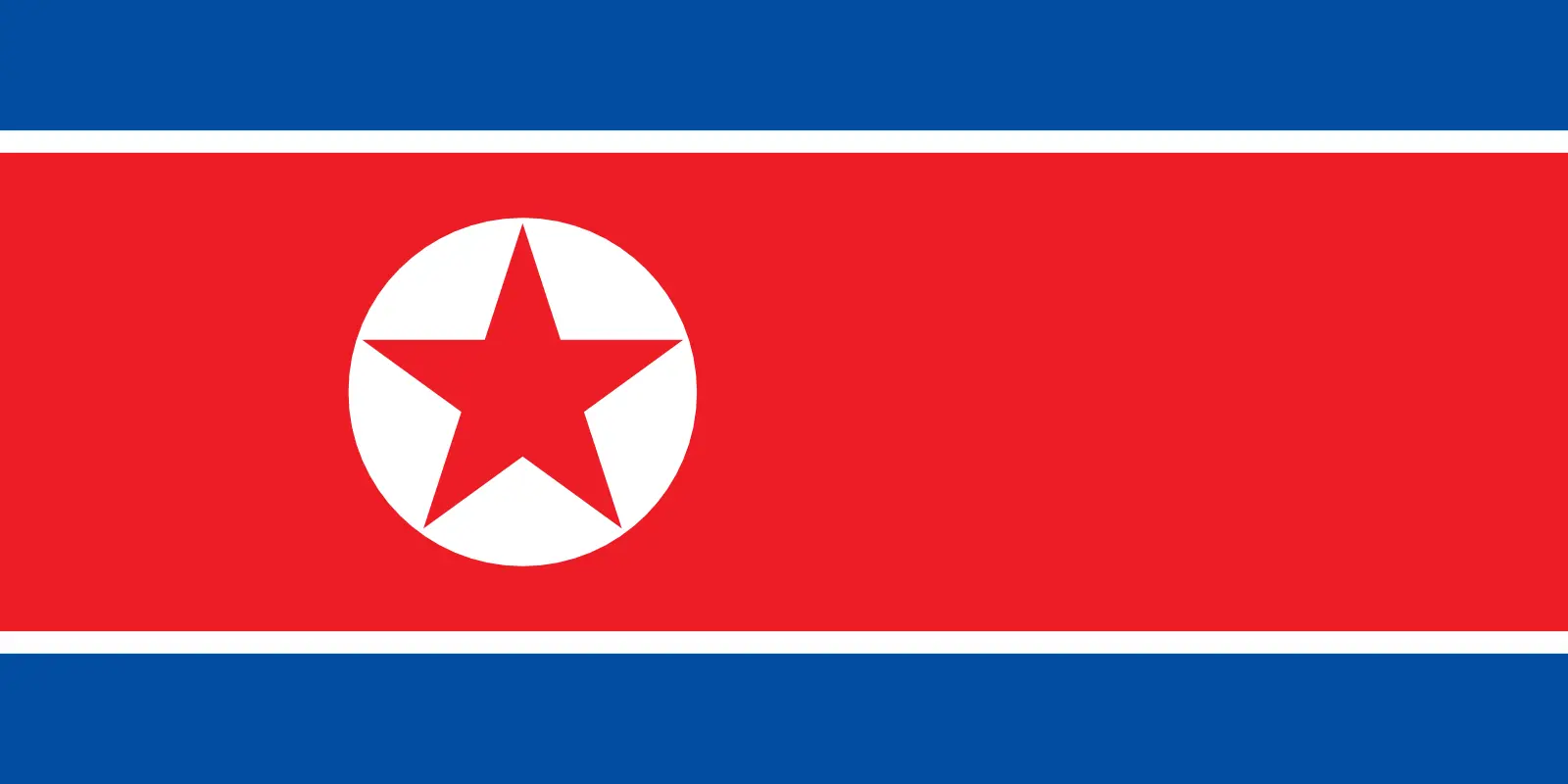 North Korea (+850)
North Korea (+850)
 Northern Mariana Islands (+1670)
Northern Mariana Islands (+1670)
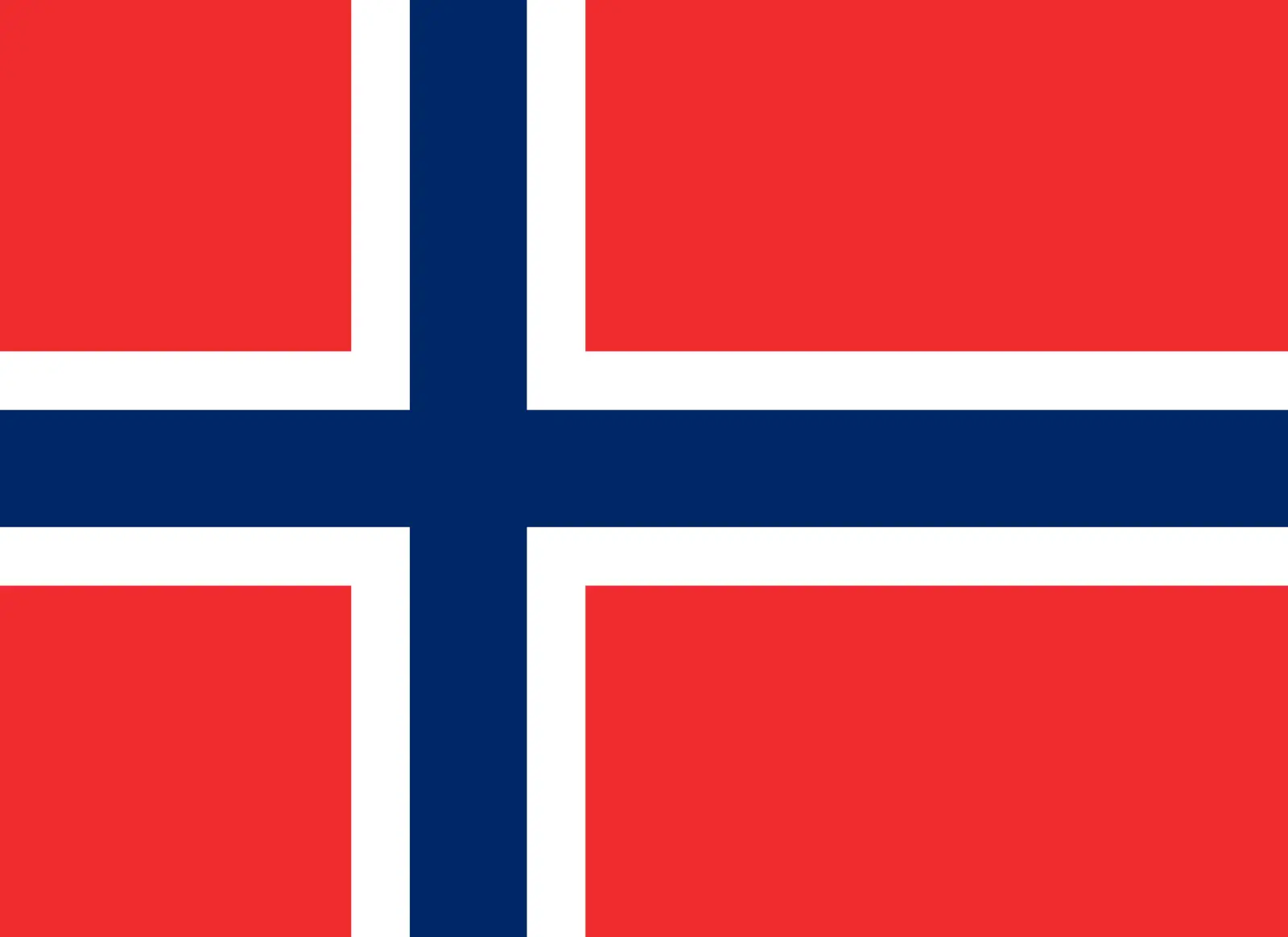 Norway (+47)
Norway (+47)
 Oman (+968)
Oman (+968)
 Pakistan (+92)
Pakistan (+92)
 Palau (+680)
Palau (+680)
 Palestine (+970)
Palestine (+970)
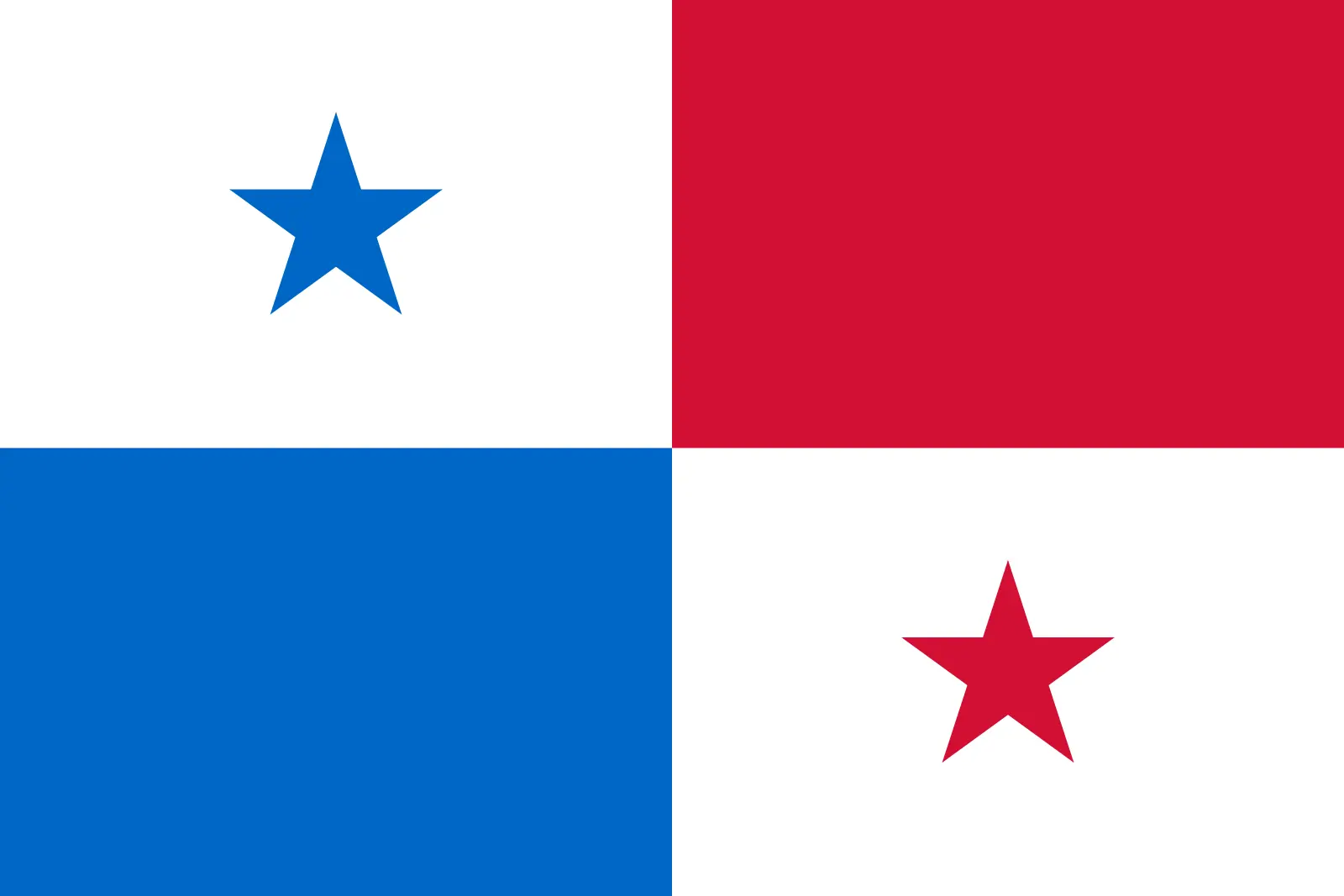 Panama (+507)
Panama (+507)
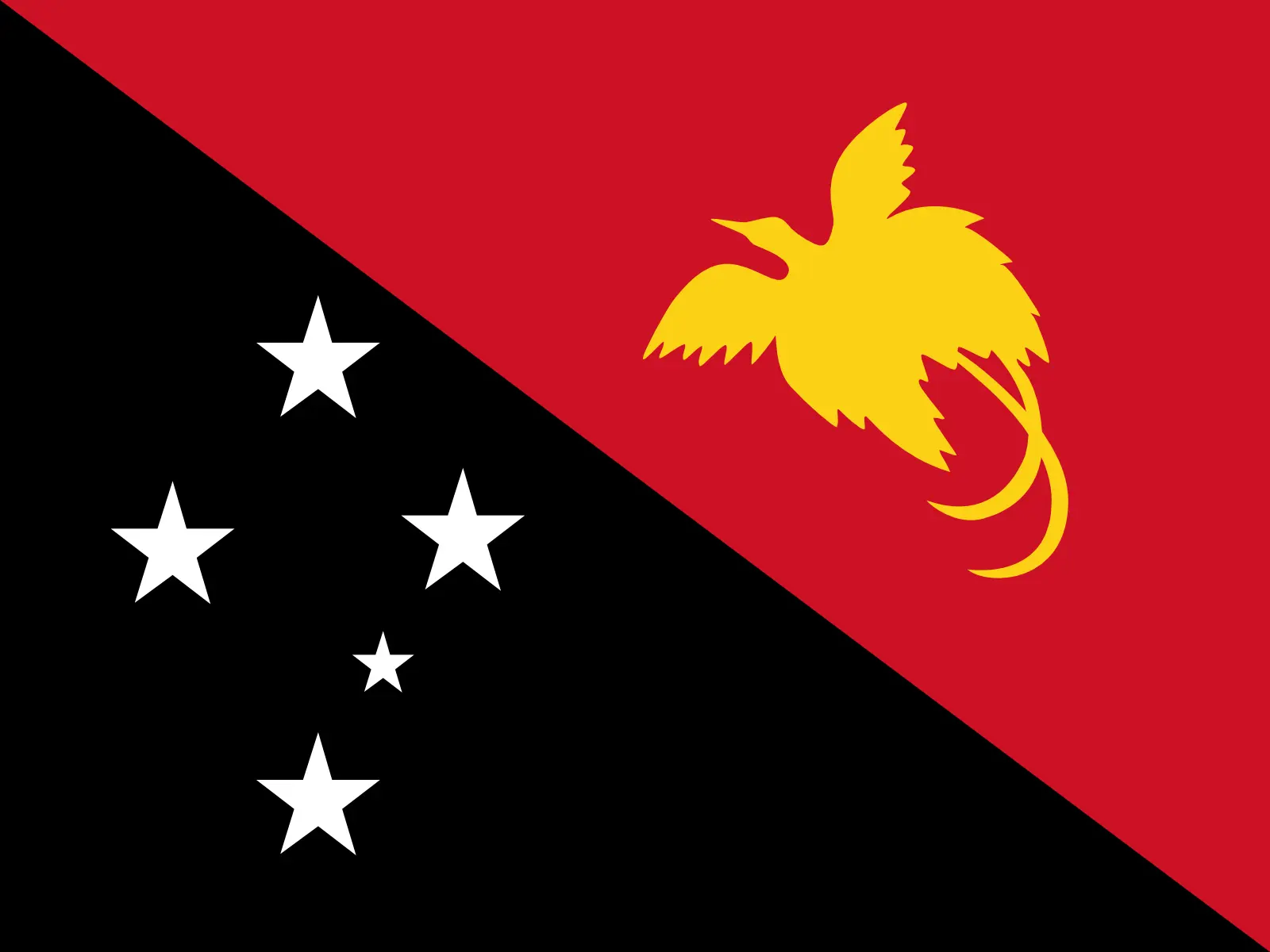 Papua New Guinea (+675)
Papua New Guinea (+675)
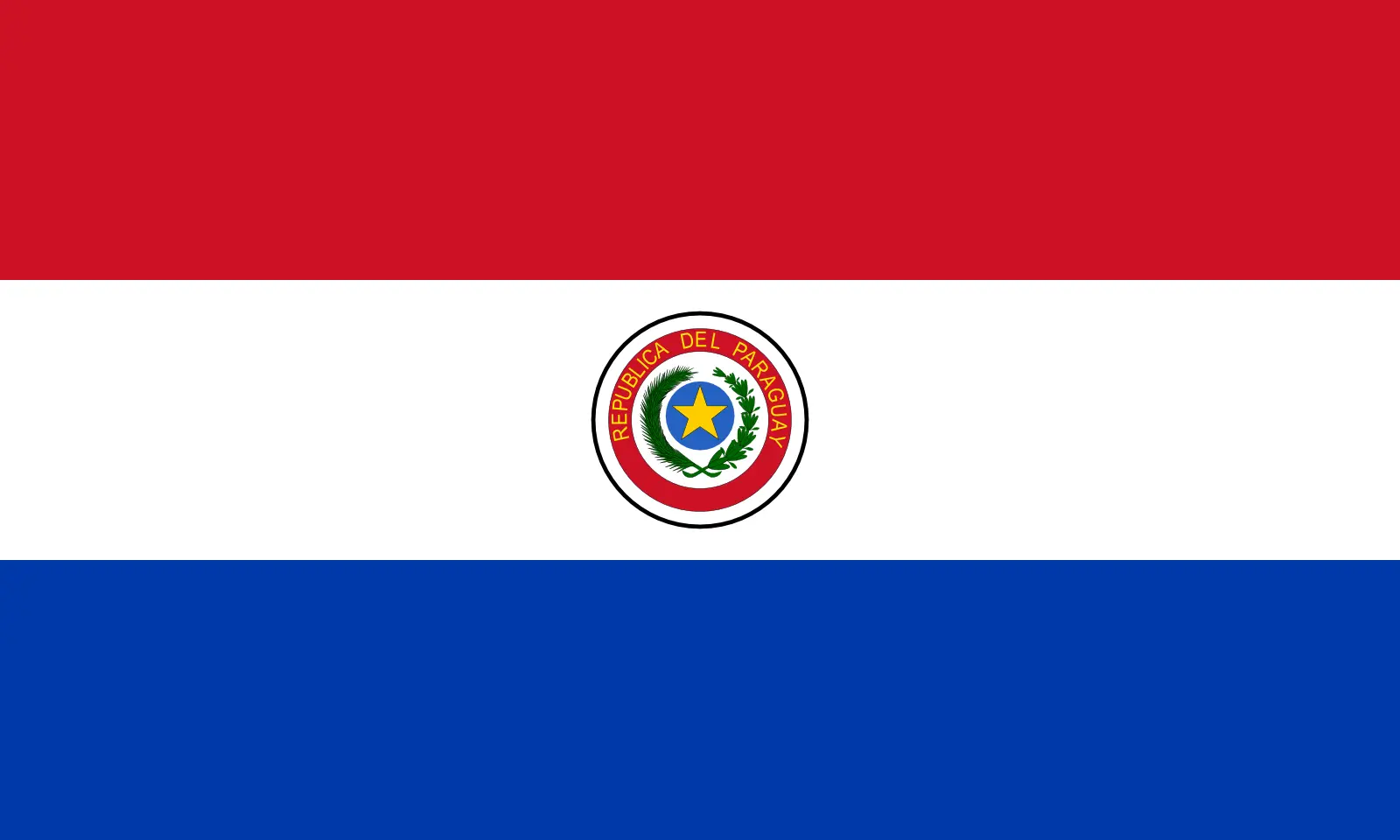 Paraguay (+595)
Paraguay (+595)
 Peru (+51)
Peru (+51)
 Philippines (+63)
Philippines (+63)
 Poland (+48)
Poland (+48)
 Portugal (+351)
Portugal (+351)
 Puerto Rico (+1787)
Puerto Rico (+1787)
 Qatar (+974)
Qatar (+974)
 Romania (+40)
Romania (+40)
 Russia (+7)
Russia (+7)
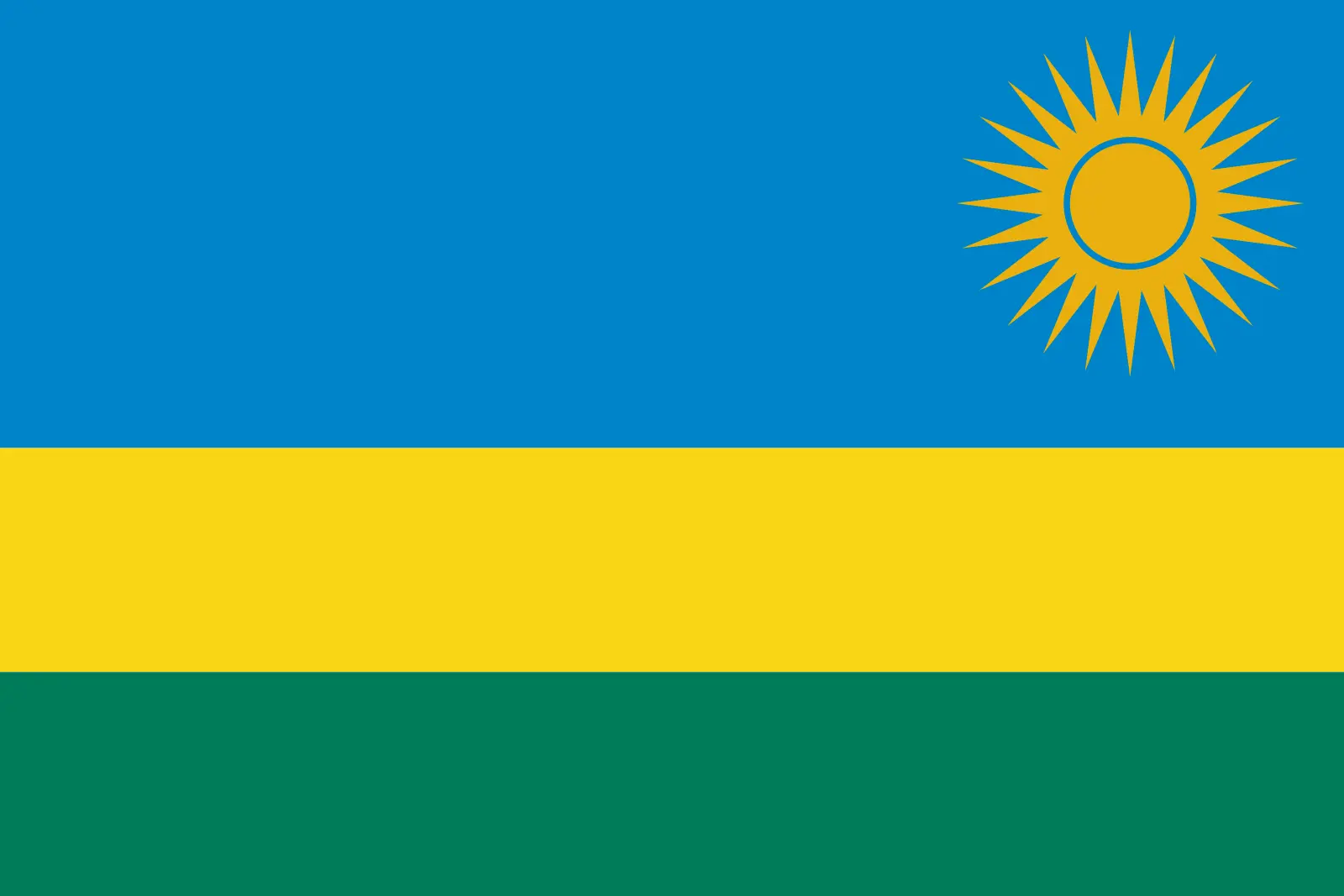 Rwanda (+250)
Rwanda (+250)
 Saint Barthélemy (+590)
Saint Barthélemy (+590)
 Saint Helena, Ascension and Tristan da Cunha (+290)
Saint Helena, Ascension and Tristan da Cunha (+290)
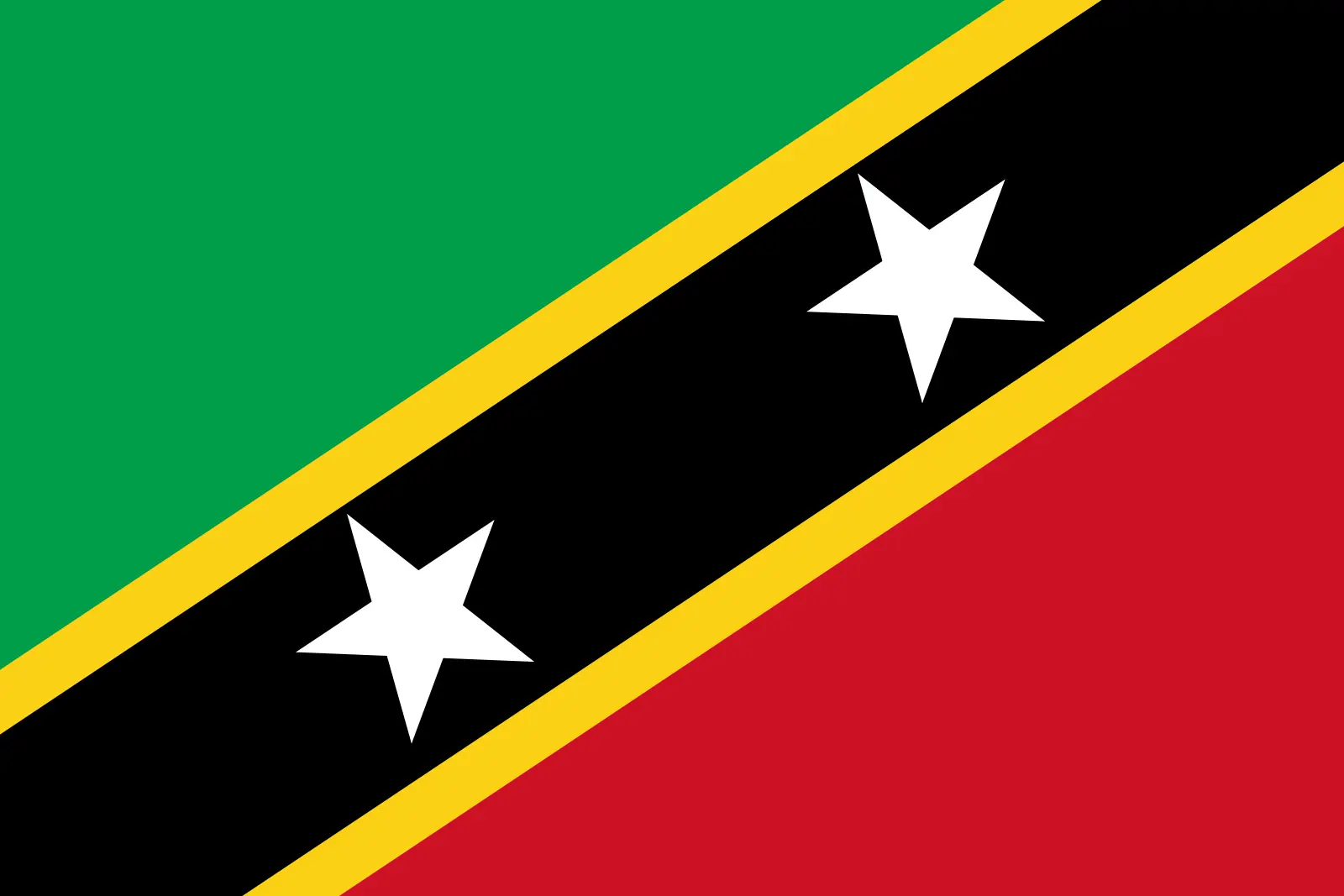 Saint Kitts and Nevis (+1869)
Saint Kitts and Nevis (+1869)
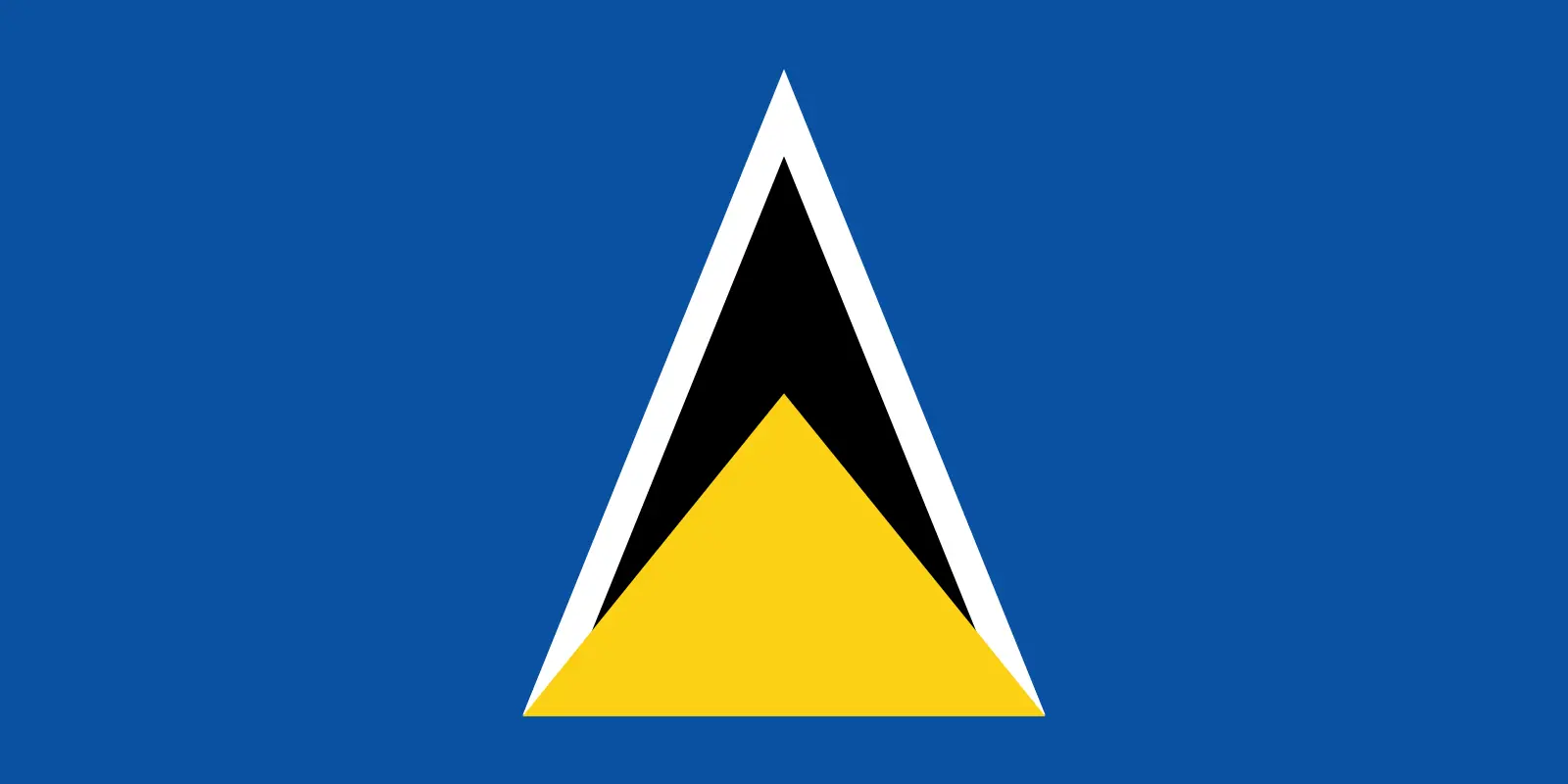 Saint Lucia (+1758)
Saint Lucia (+1758)
 Saint Martin (French part) (+590)
Saint Martin (French part) (+590)
 Saint Pierre and Miquelon (+508)
Saint Pierre and Miquelon (+508)
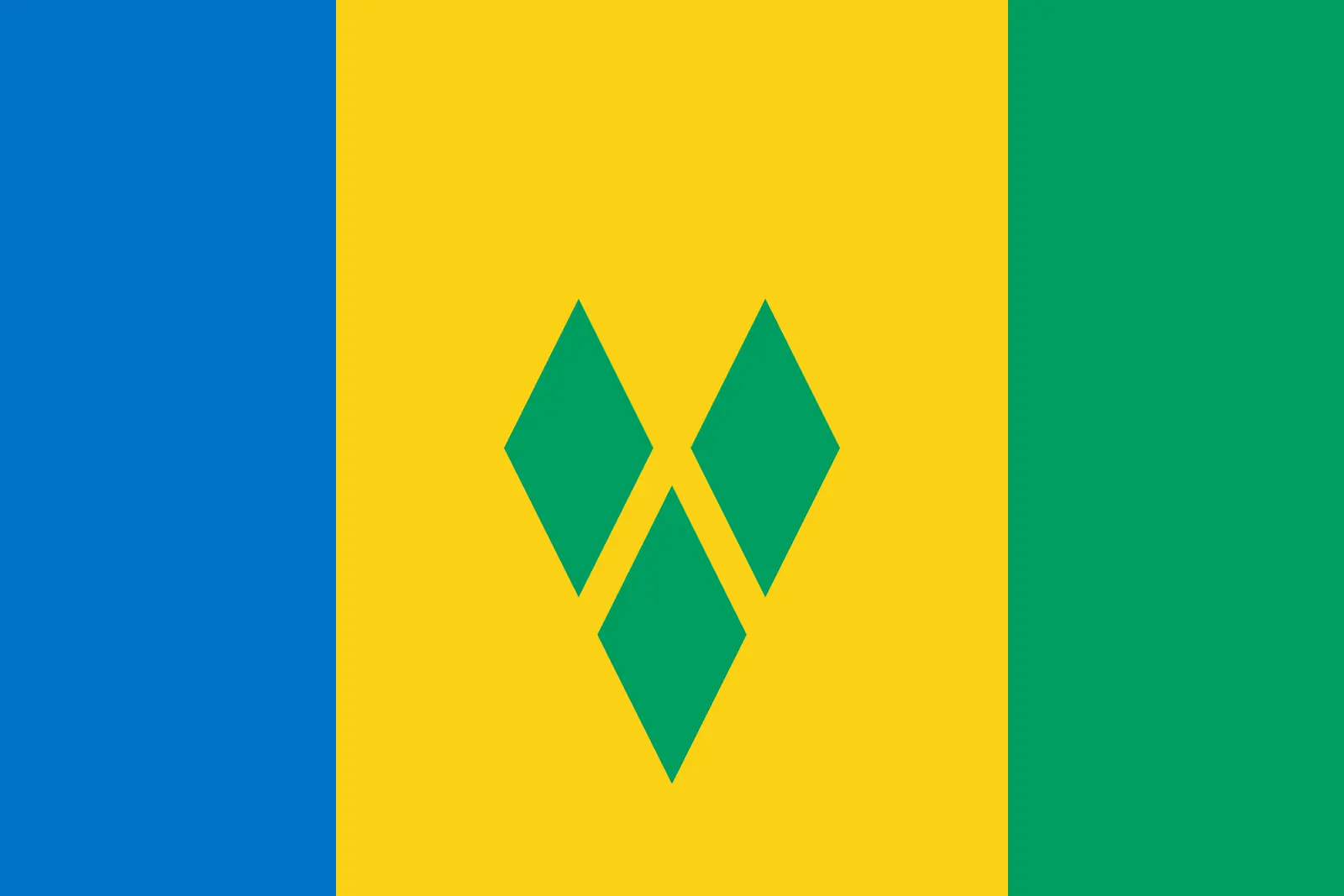 Saint Vincent and the Grenadines (+1784)
Saint Vincent and the Grenadines (+1784)
 Samoa (+685)
Samoa (+685)
 San Marino (+378)
San Marino (+378)
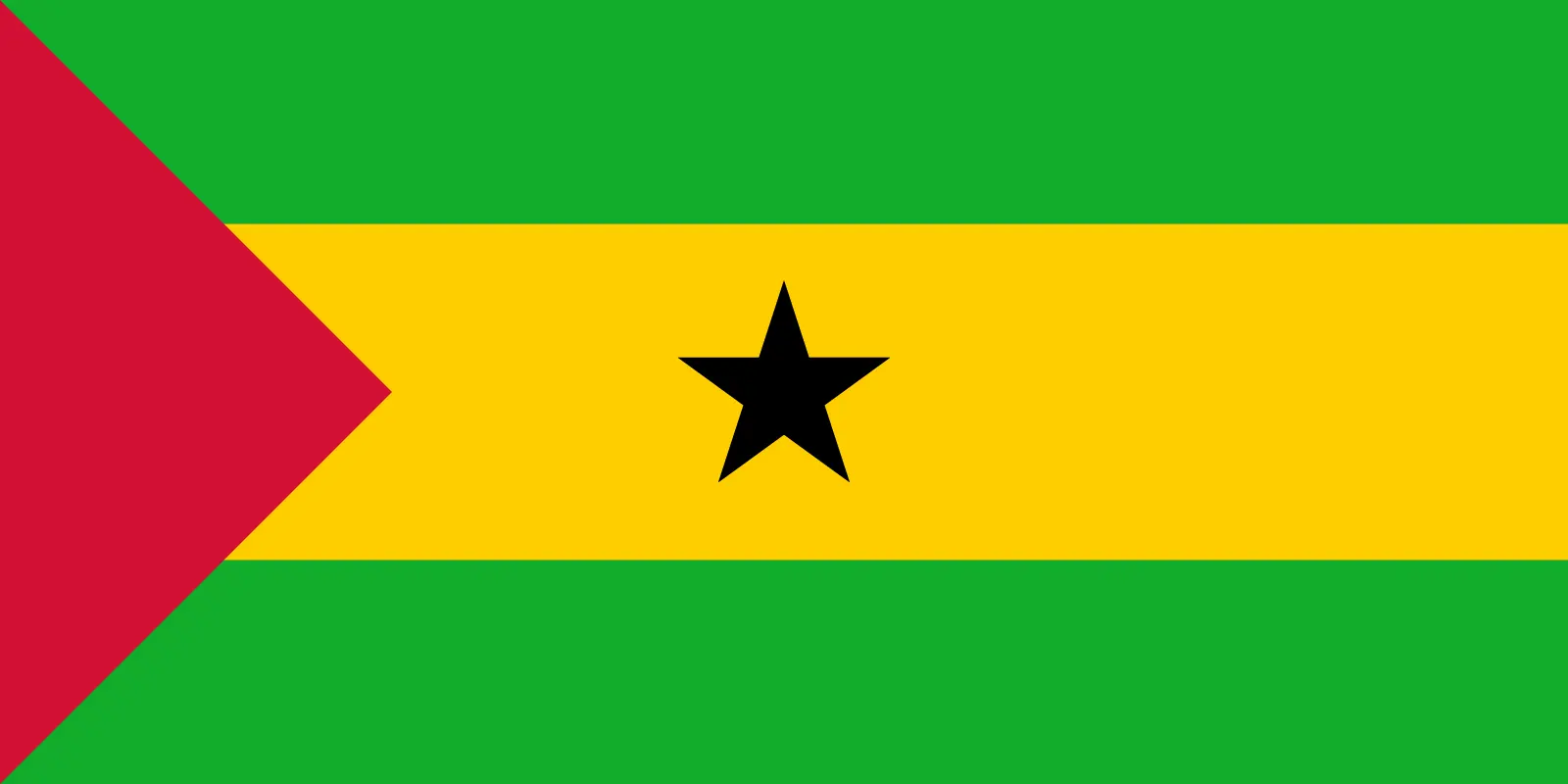 Sao Tome and Principe (+239)
Sao Tome and Principe (+239)
 Saudi Arabia (+966)
Saudi Arabia (+966)
 Senegal (+221)
Senegal (+221)
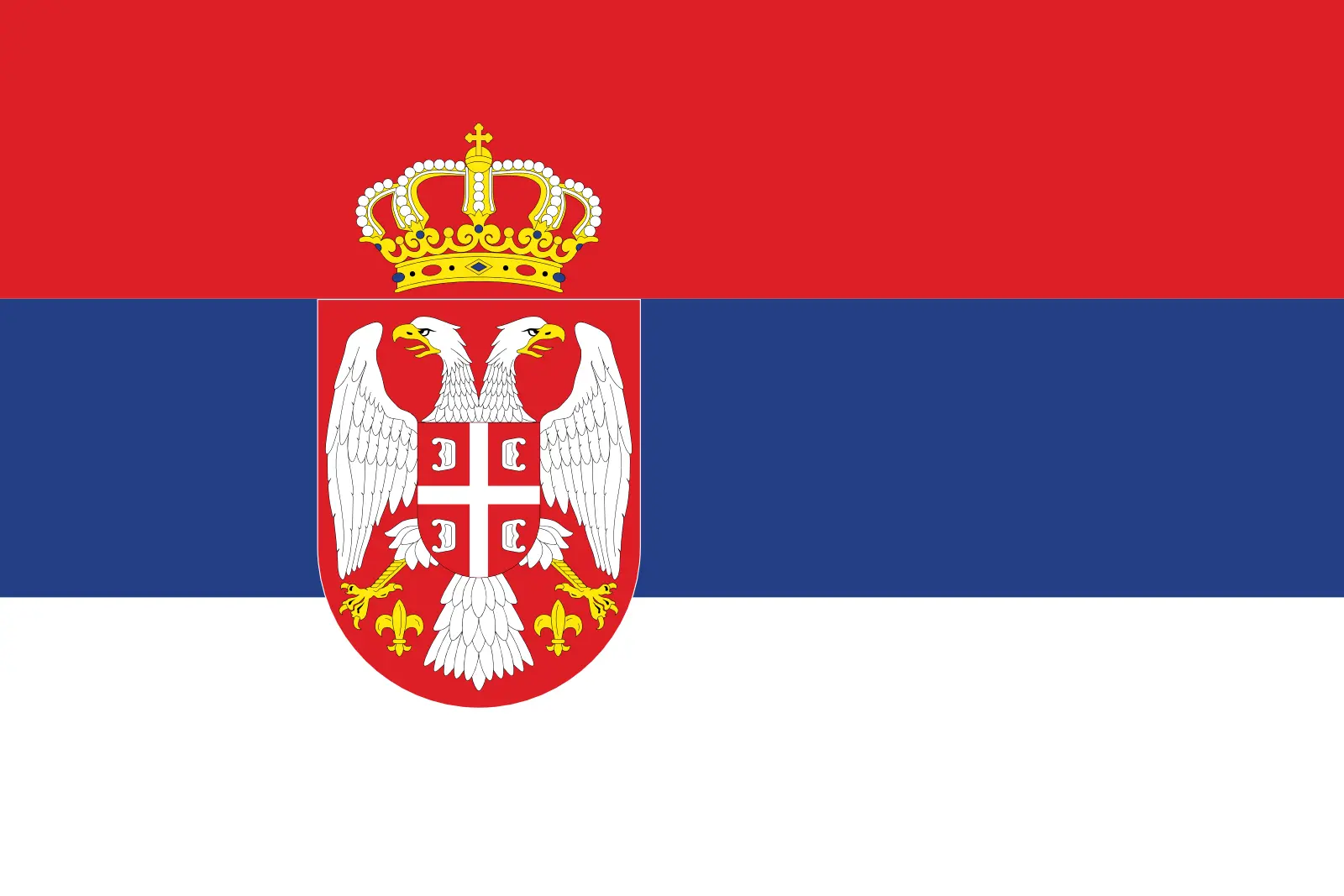 Serbia (+381)
Serbia (+381)
 Seychelles (+248)
Seychelles (+248)
 Sierra Leone (+232)
Sierra Leone (+232)
 Singapore (+65)
Singapore (+65)
 Sint Maarten (Dutch part) (+1721)
Sint Maarten (Dutch part) (+1721)
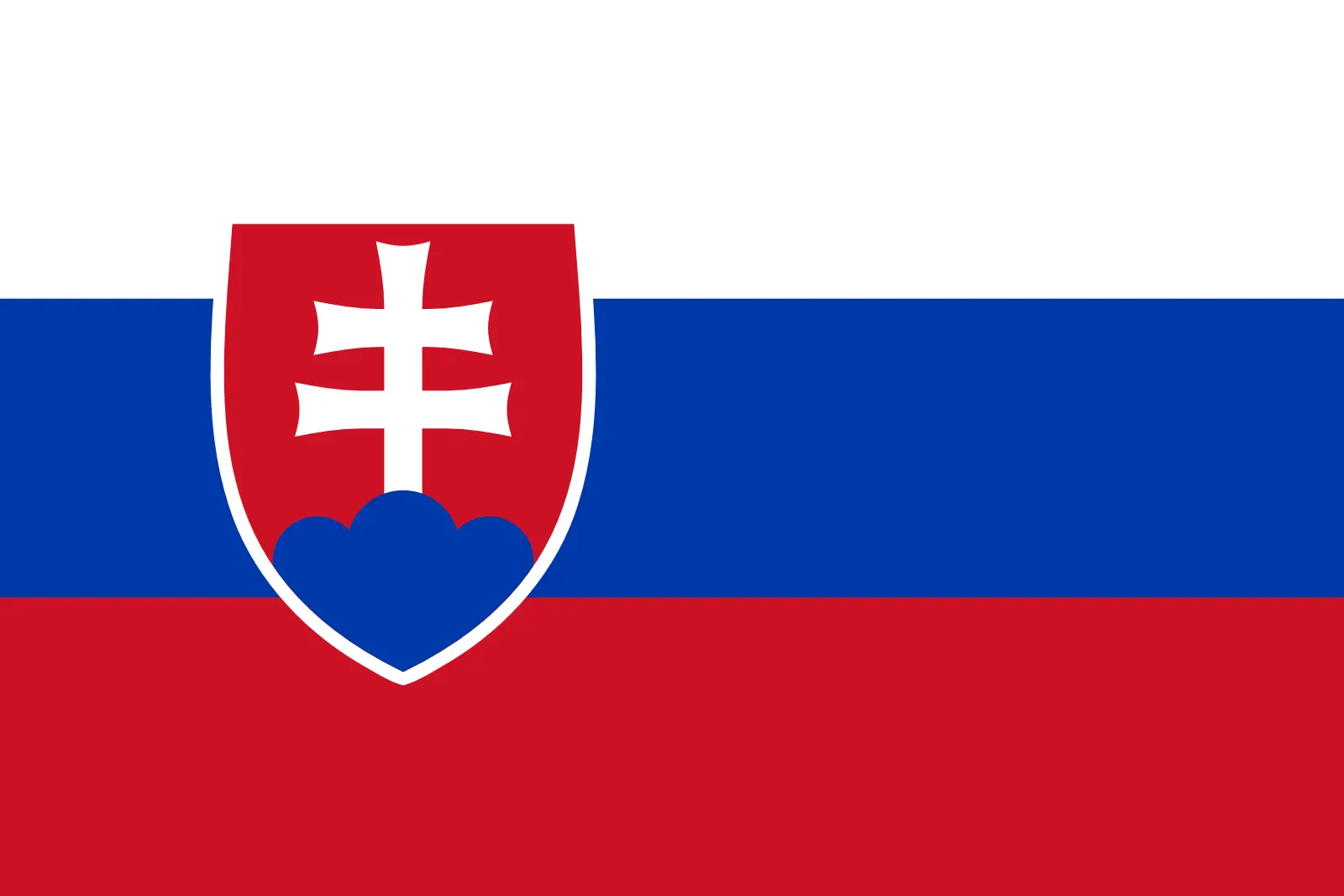 Slovakia (+421)
Slovakia (+421)
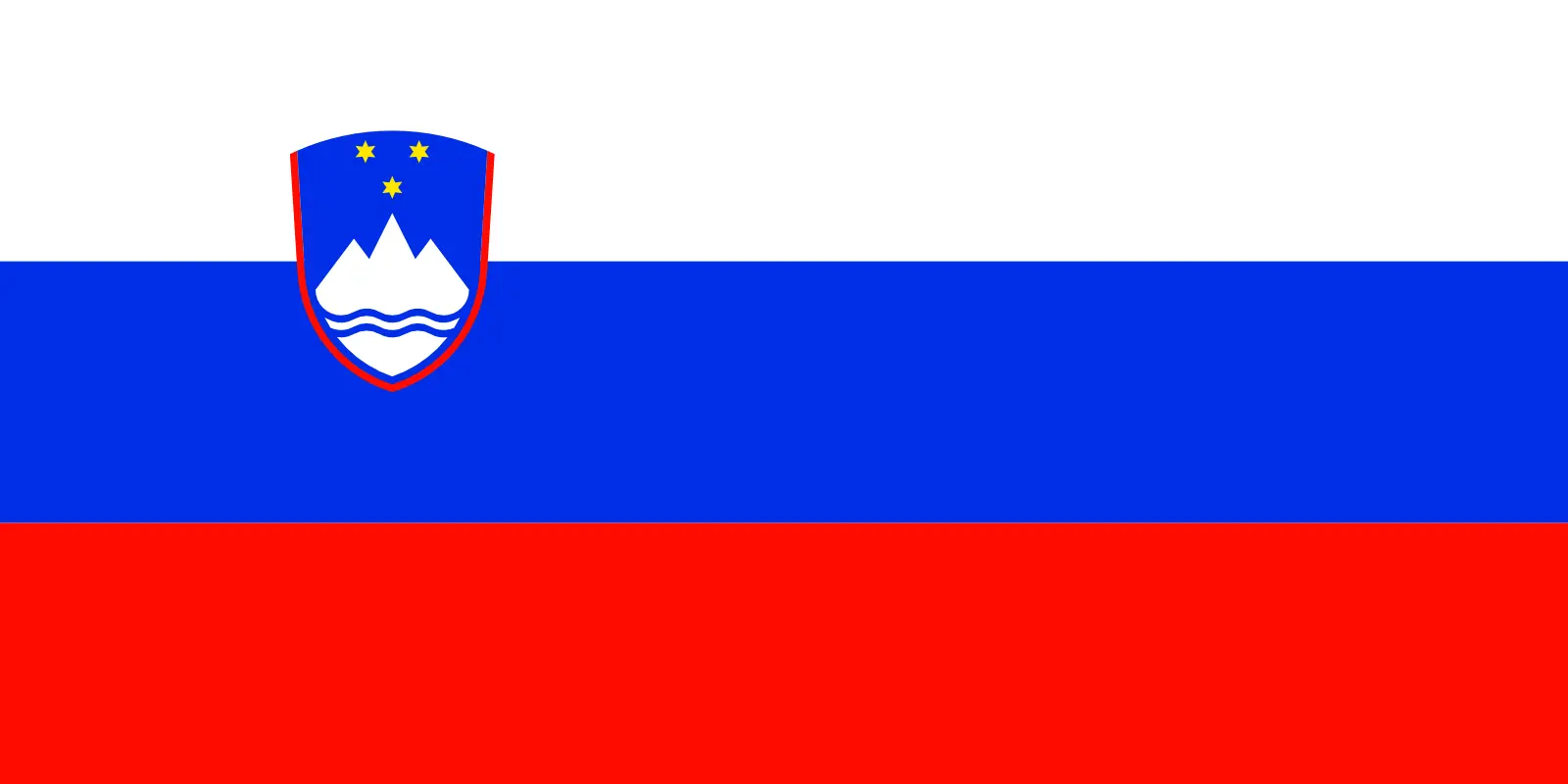 Slovenia (+386)
Slovenia (+386)
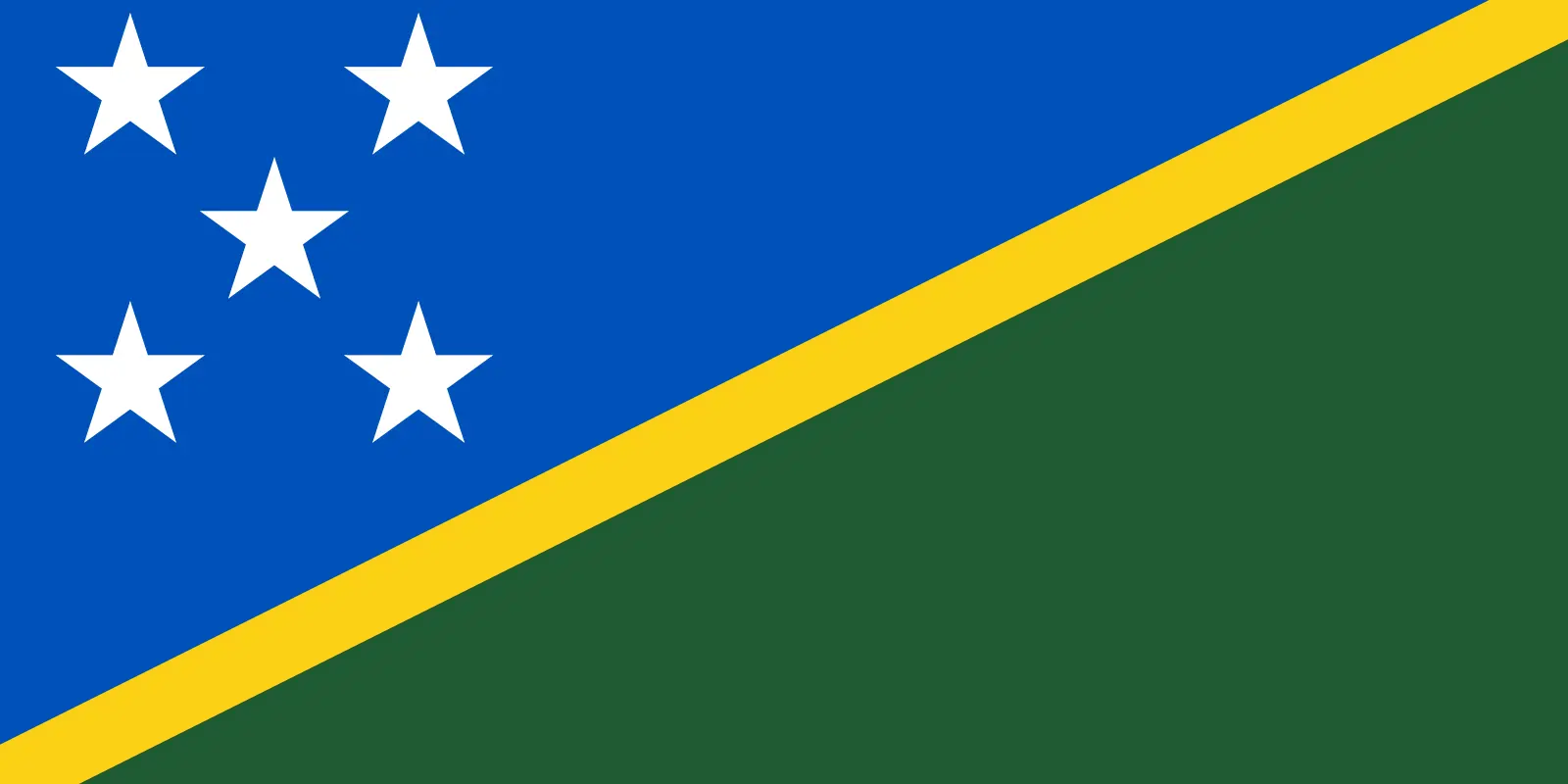 Solomon Islands (+677)
Solomon Islands (+677)
 Somalia (+252)
Somalia (+252)
 South Africa (+27)
South Africa (+27)
 South Georgia and the South Sandwich Islands (+0)
South Georgia and the South Sandwich Islands (+0)
 South Korea (+82)
South Korea (+82)
 South Sudan (+211)
South Sudan (+211)
 Spain (+34)
Spain (+34)
 Sri Lanka (+94)
Sri Lanka (+94)
 Sudan (+249)
Sudan (+249)
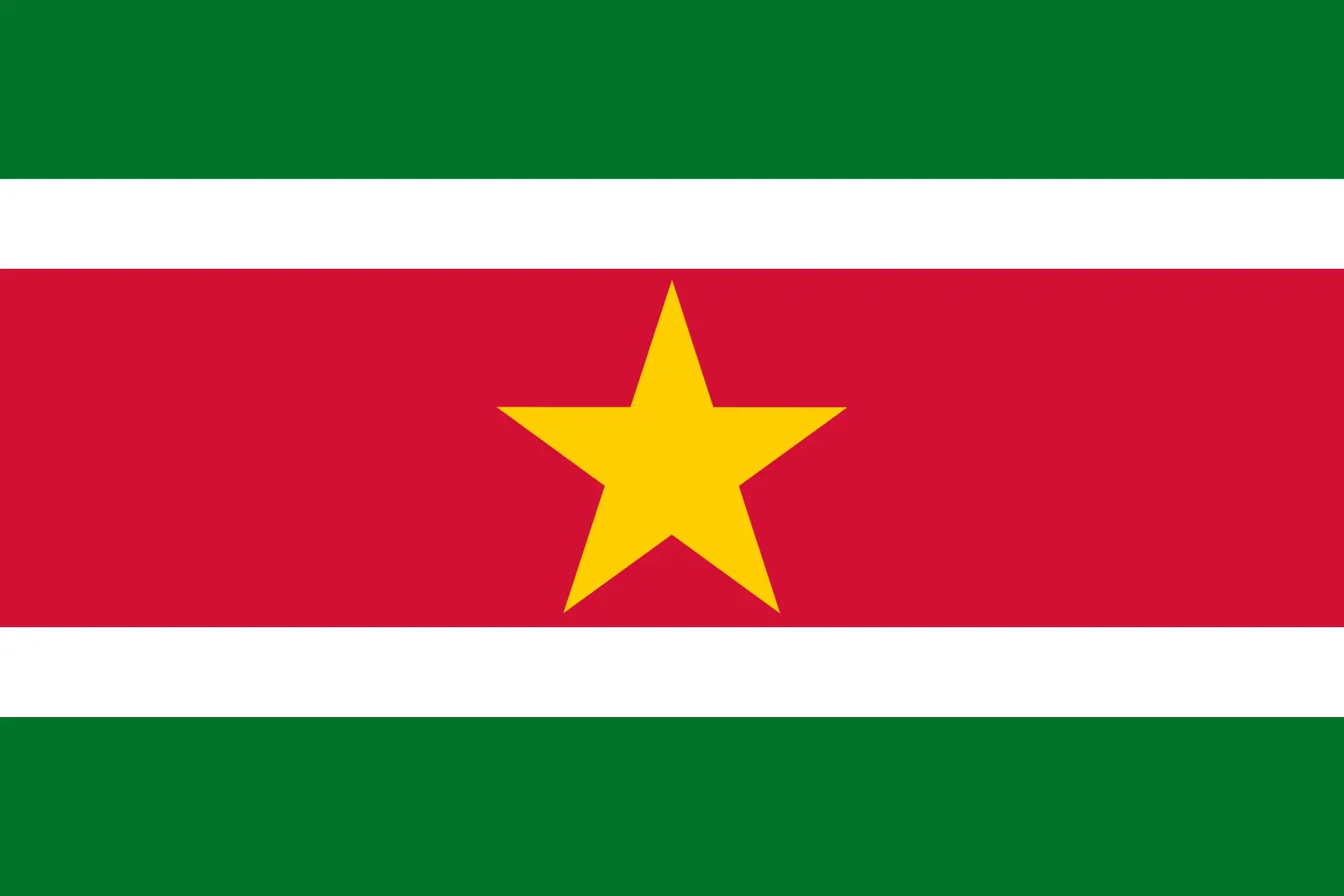 Suriname (+597)
Suriname (+597)
 Svalbard and Jan Mayen (+47)
Svalbard and Jan Mayen (+47)
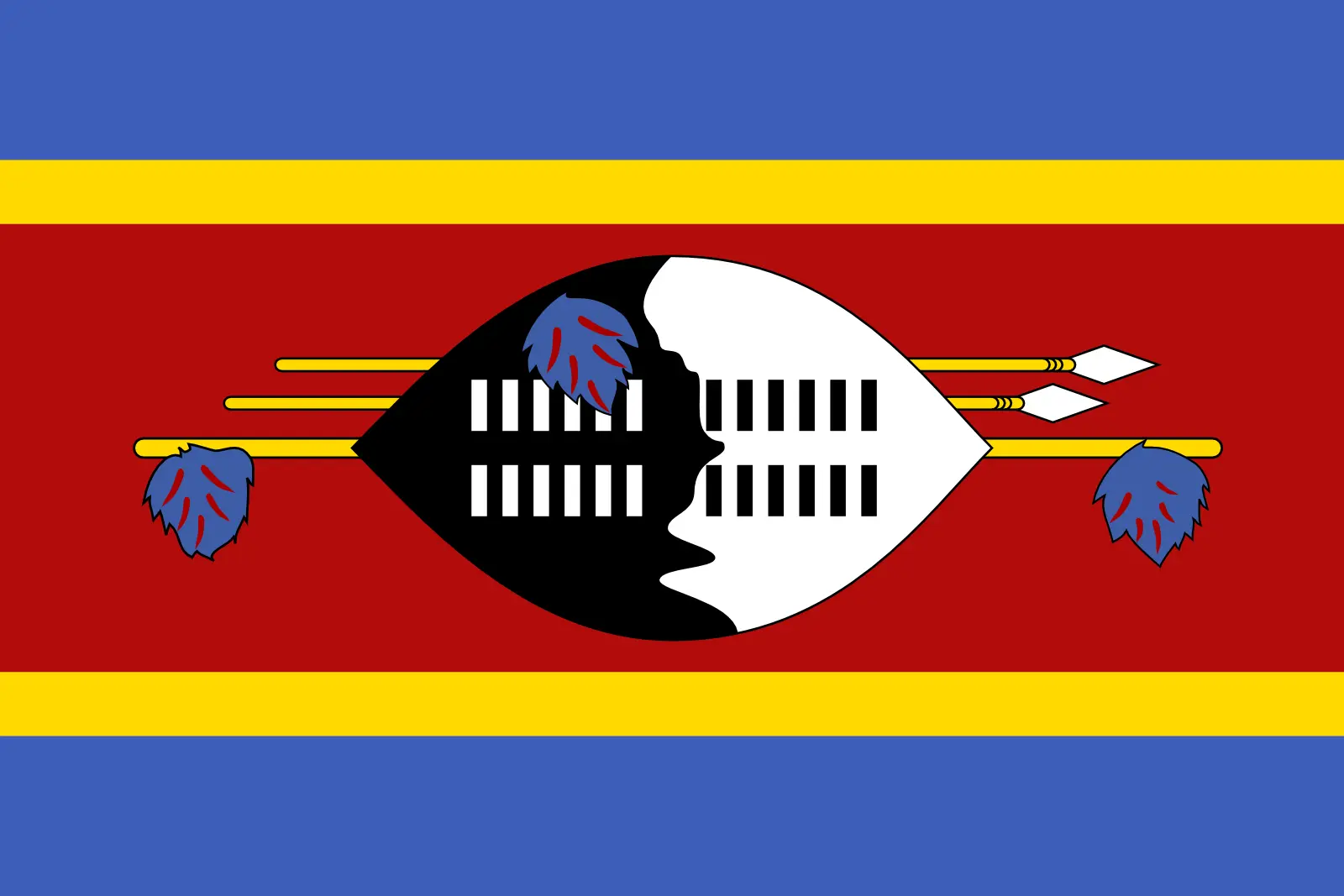 Eswatini (+268)
Eswatini (+268)
 Sweden (+46)
Sweden (+46)
 Switzerland (+41)
Switzerland (+41)
 Syria (+963)
Syria (+963)
 Taiwan (+886)
Taiwan (+886)
 Tajikistan (+992)
Tajikistan (+992)
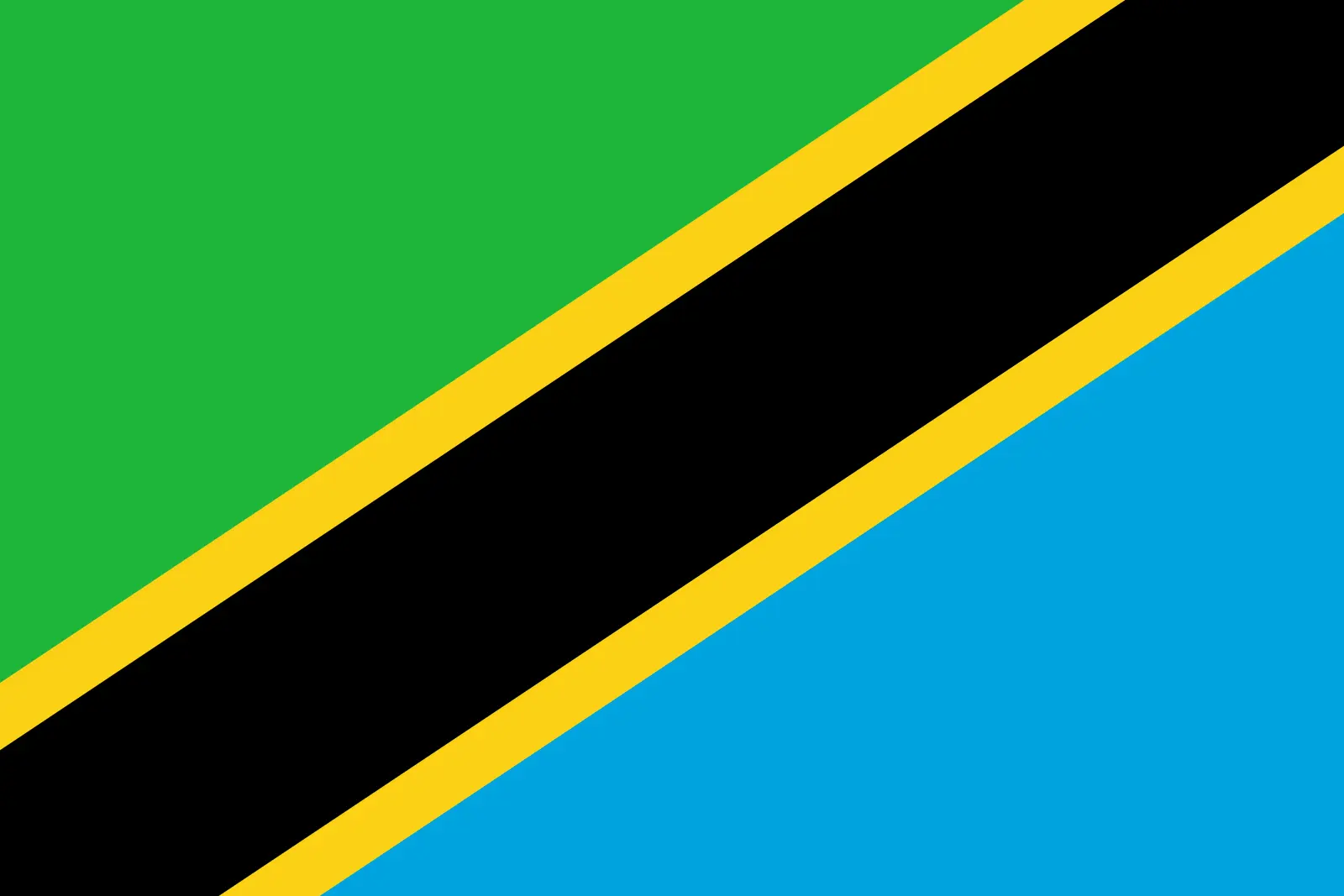 Tanzania (+255)
Tanzania (+255)
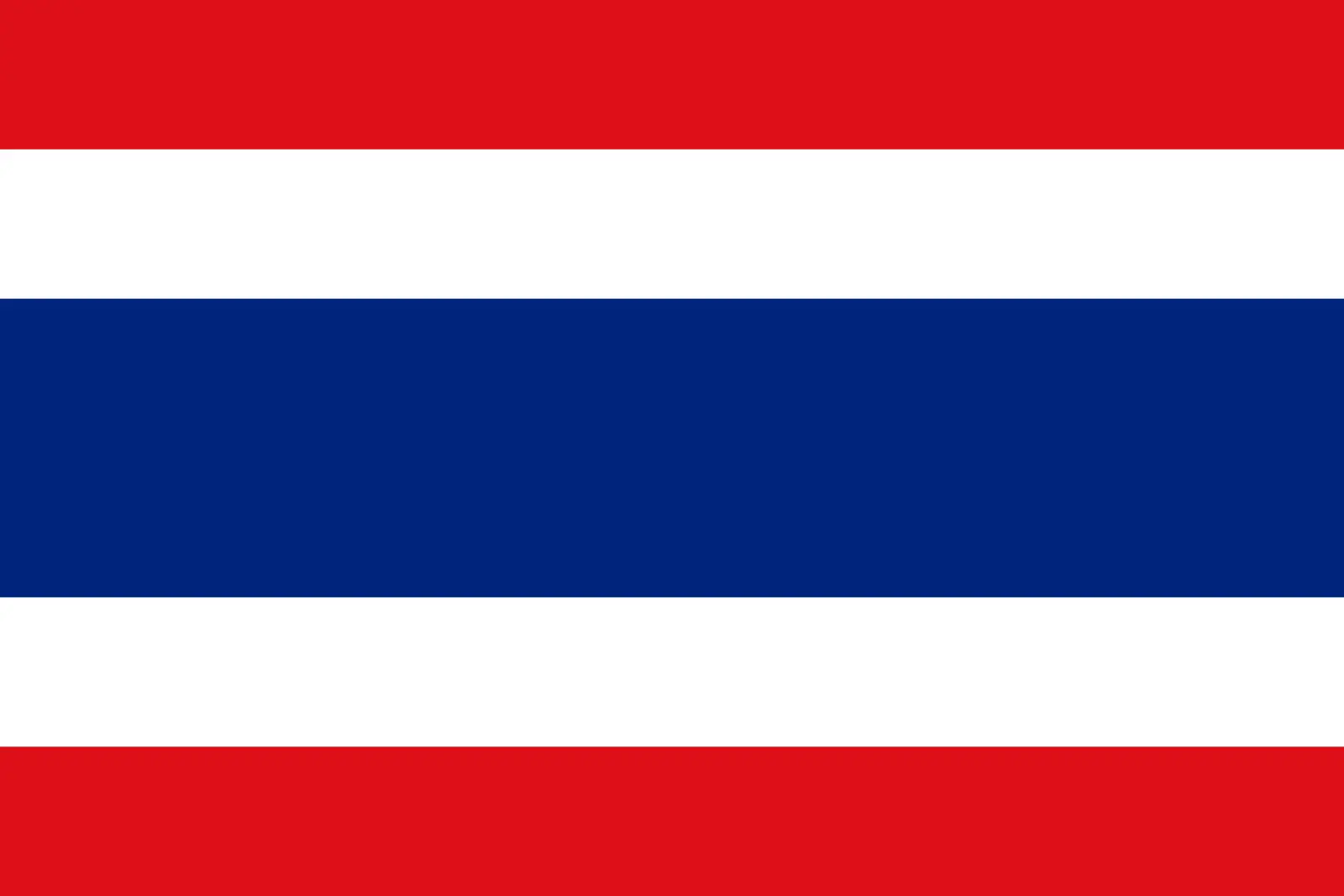 Thailand (+66)
Thailand (+66)
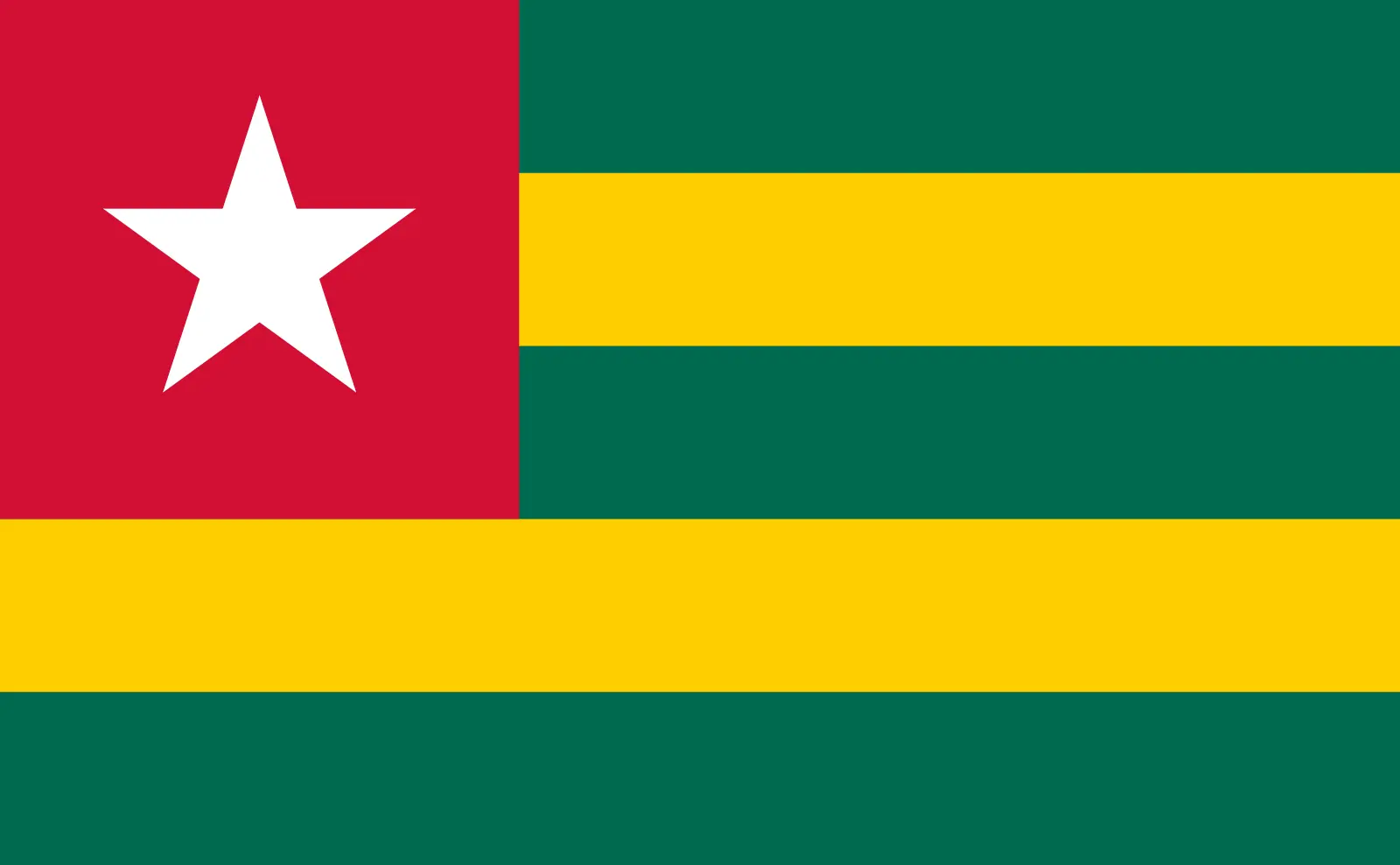 Togo (+228)
Togo (+228)
 Tokelau (+690)
Tokelau (+690)
 Tonga (+676)
Tonga (+676)
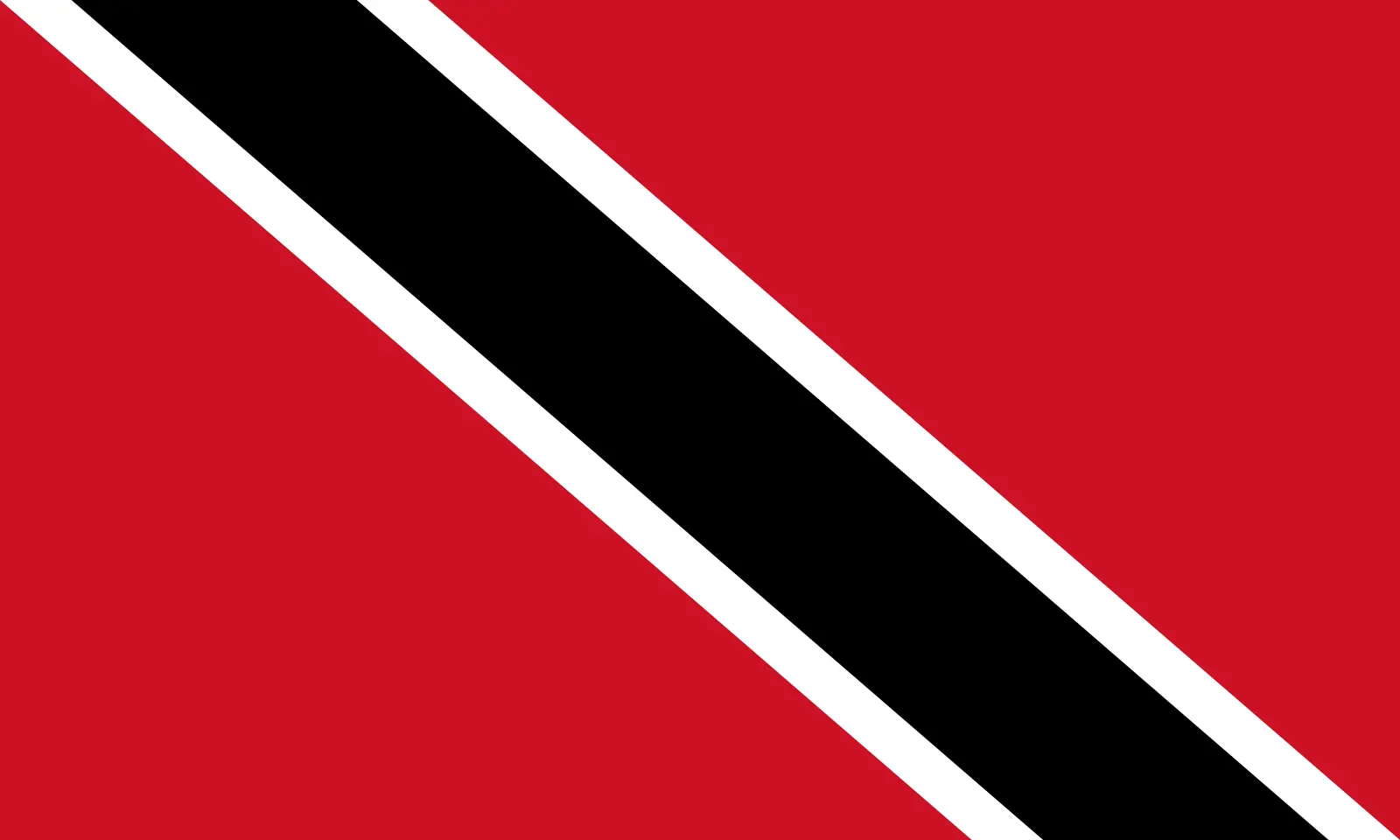 Trinidad and Tobago (+1868)
Trinidad and Tobago (+1868)
 Tunisia (+216)
Tunisia (+216)
 Turkey (+90)
Turkey (+90)
 Turkmenistan (+993)
Turkmenistan (+993)
 Turks and Caicos Islands (+1649)
Turks and Caicos Islands (+1649)
 Tuvalu (+688)
Tuvalu (+688)
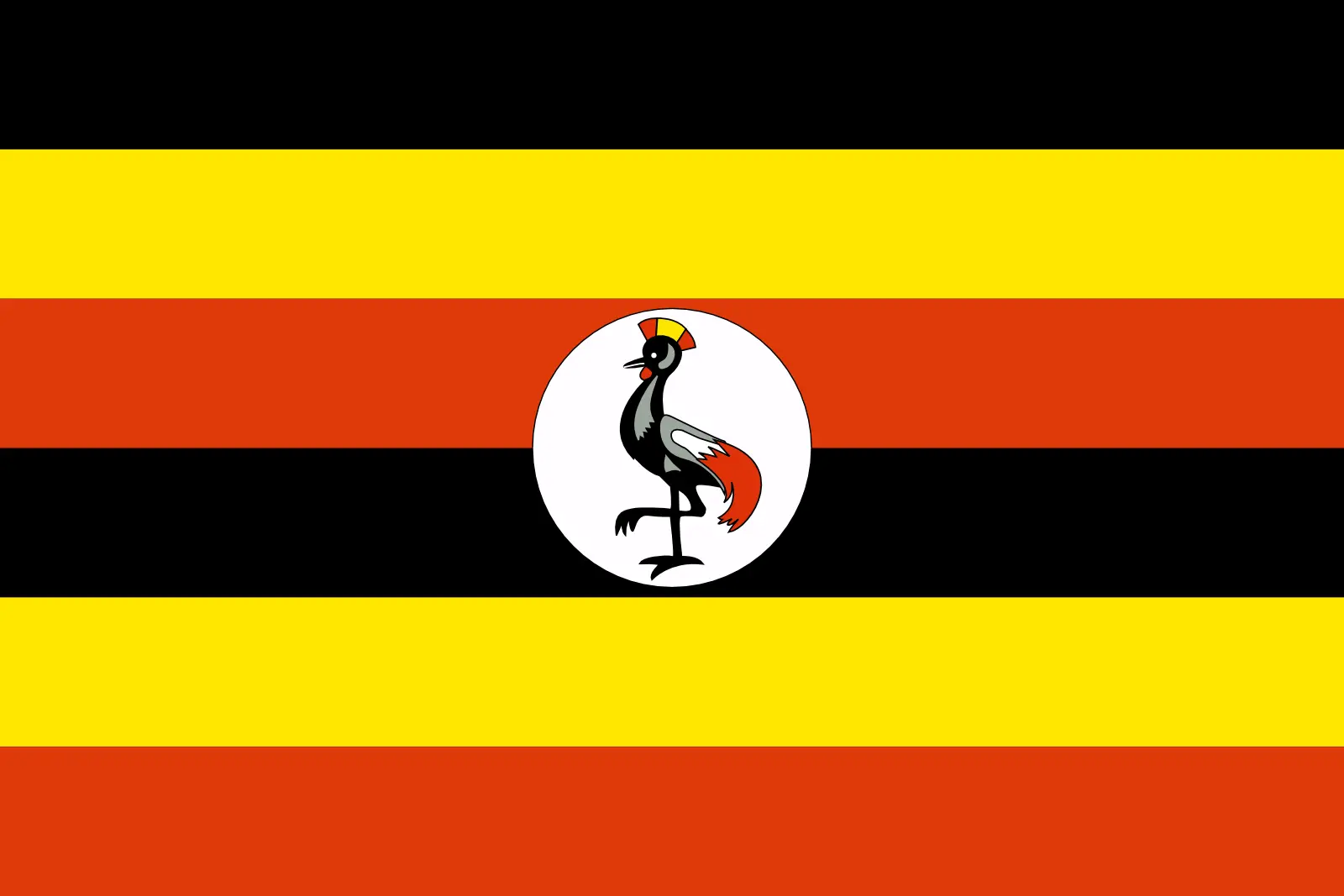 Uganda (+256)
Uganda (+256)
 Ukraine (+380)
Ukraine (+380)
 United Arab Emirates (+971)
United Arab Emirates (+971)
 United Kingdom (+44)
United Kingdom (+44)
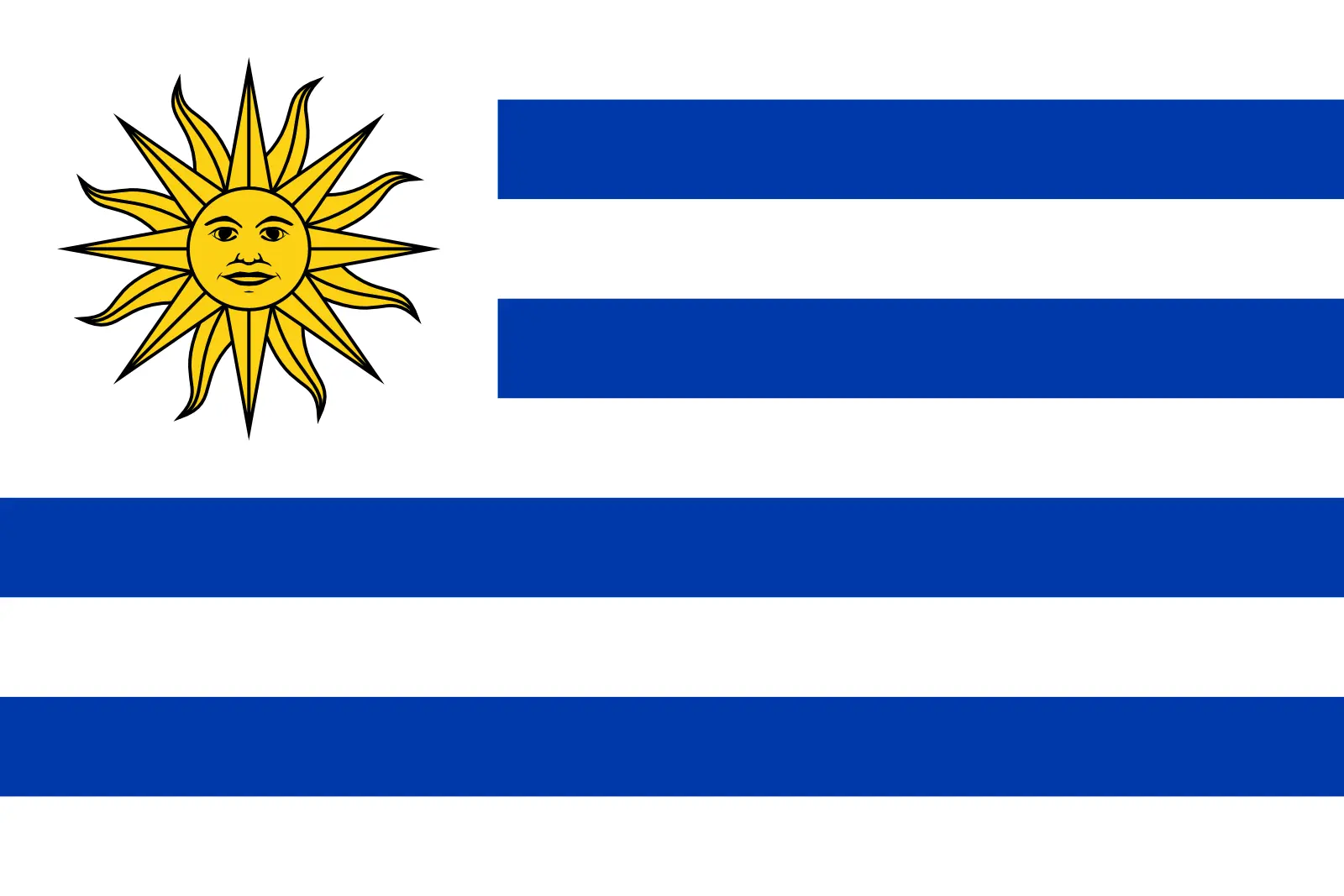 Uruguay (+598)
Uruguay (+598)
 Uzbekistan (+998)
Uzbekistan (+998)
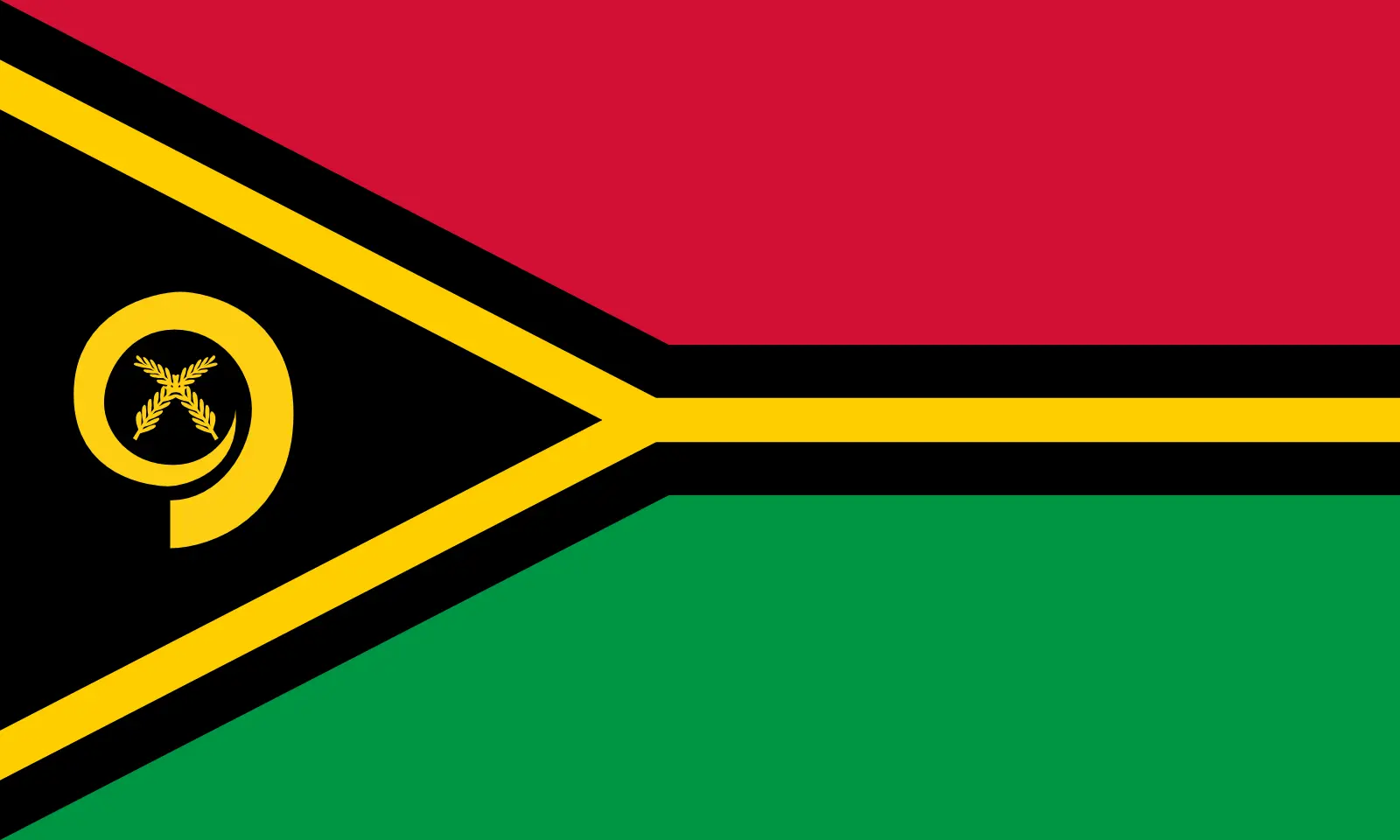 Vanuatu (+678)
Vanuatu (+678)
 Vatican City (+39)
Vatican City (+39)
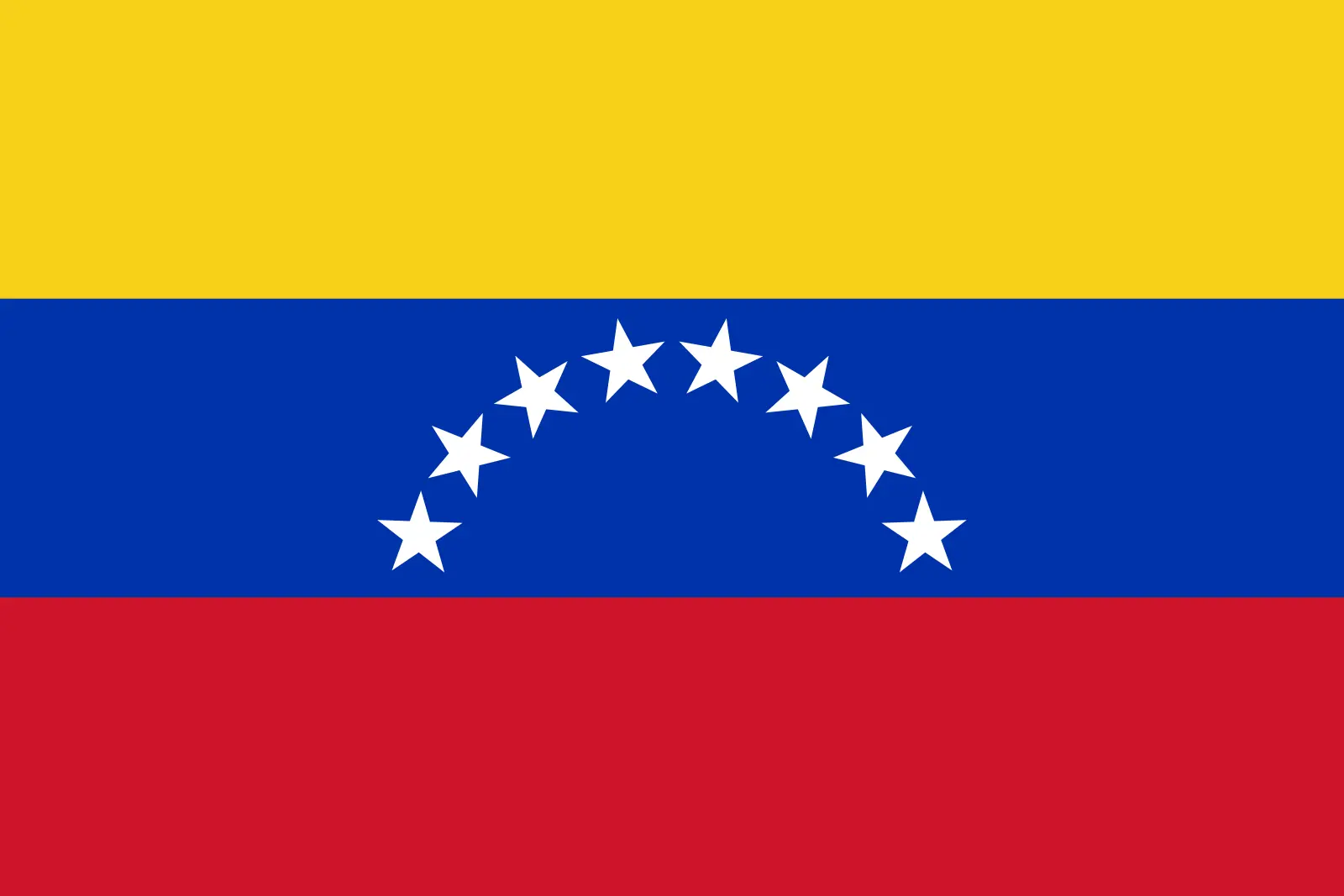 Venezuela (Bolivarian Republic of) (+58)
Venezuela (Bolivarian Republic of) (+58)
 Vietnam (+84)
Vietnam (+84)
 Wallis and Futuna (+681)
Wallis and Futuna (+681)
 Western Sahara (+212)
Western Sahara (+212)
 Yemen (+967)
Yemen (+967)
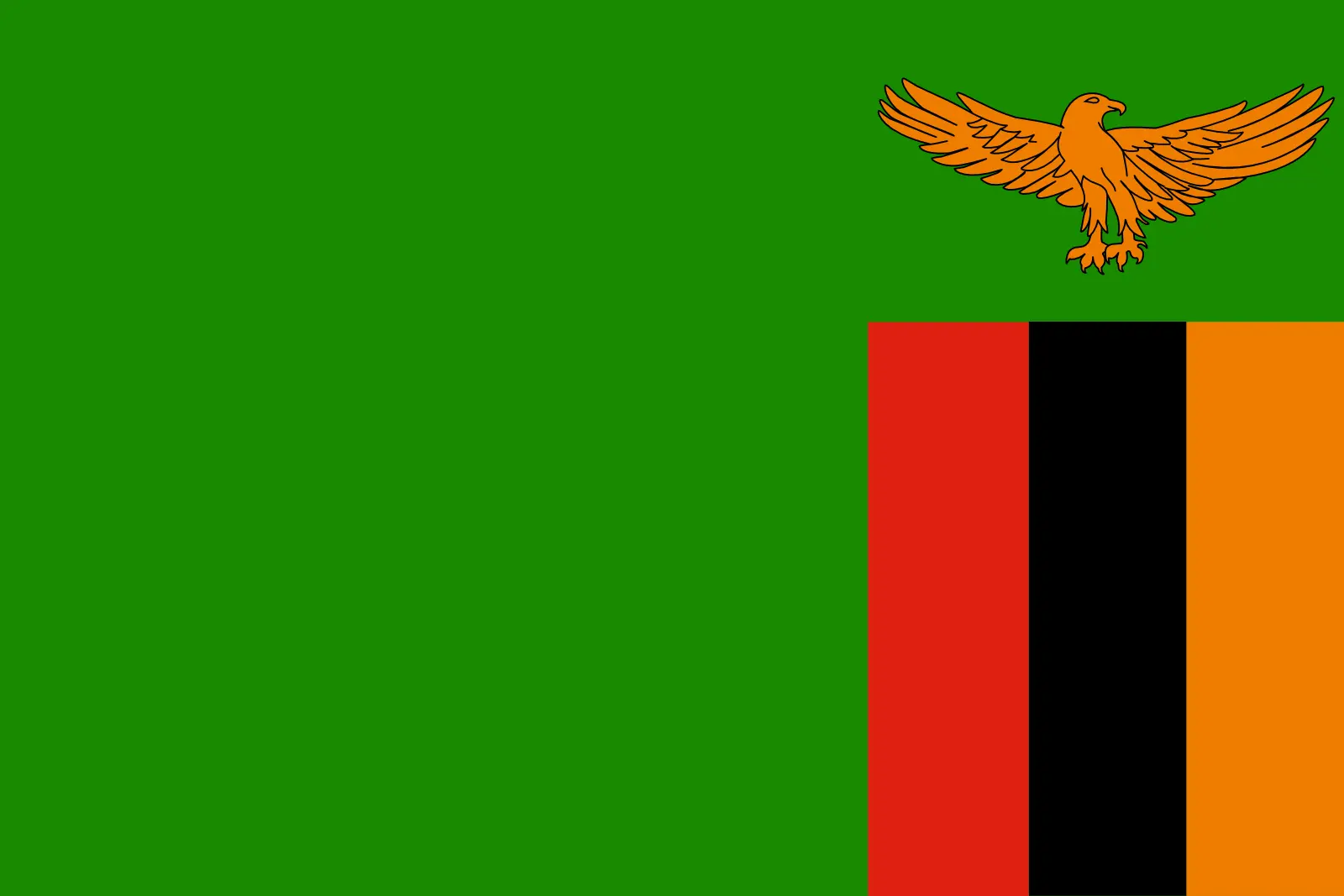 Zambia (+260)
Zambia (+260)
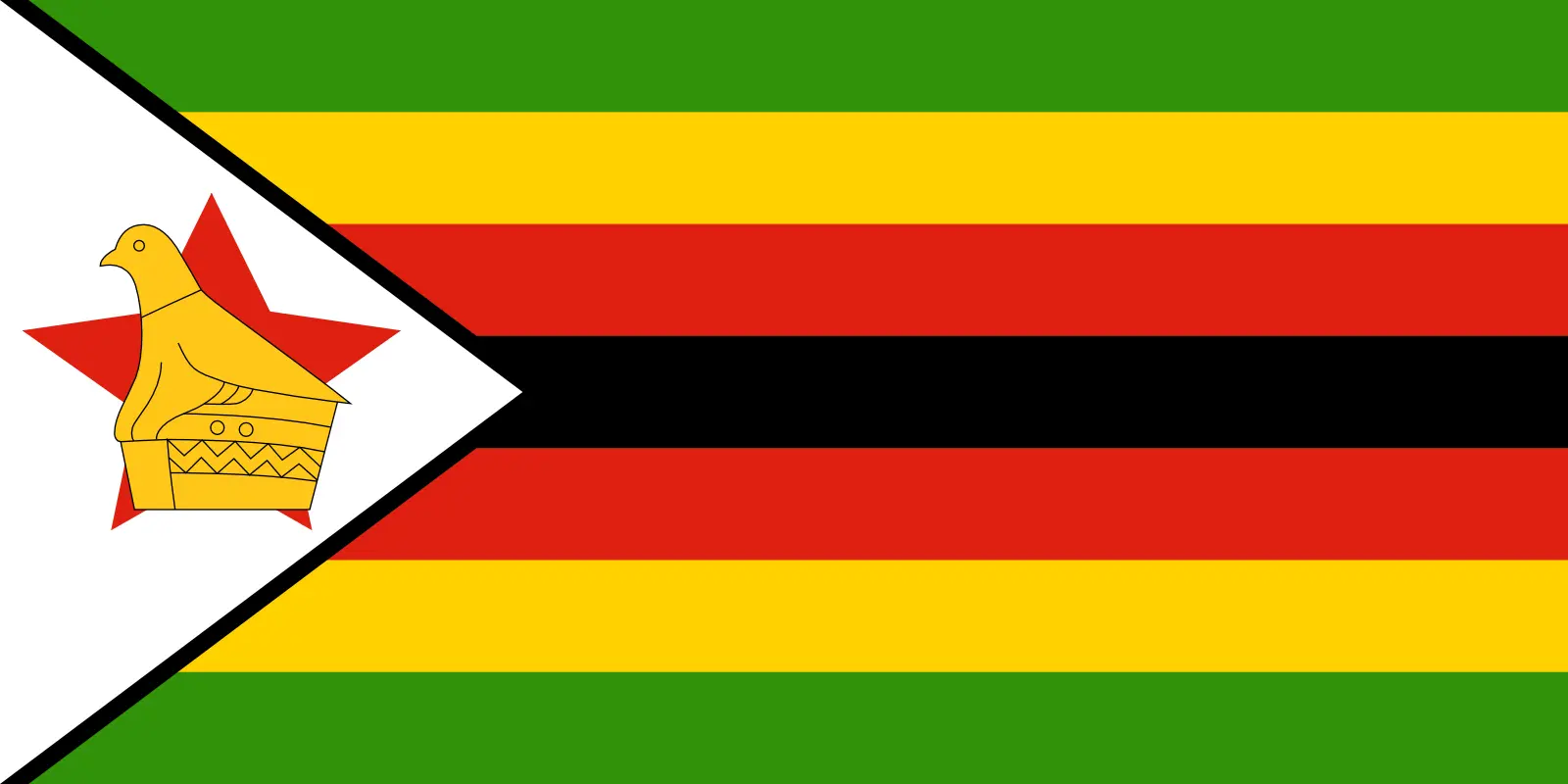 Zimbabwe (+263)
Zimbabwe (+263)
